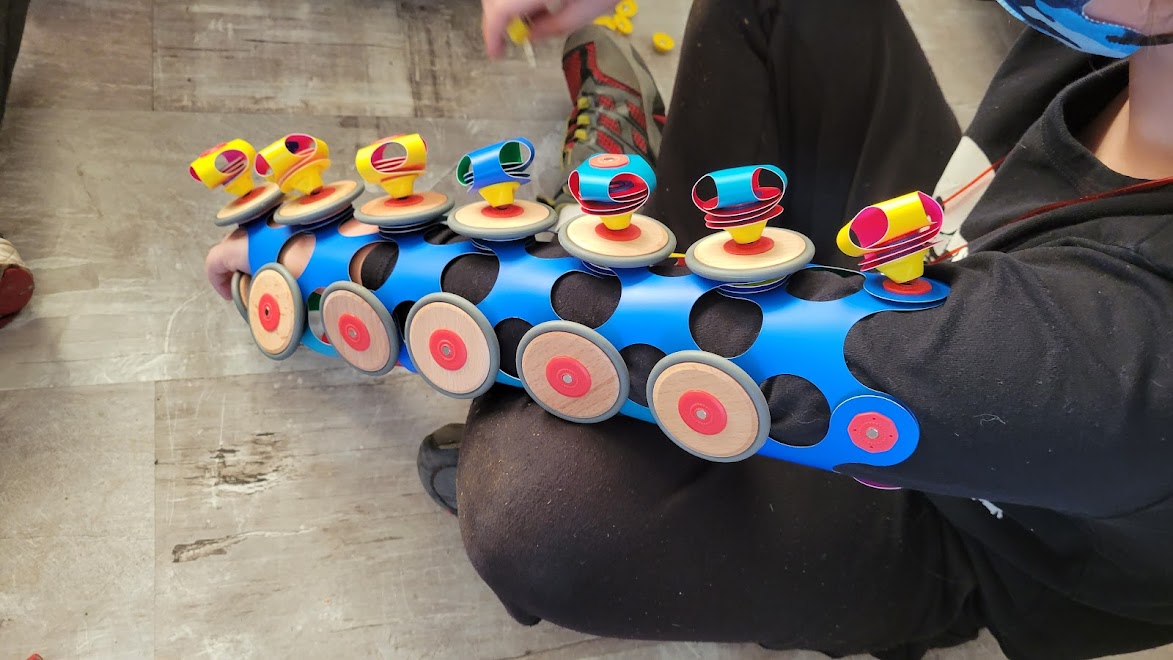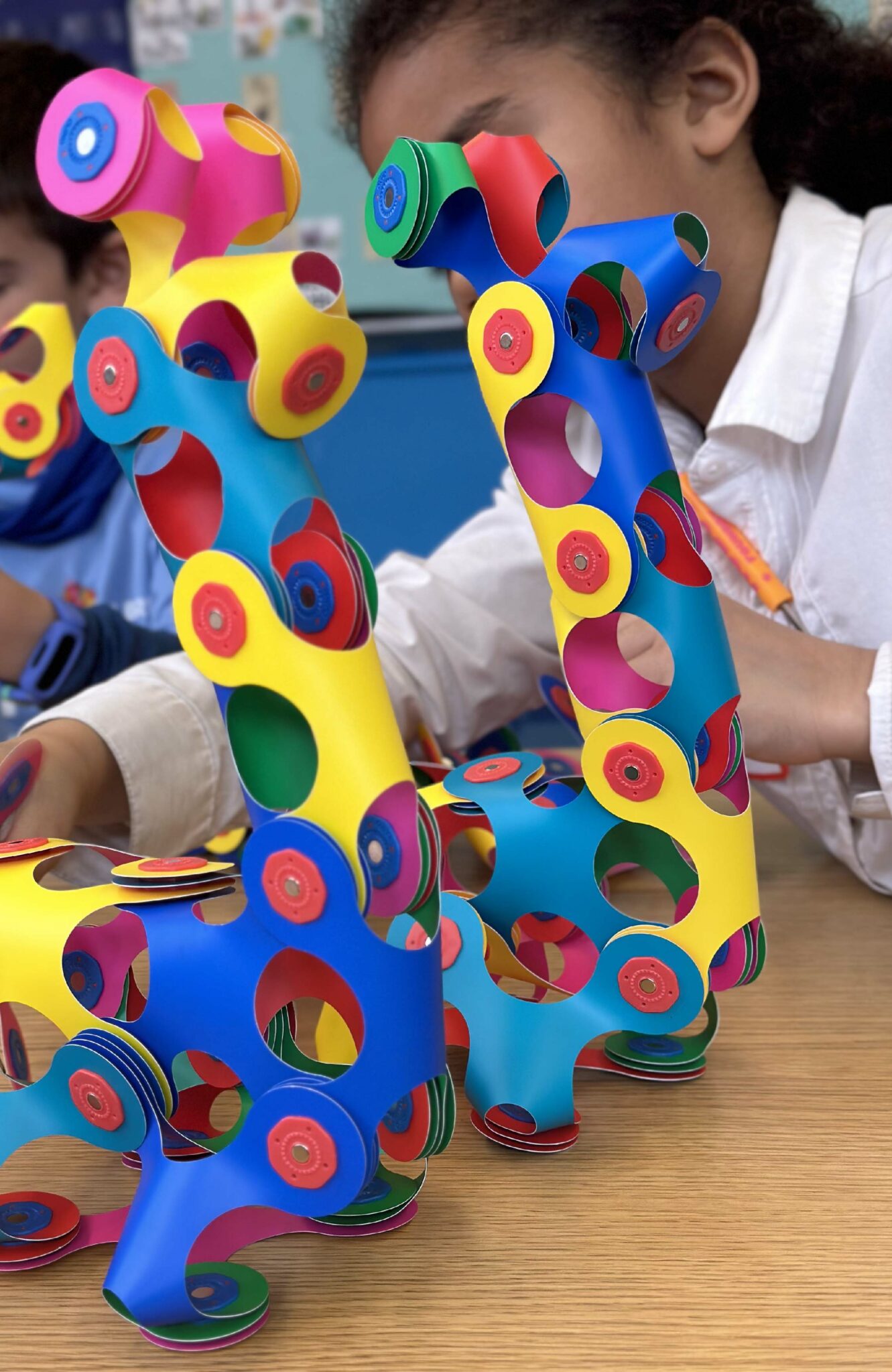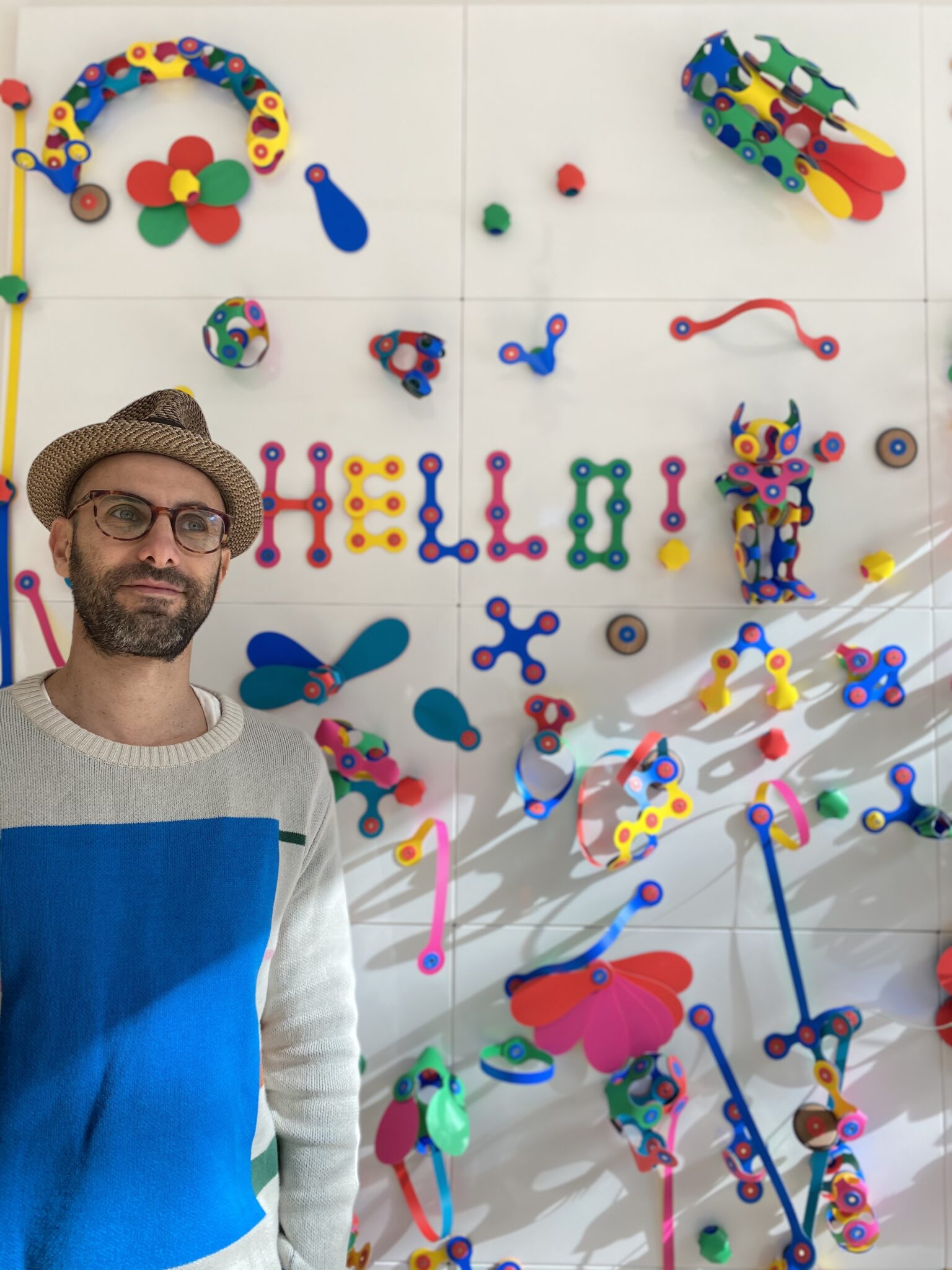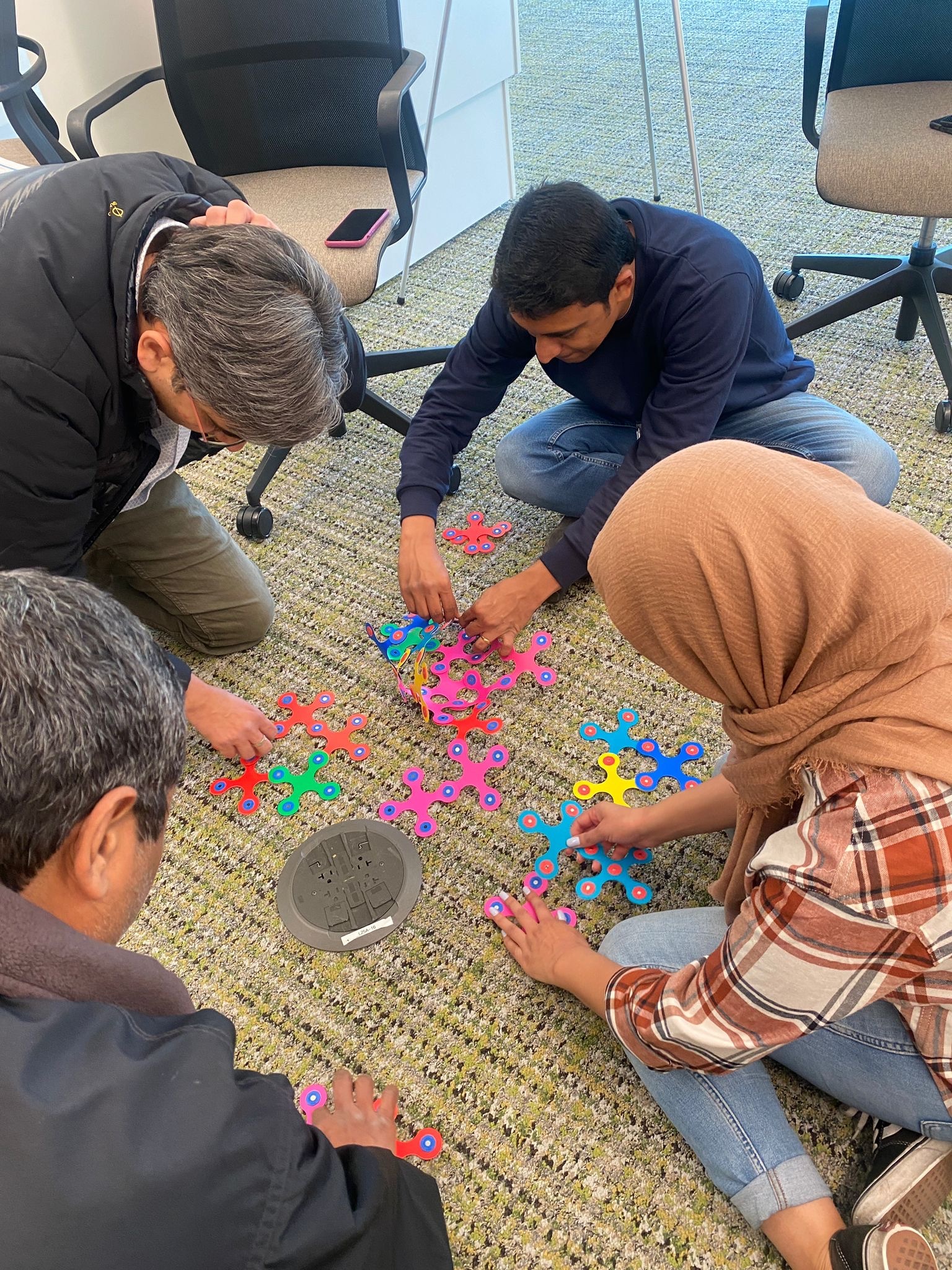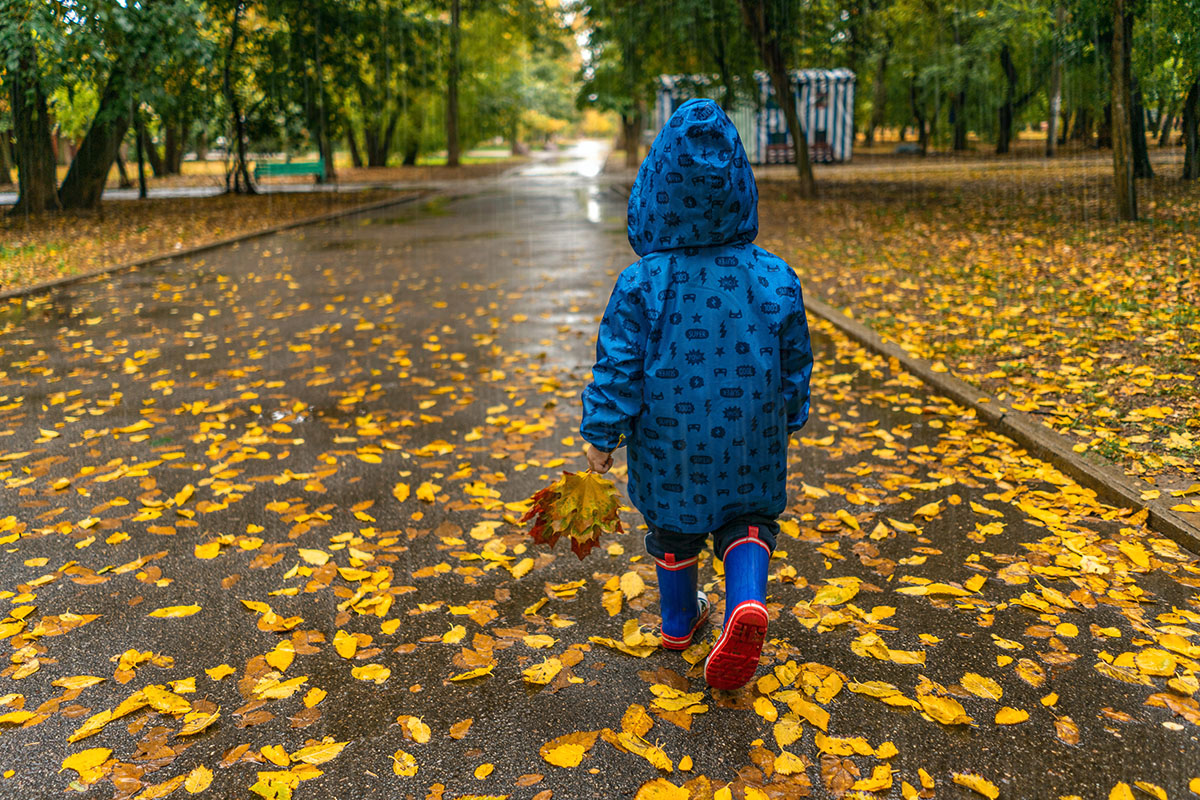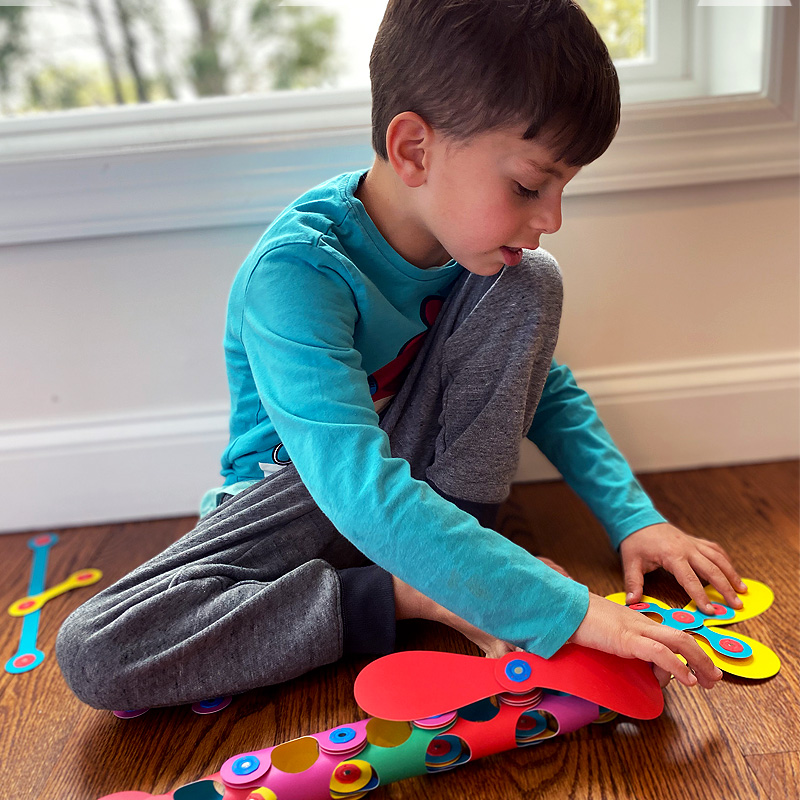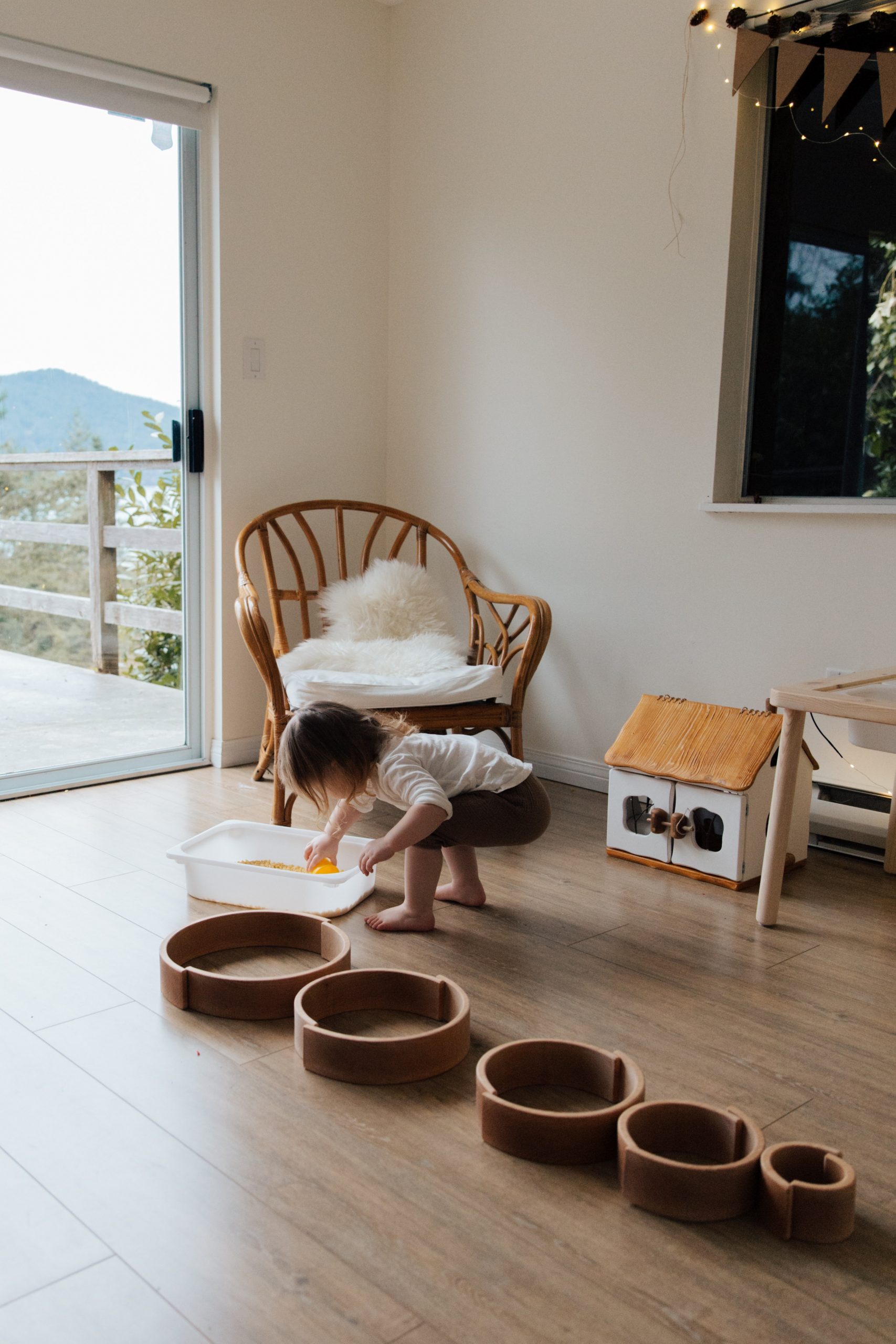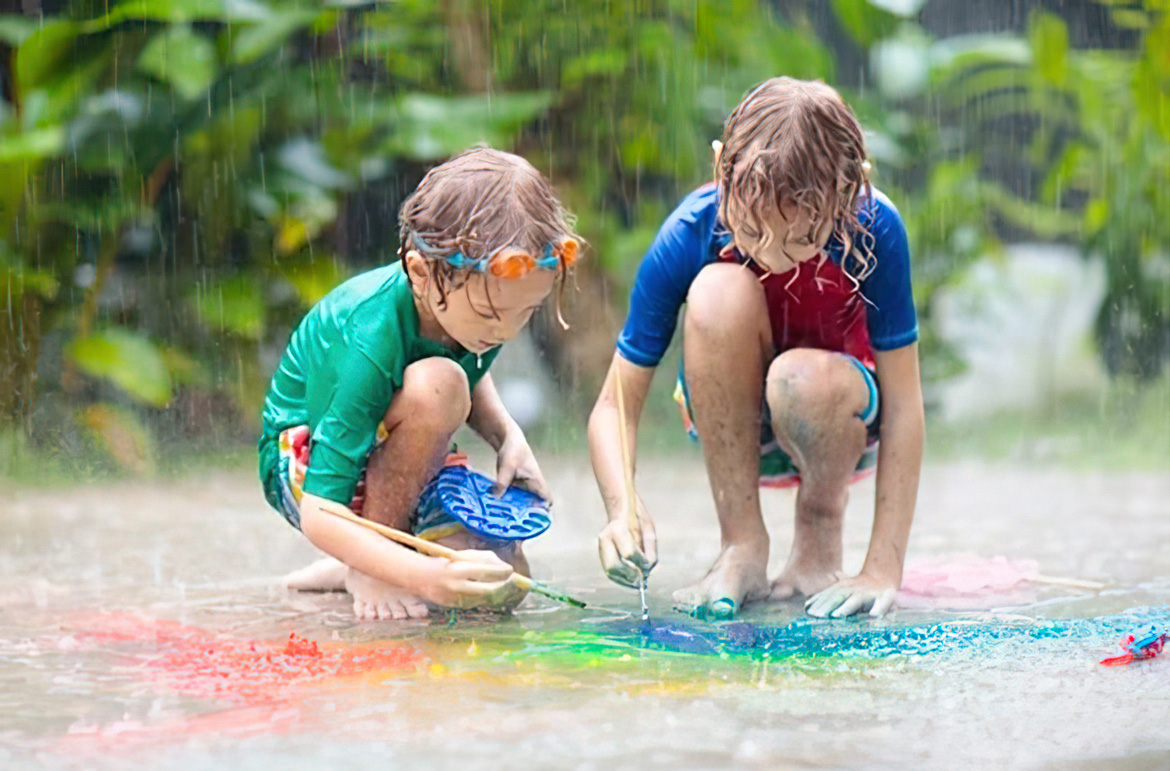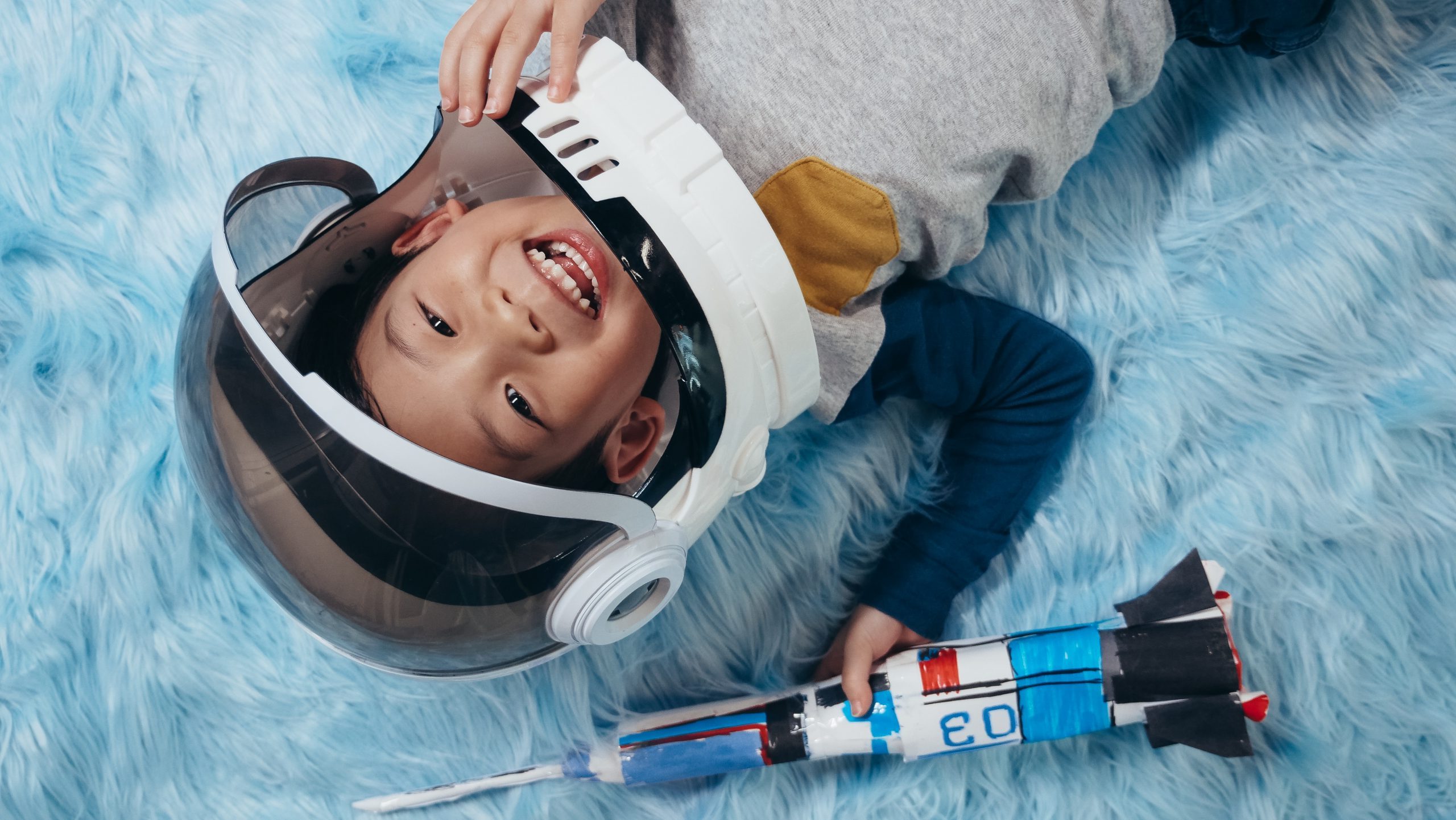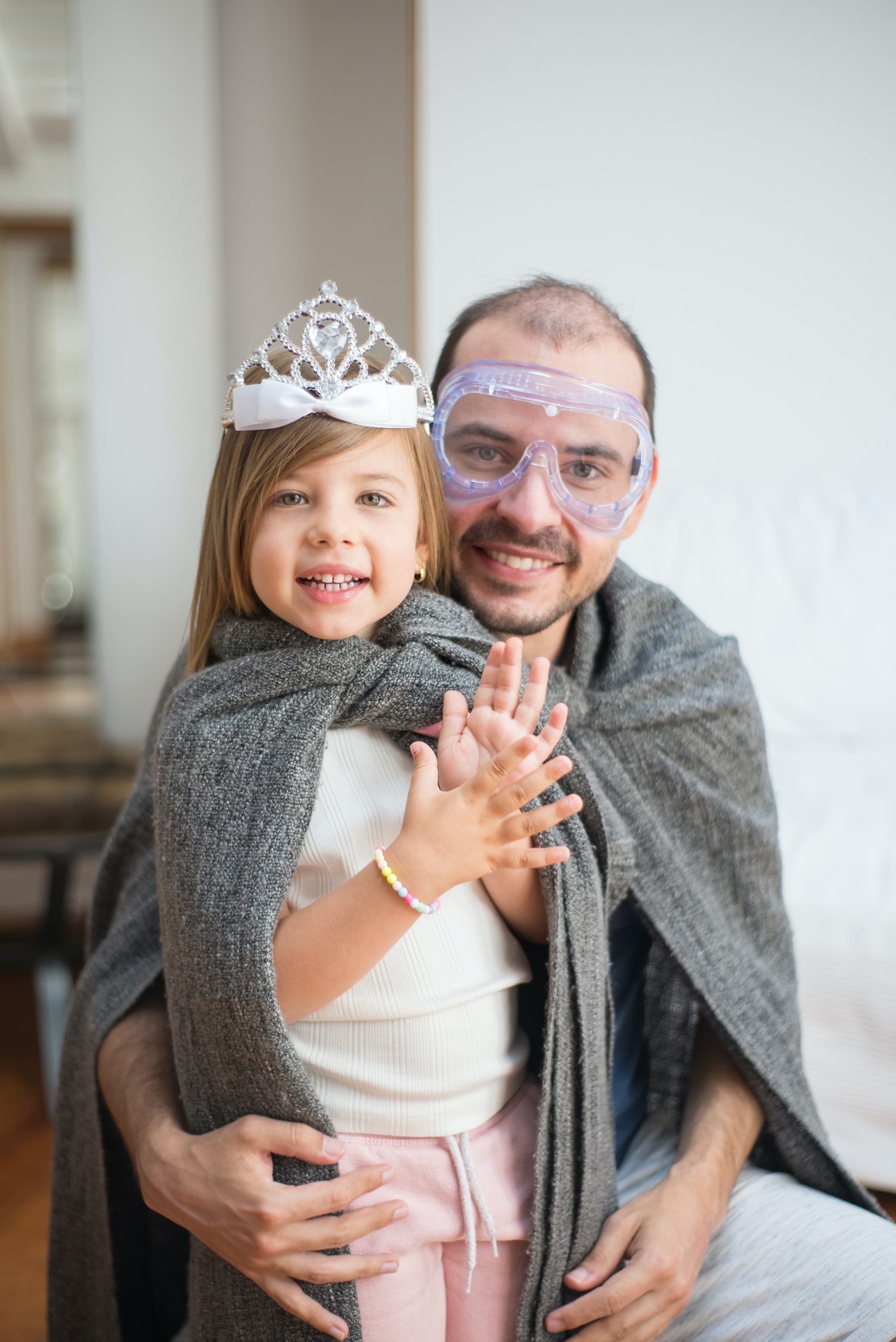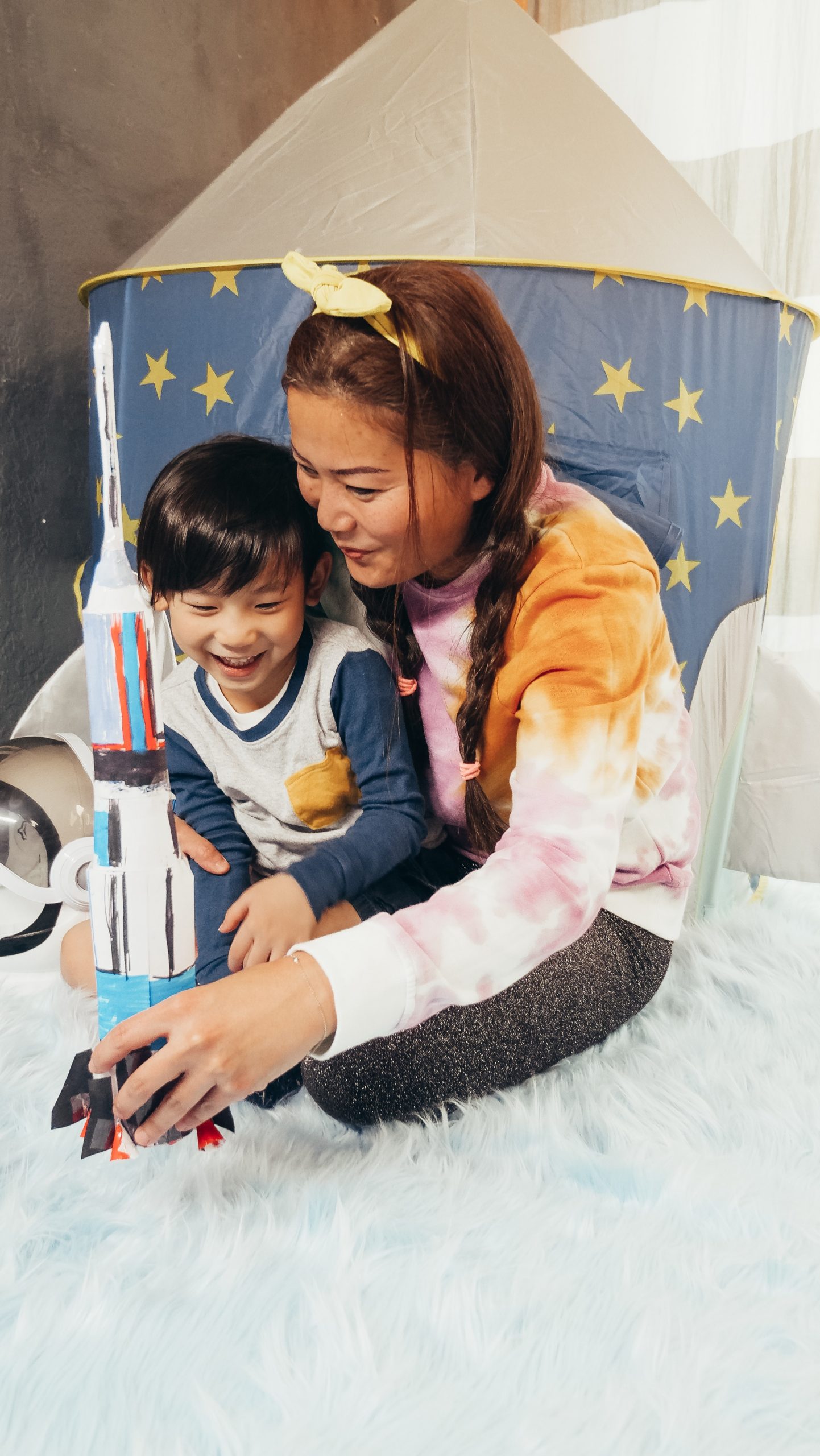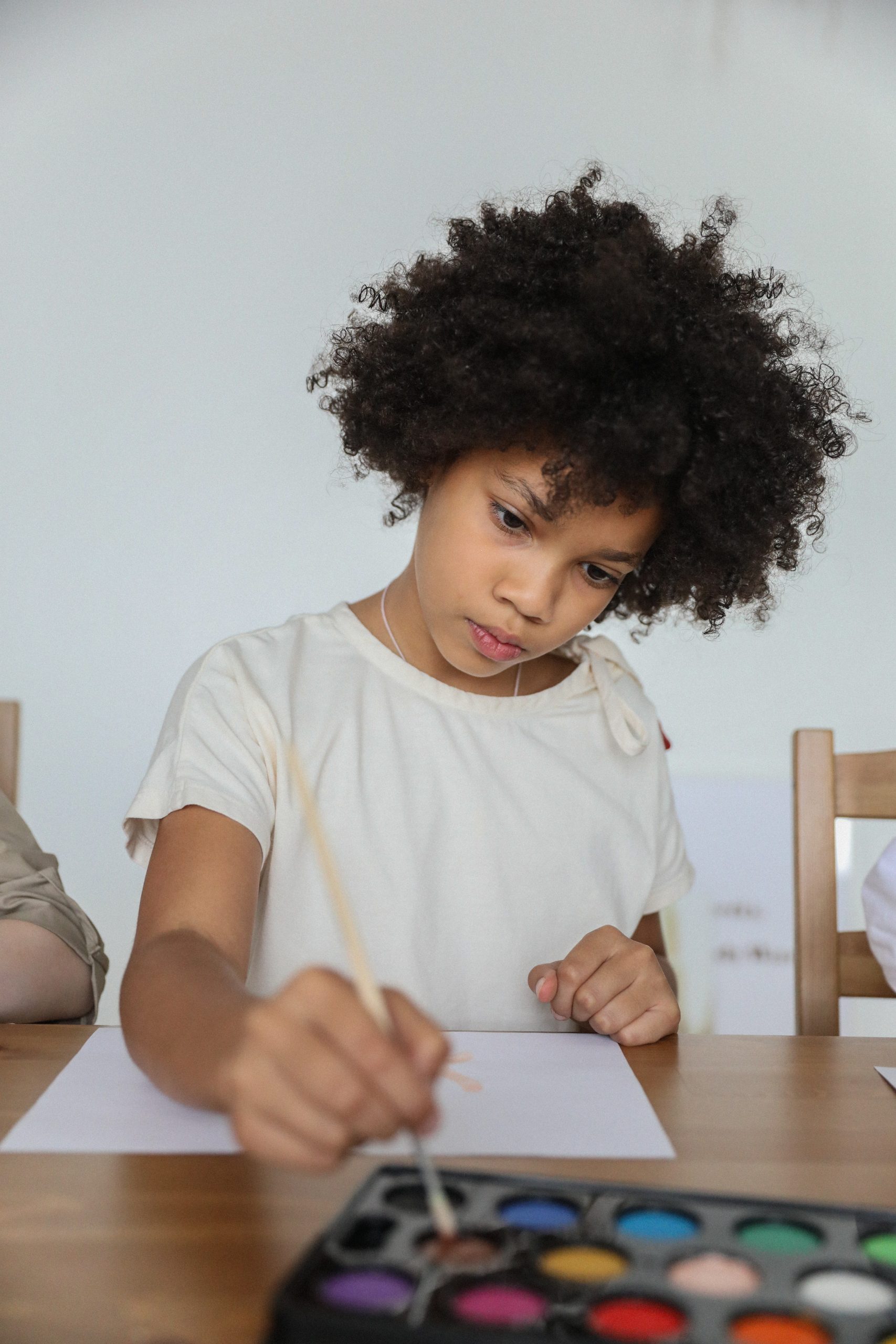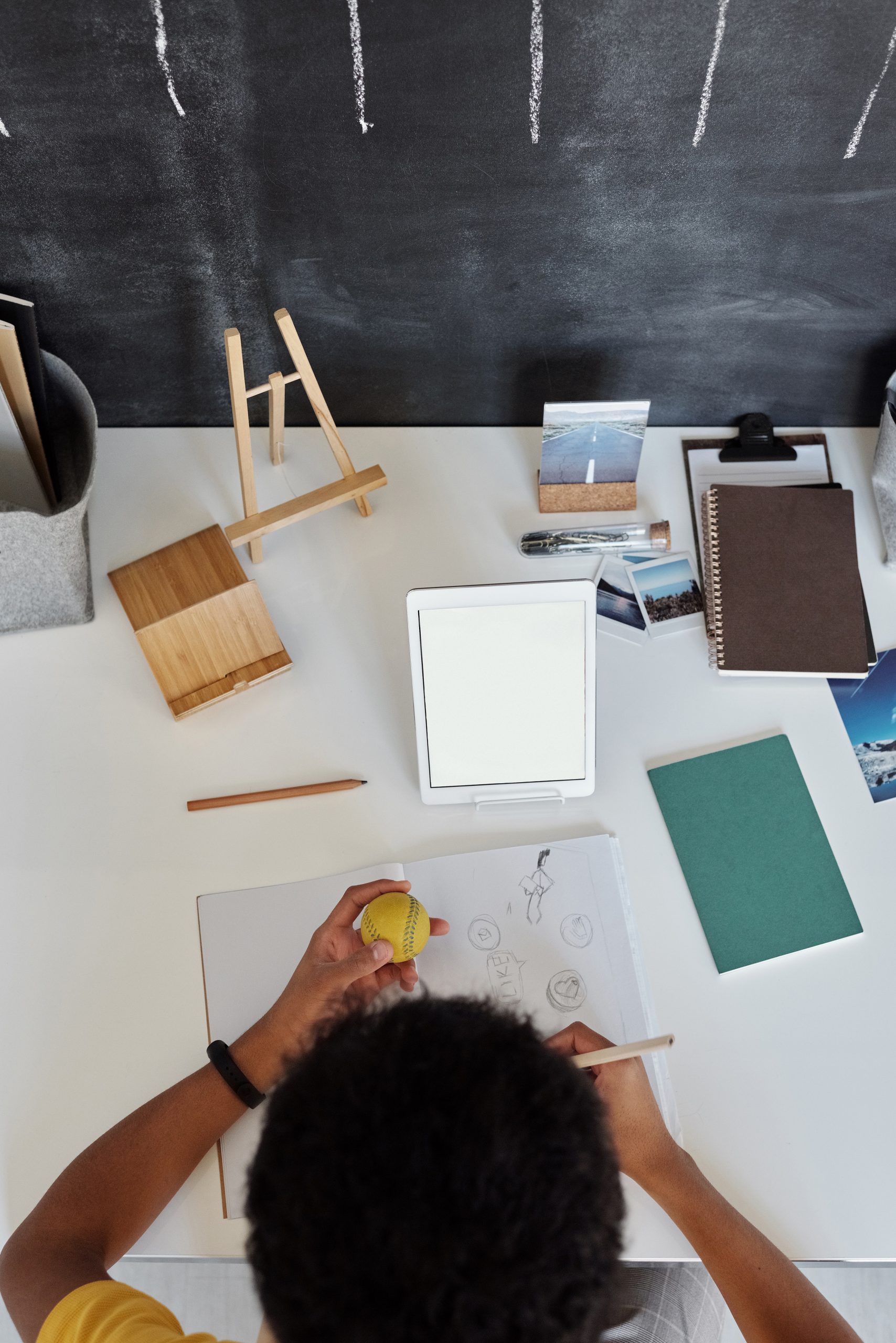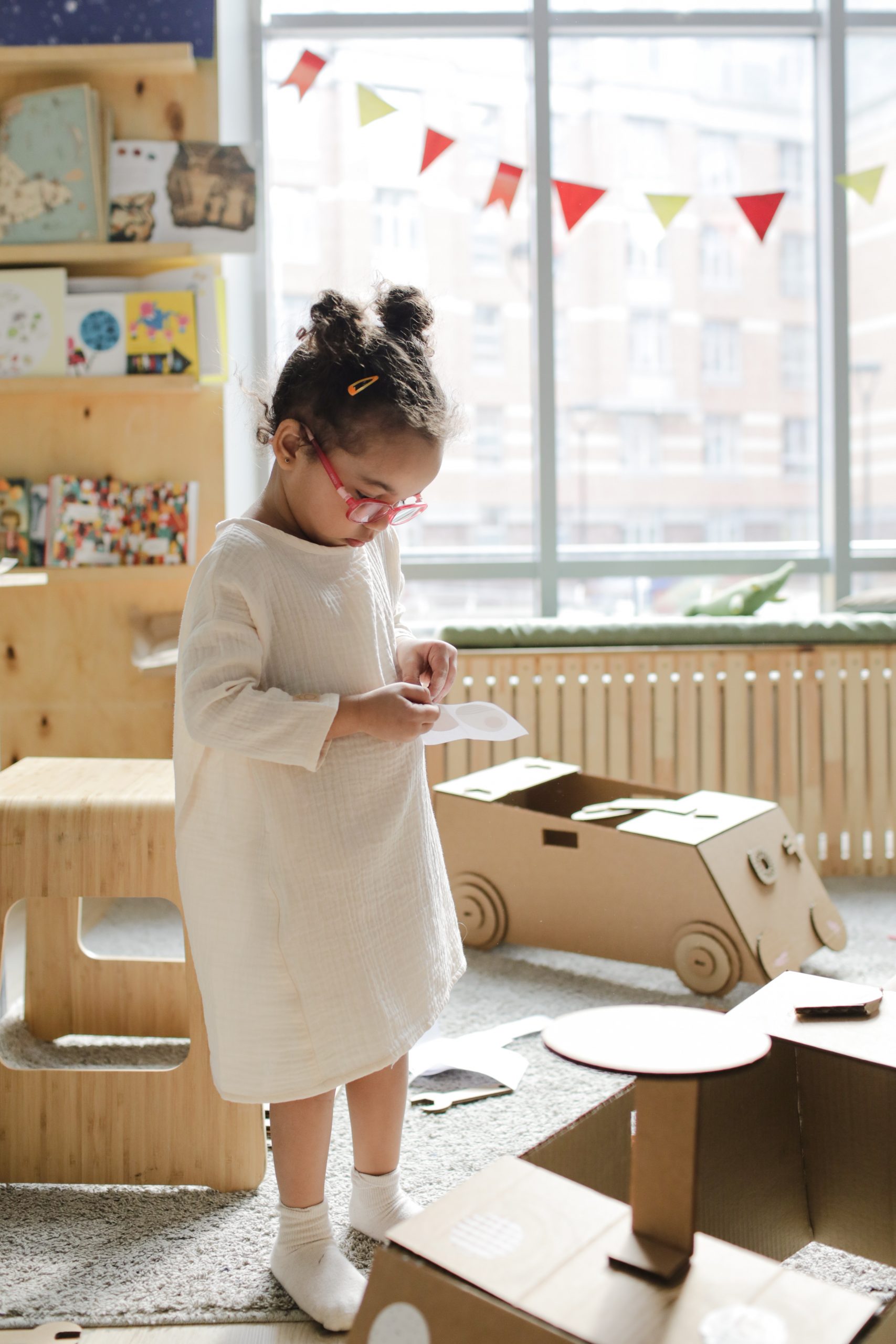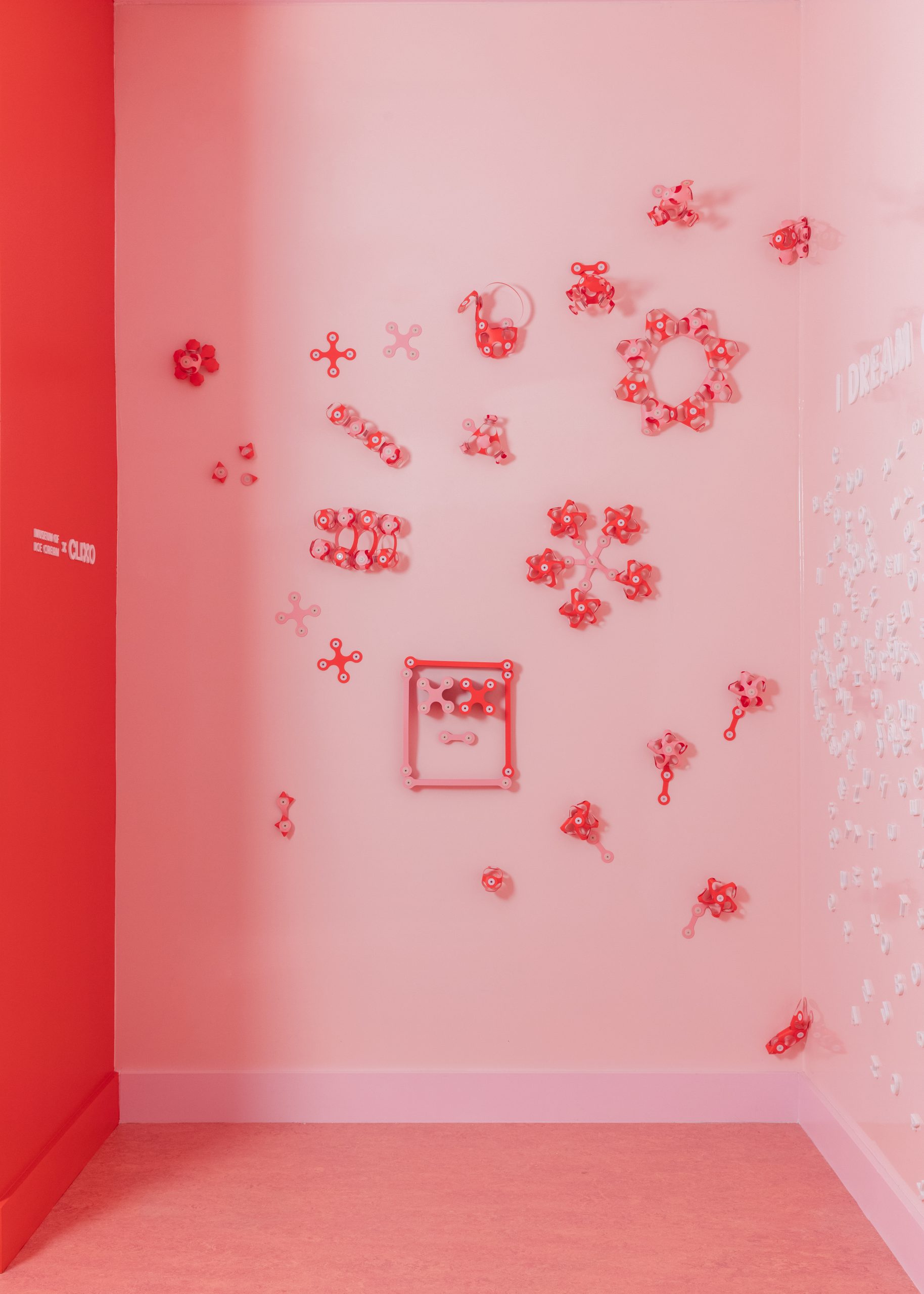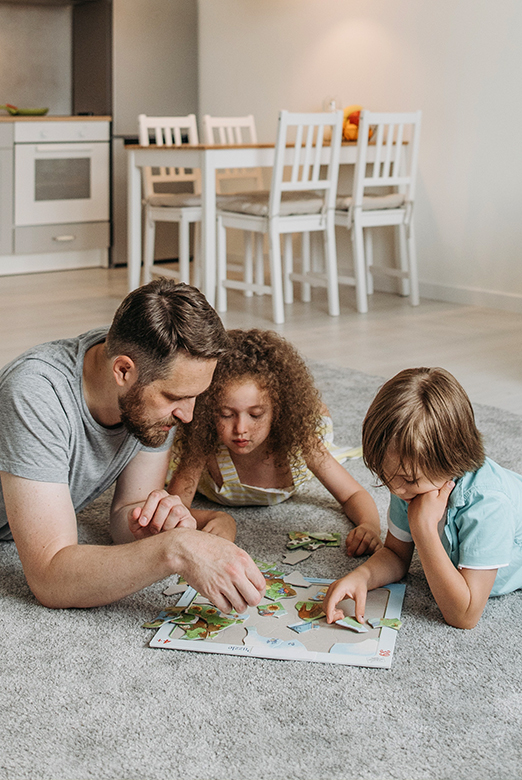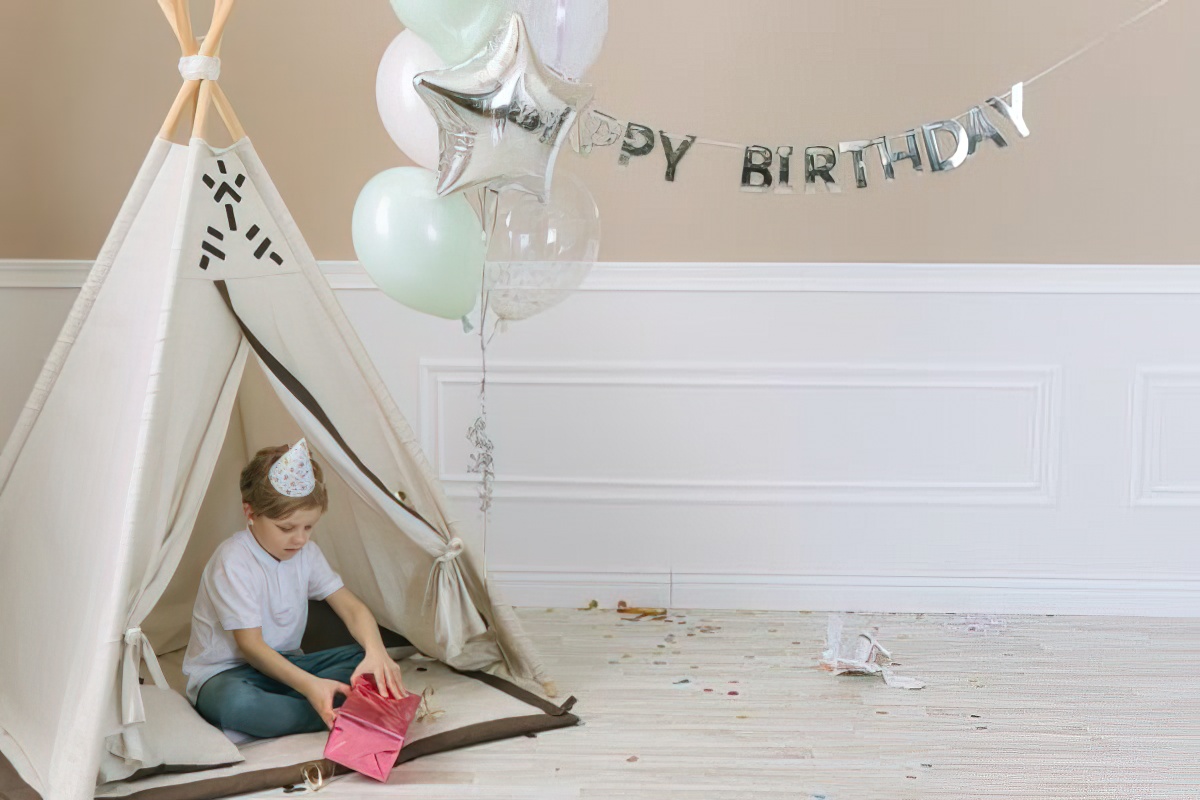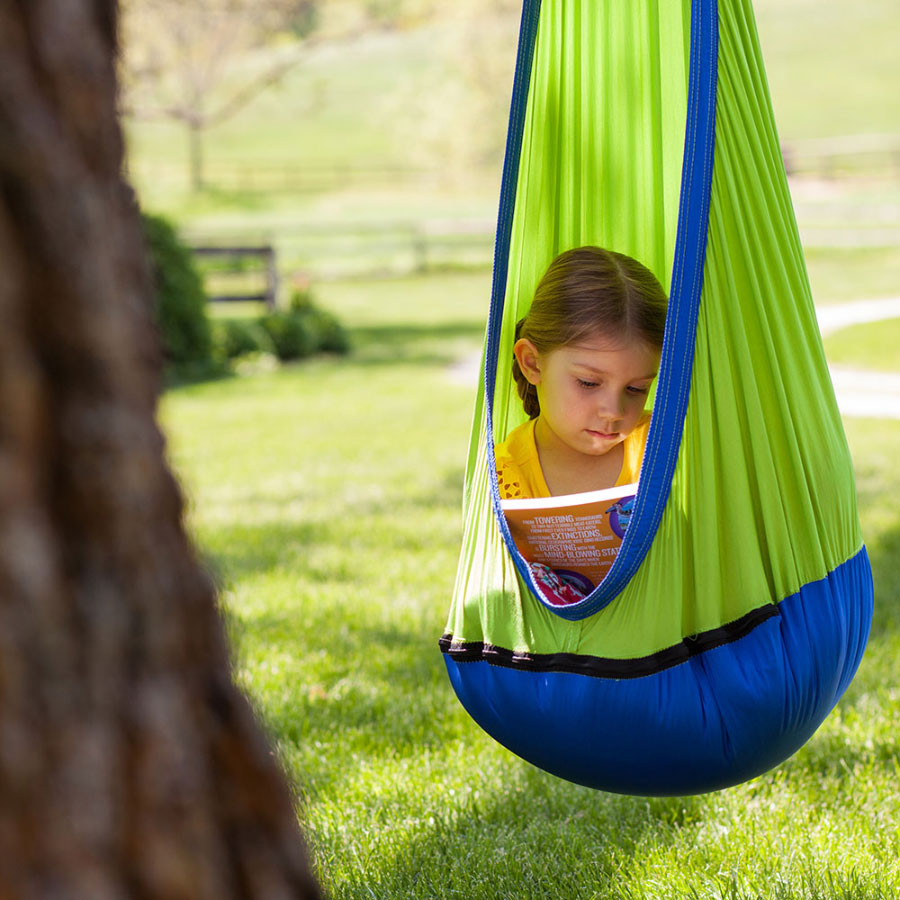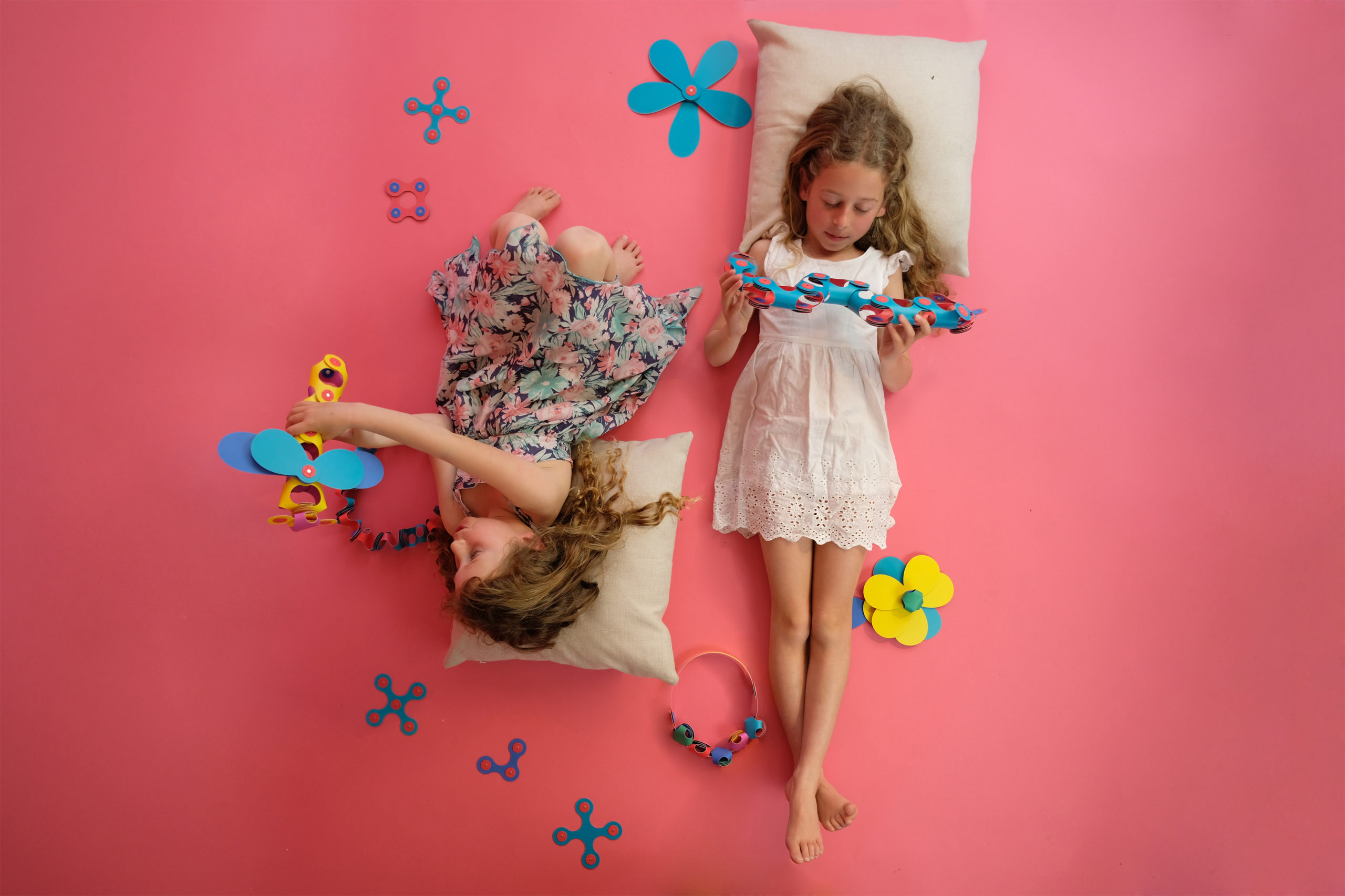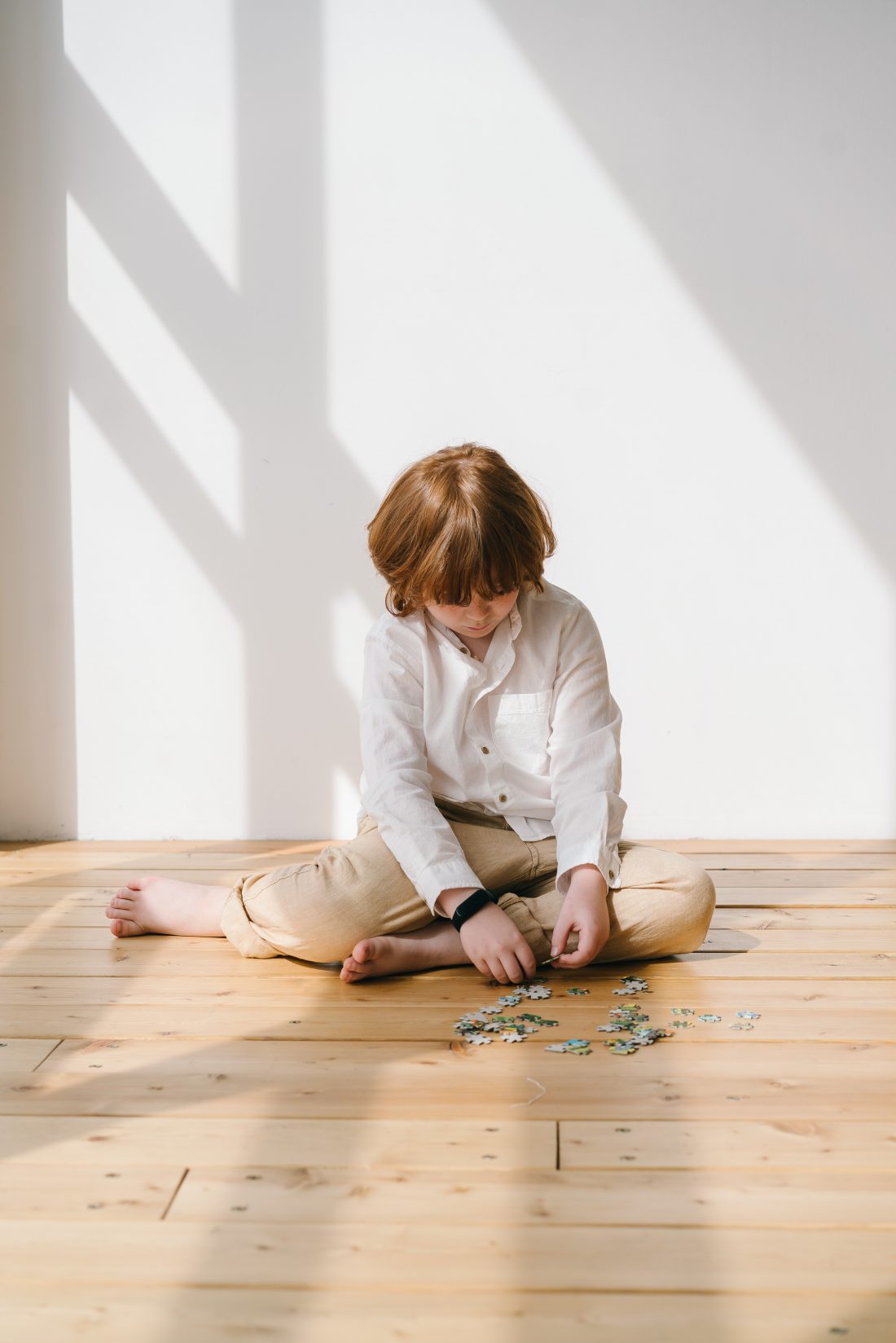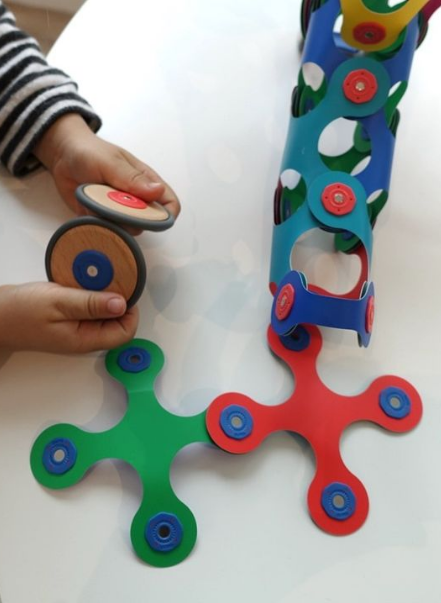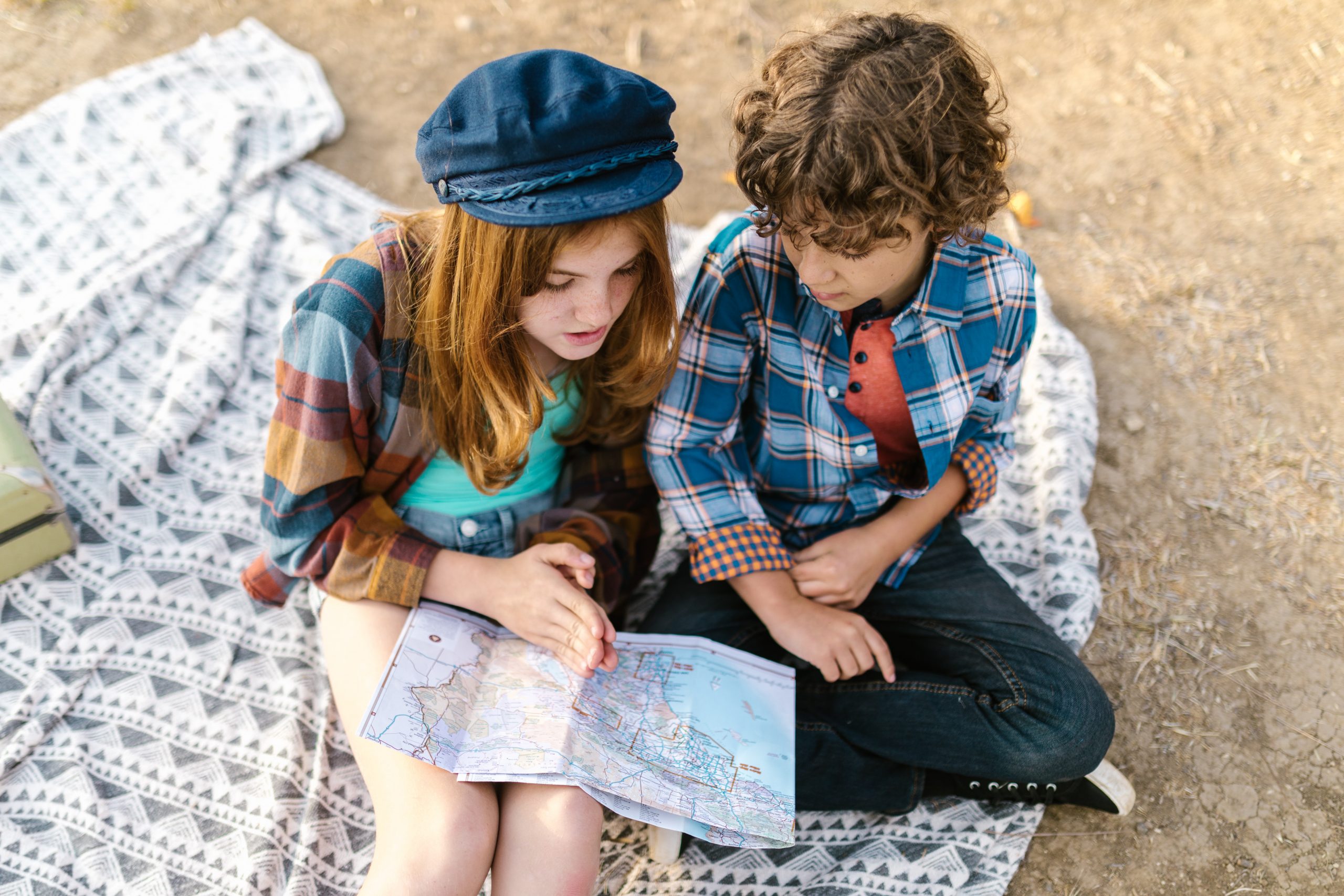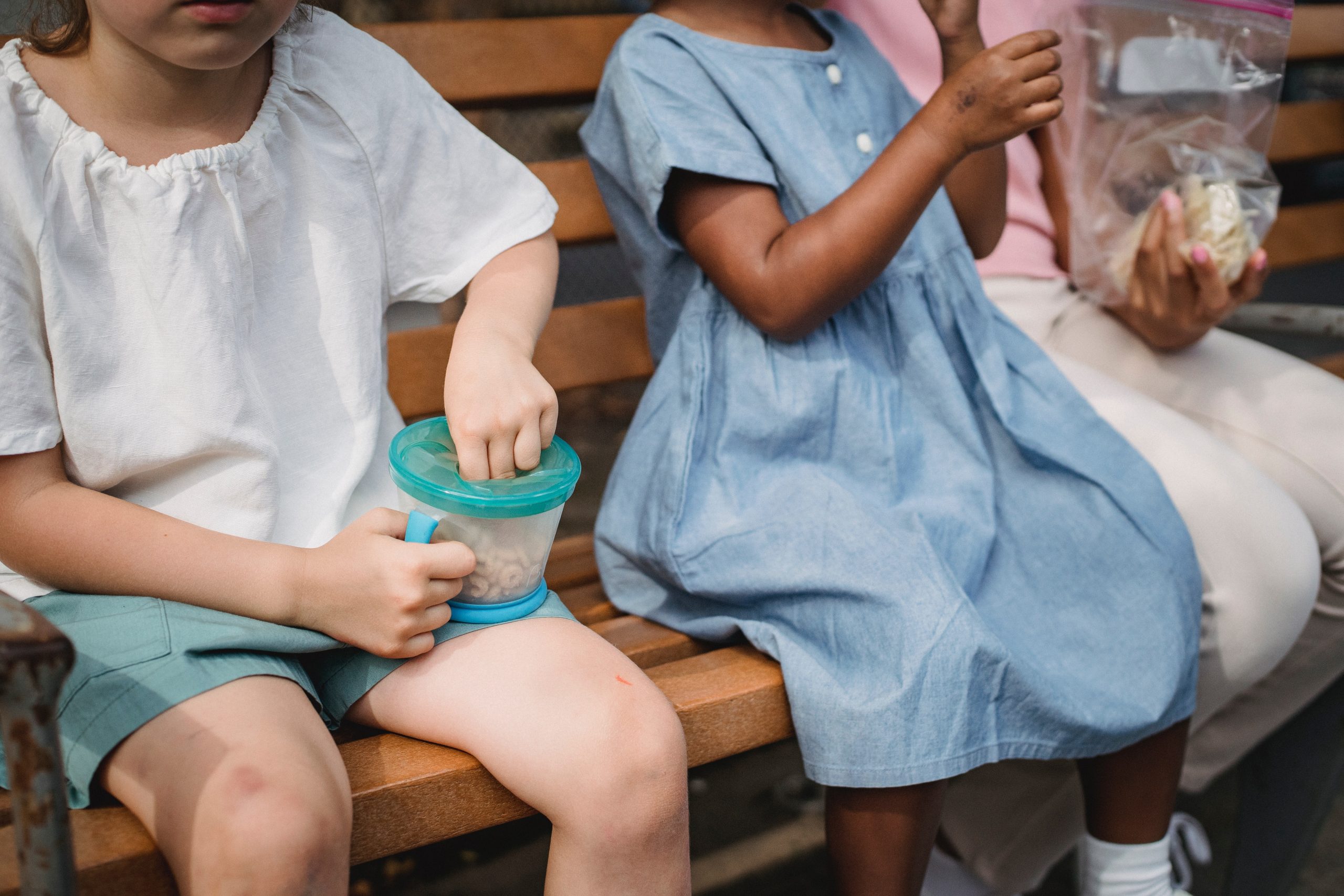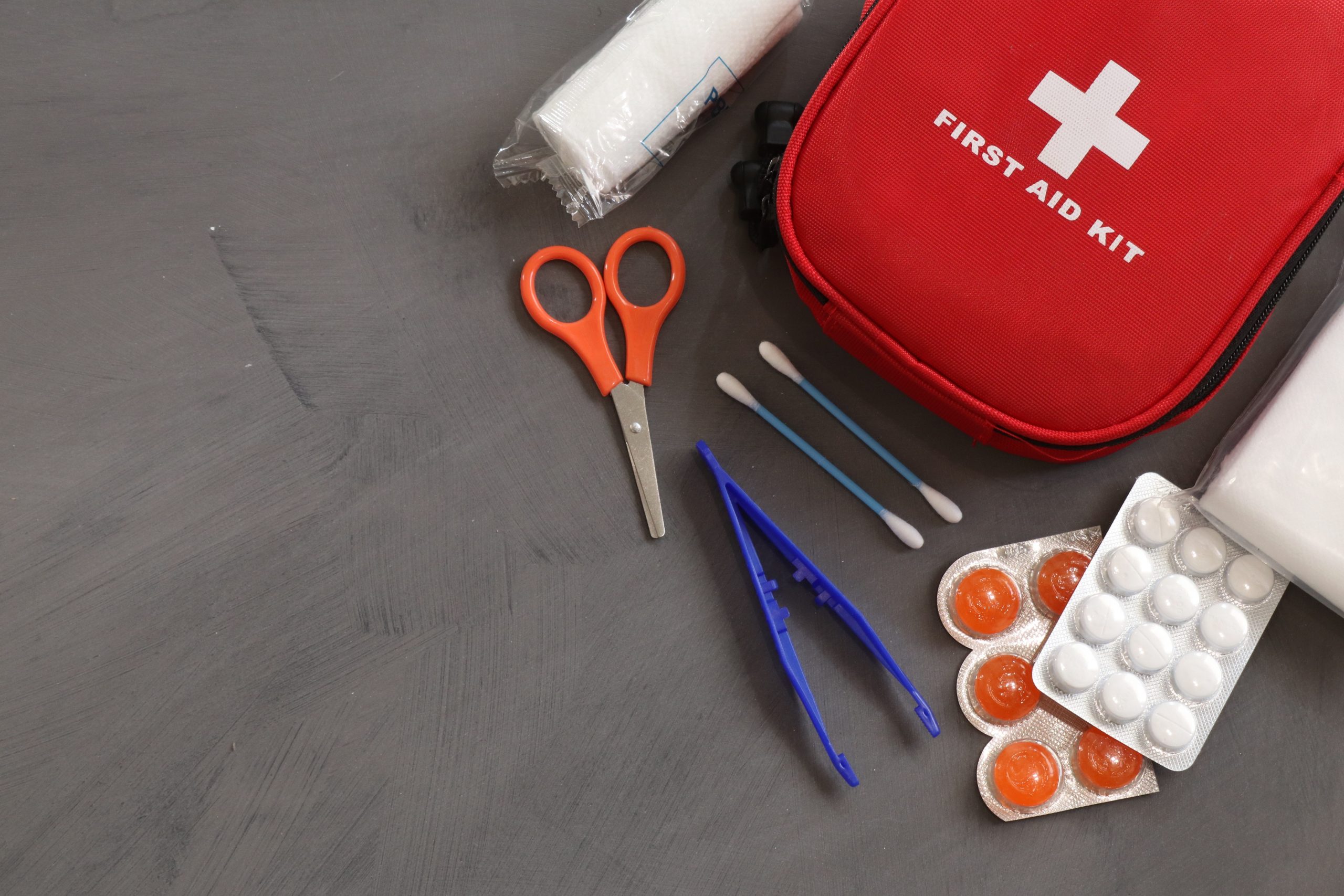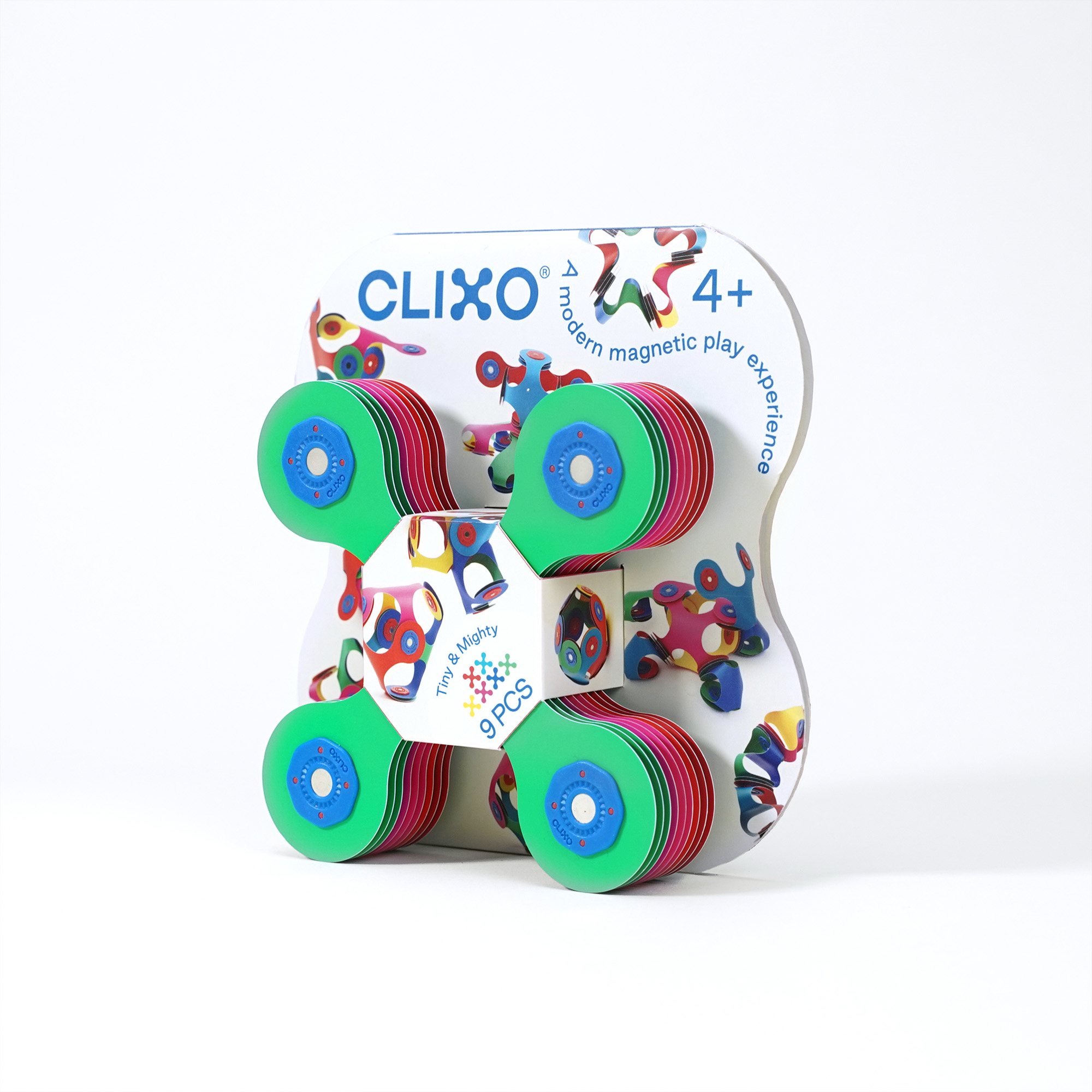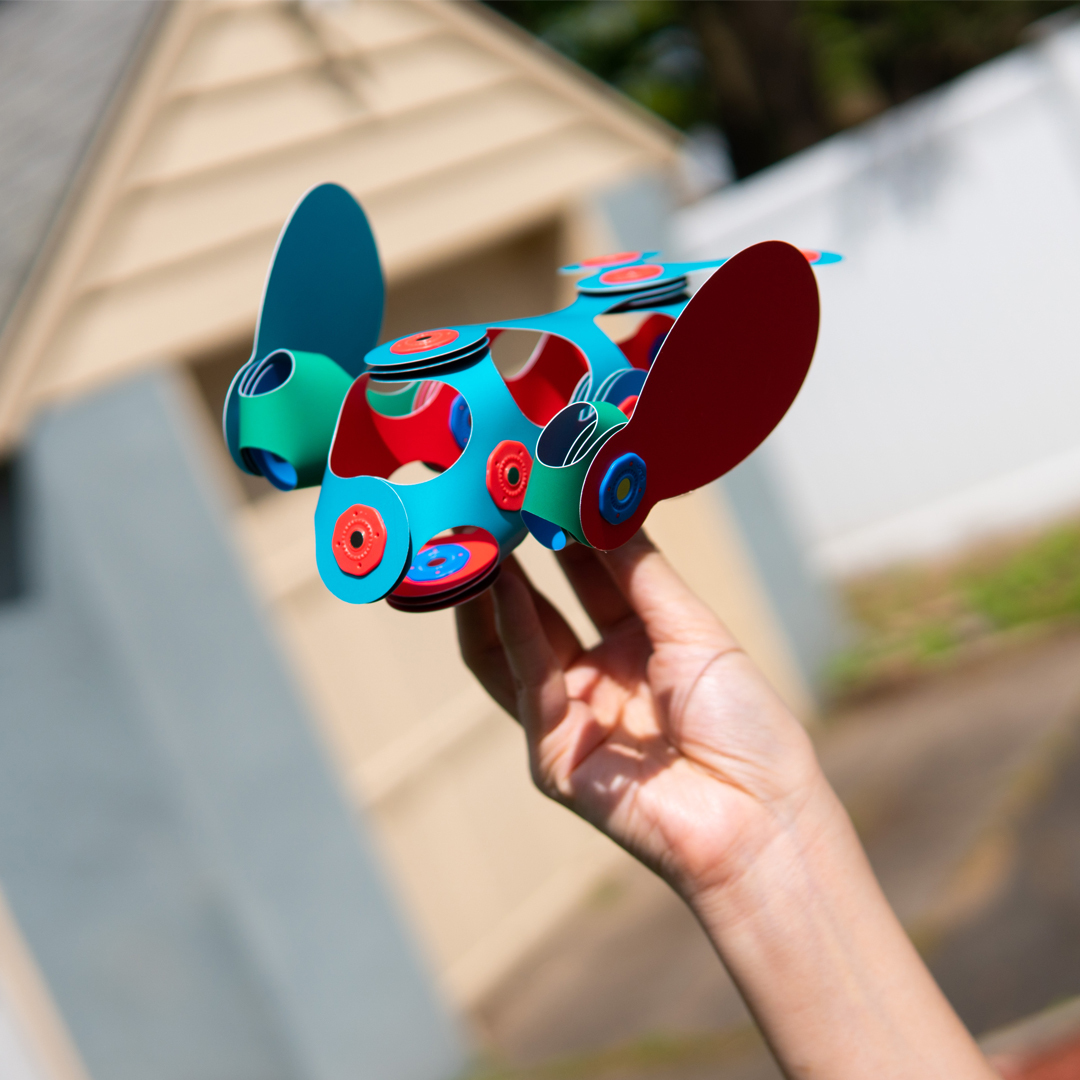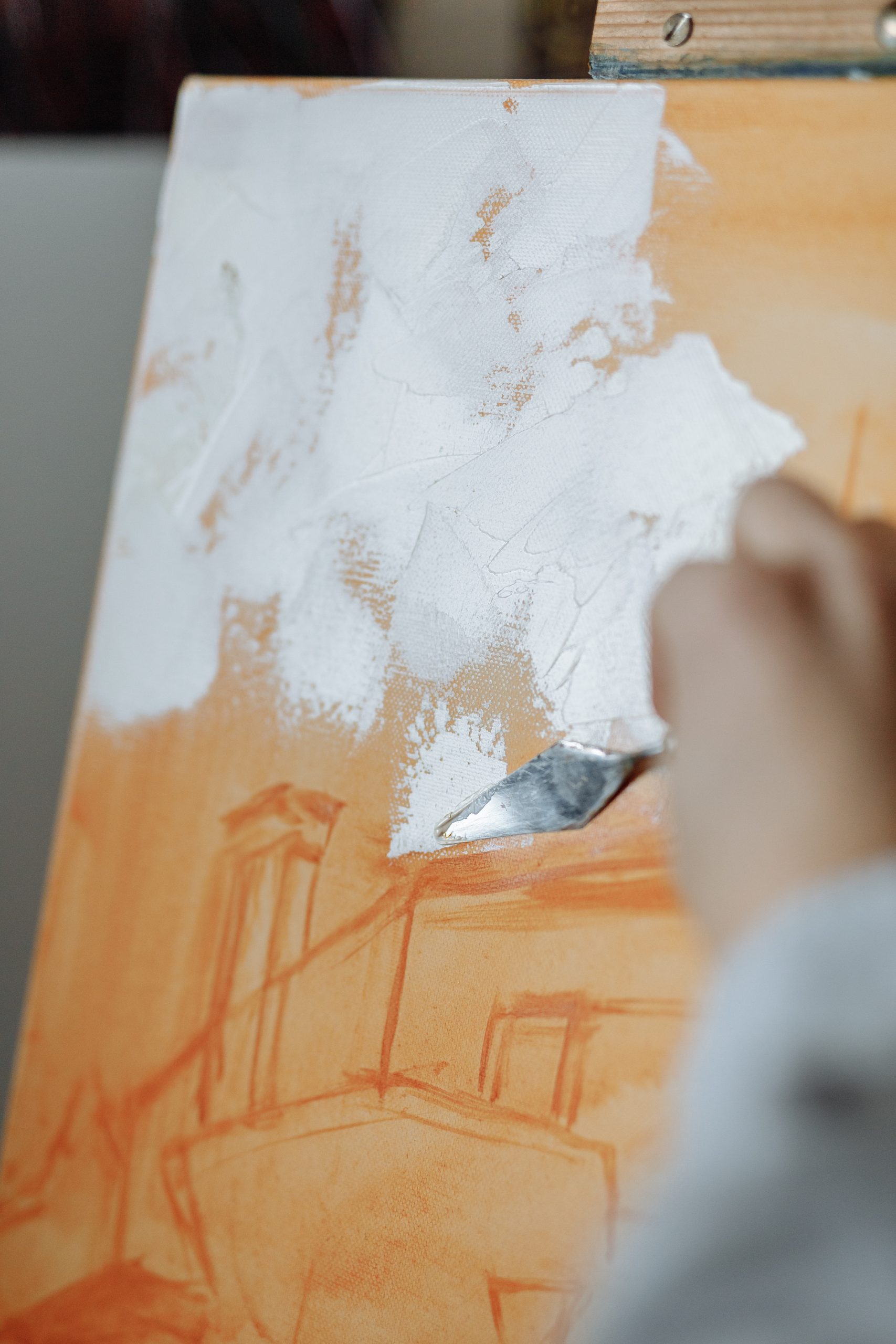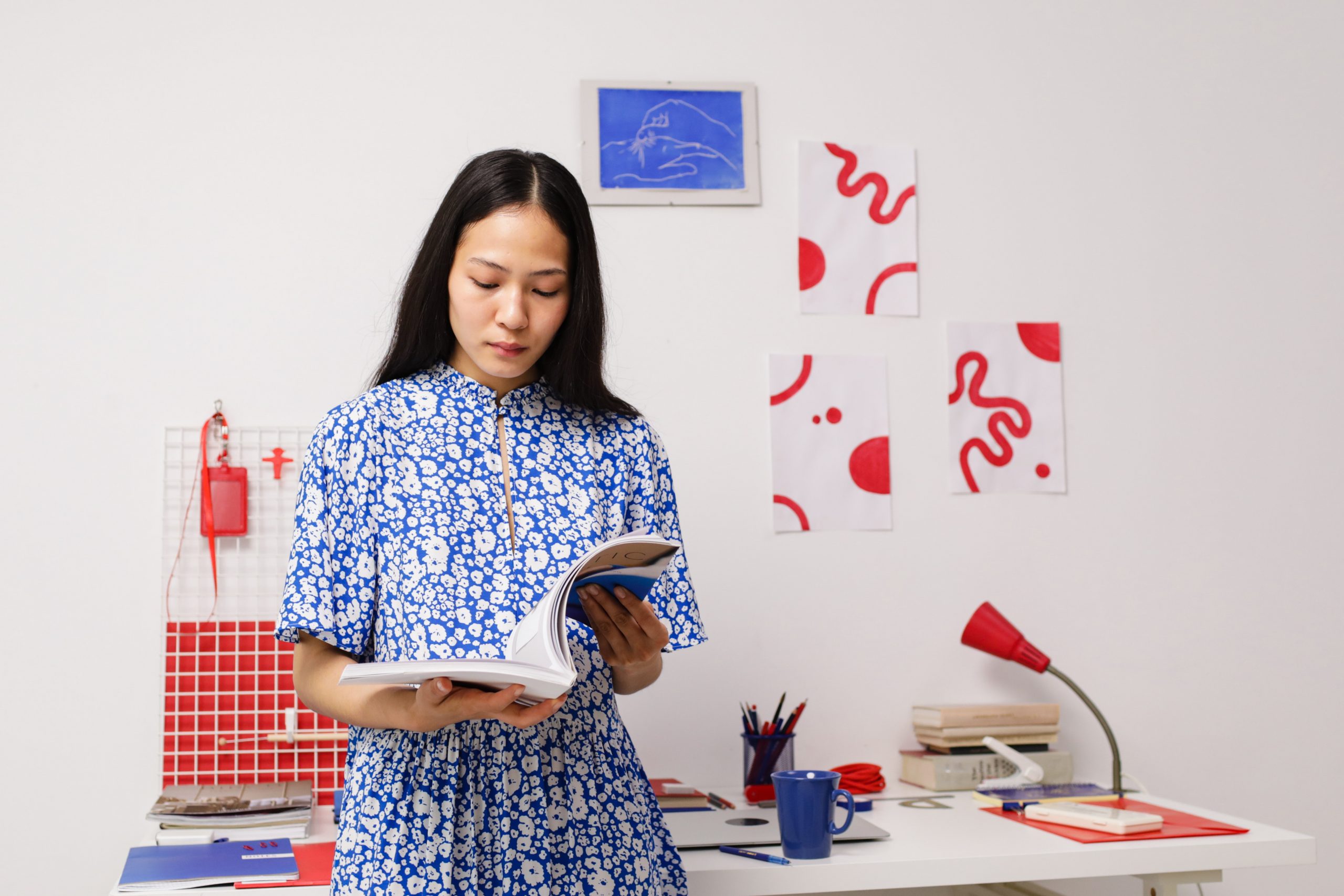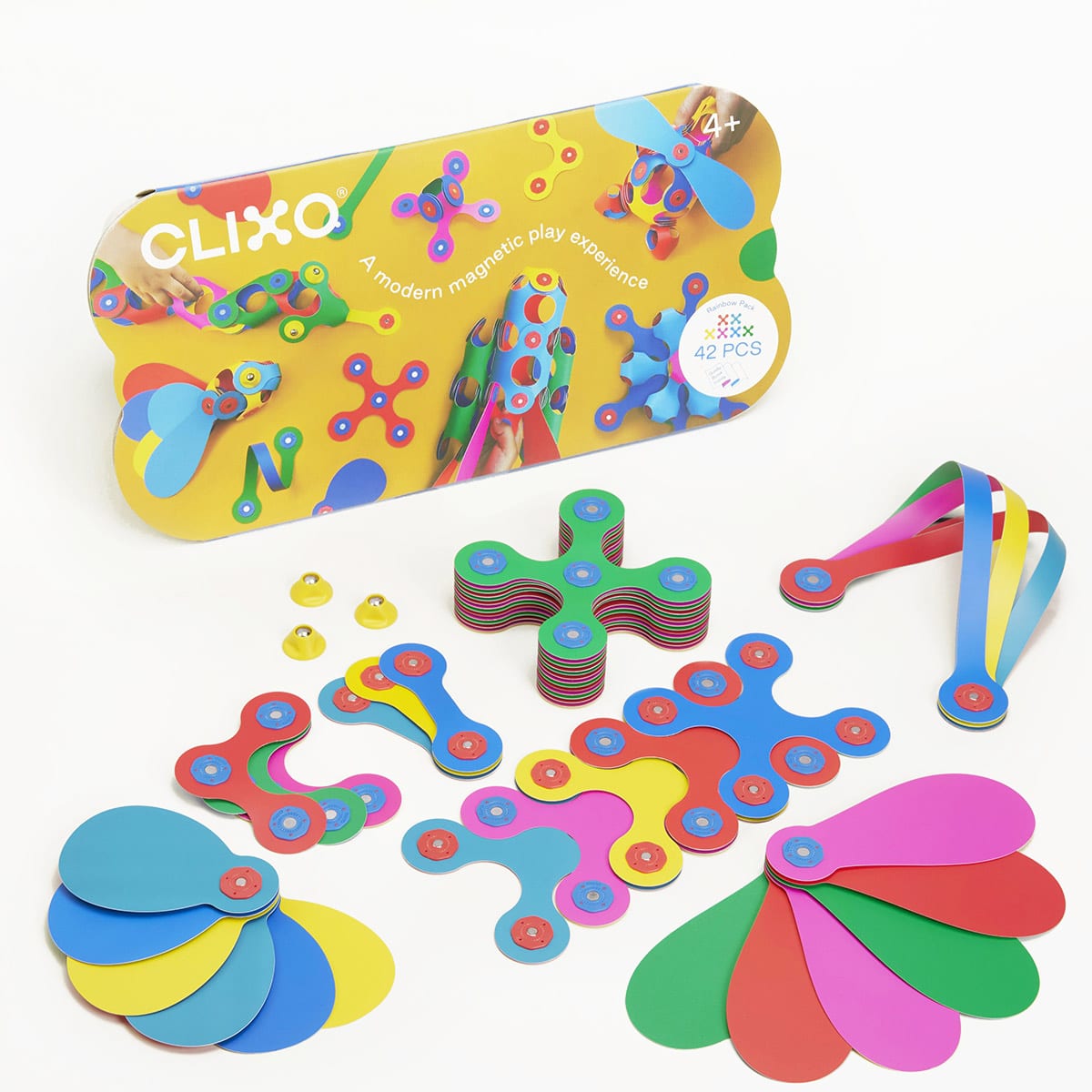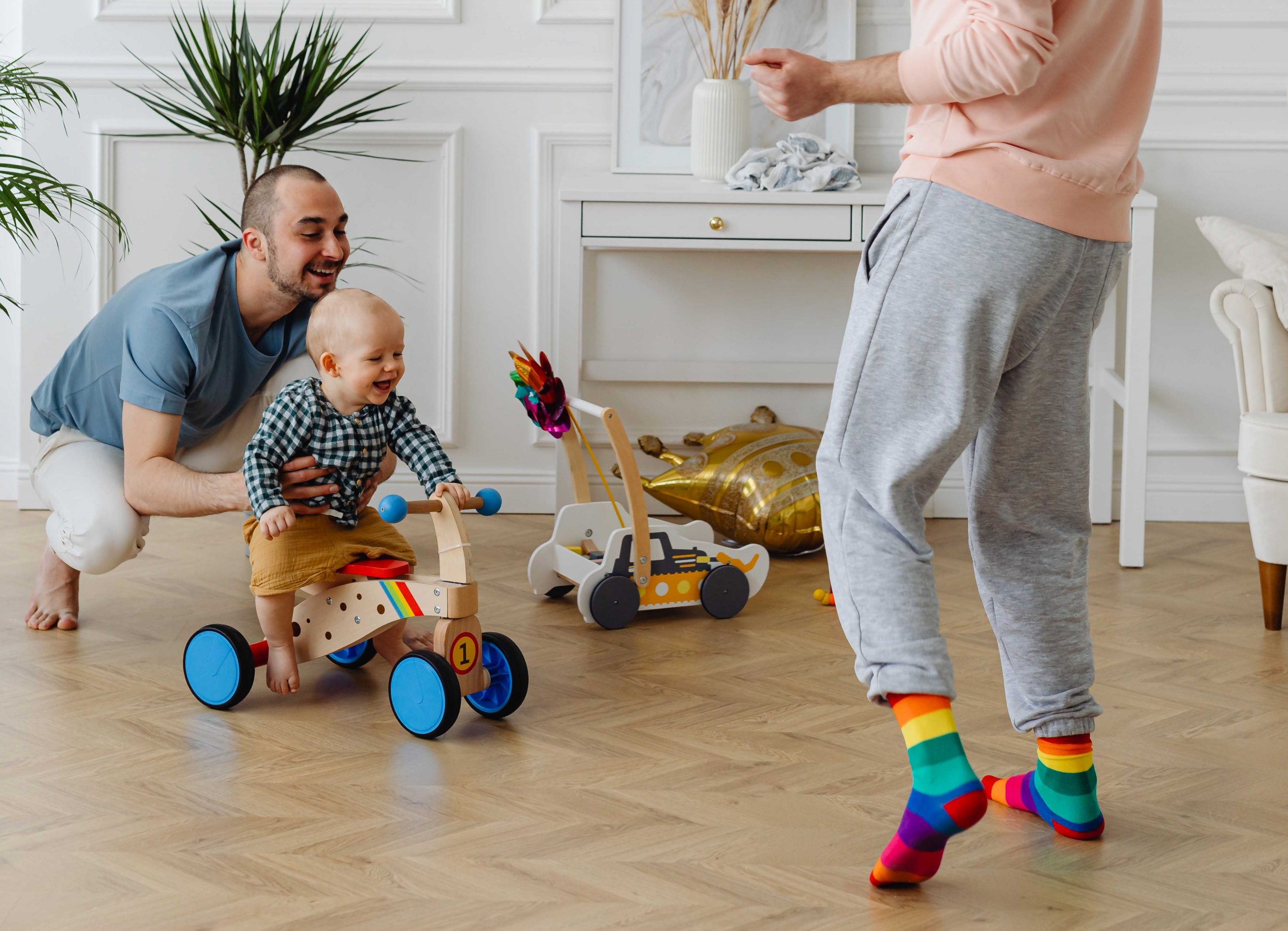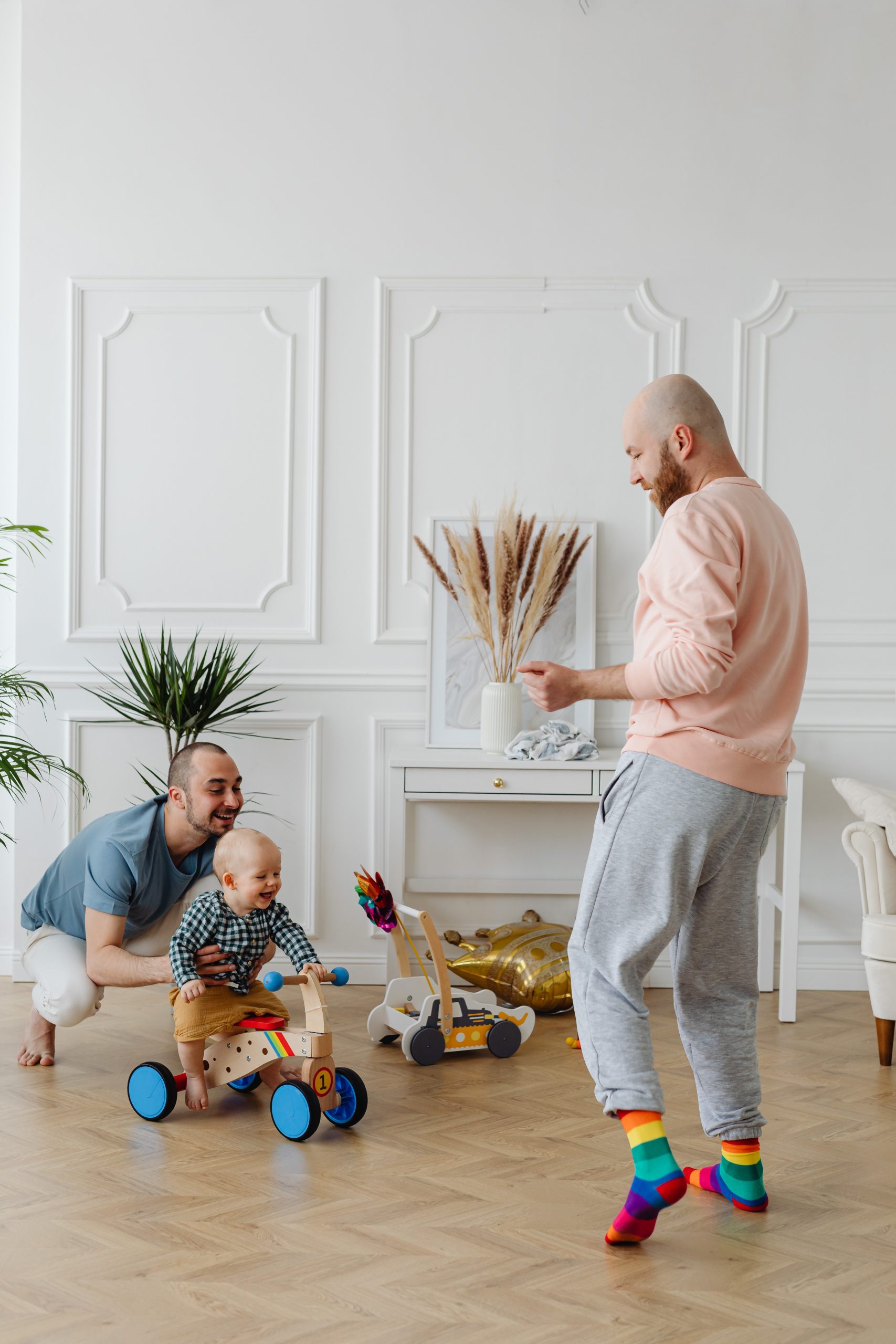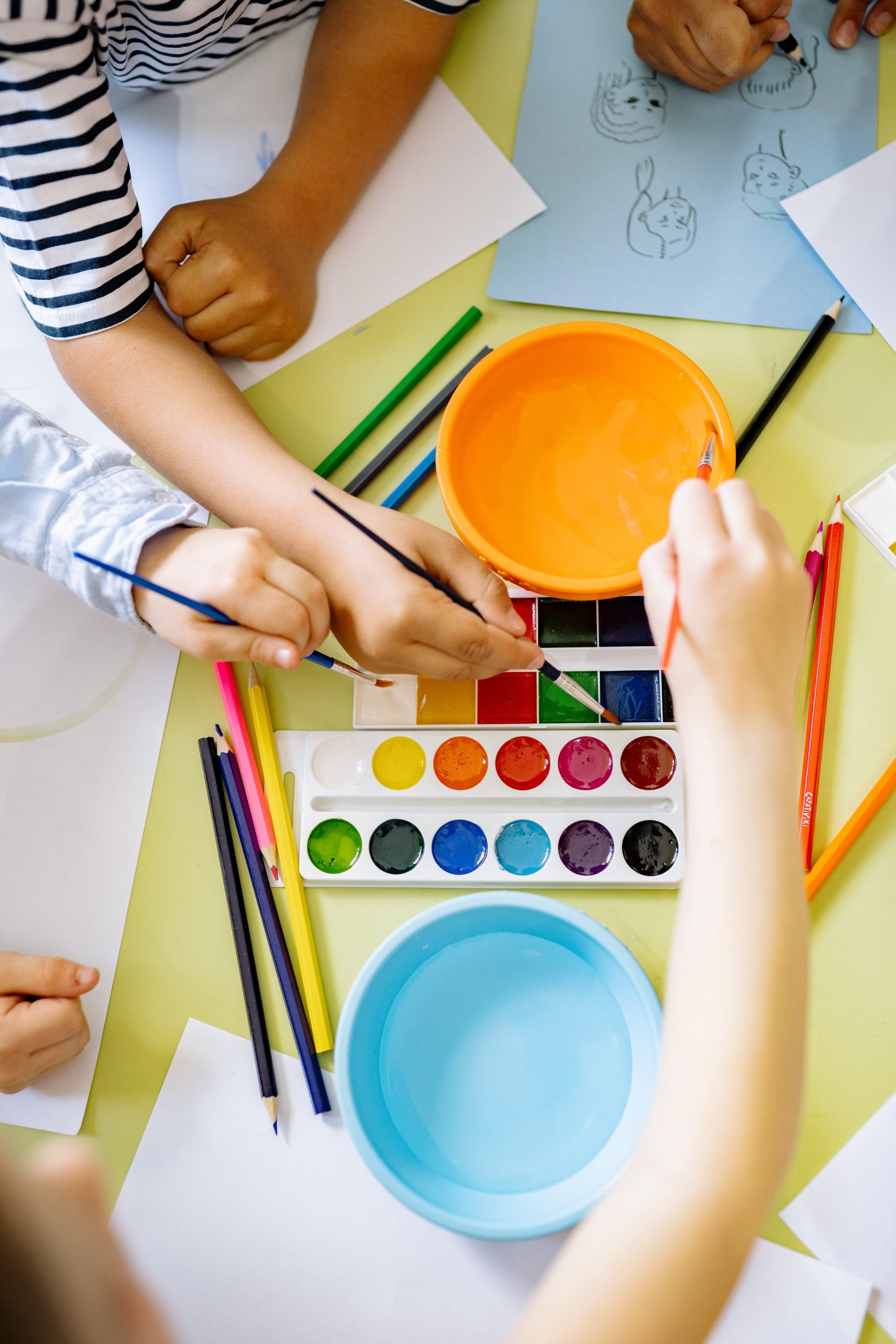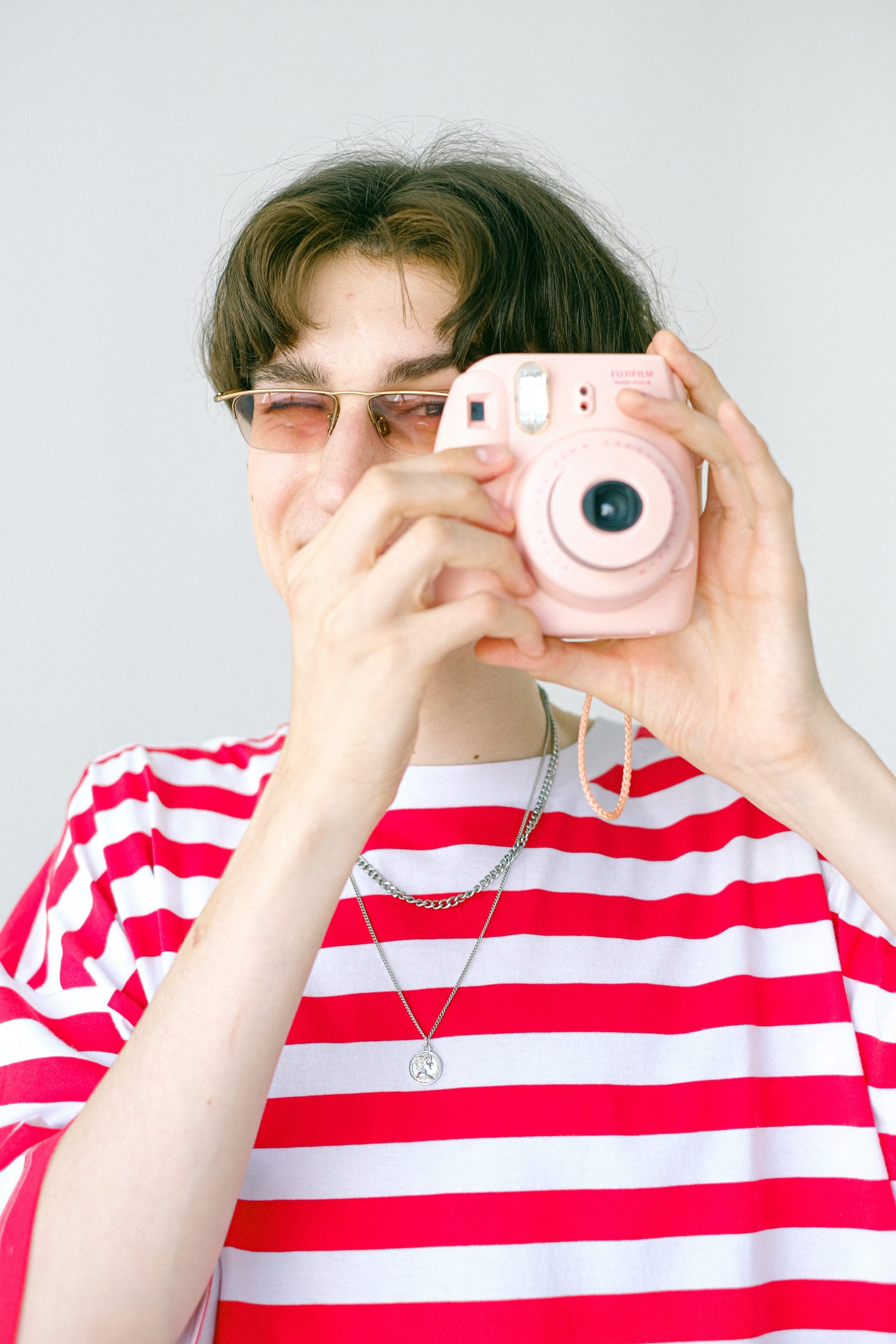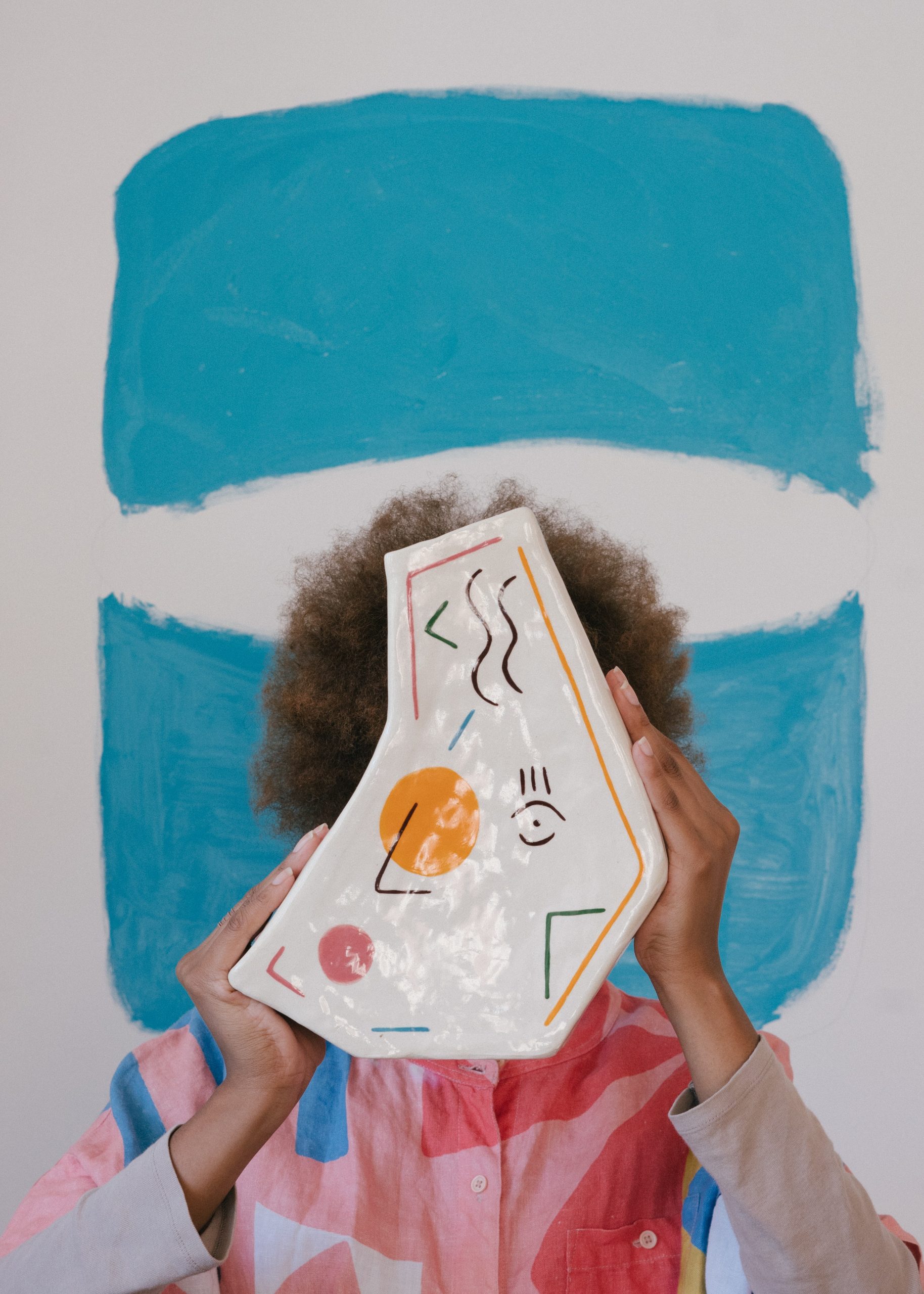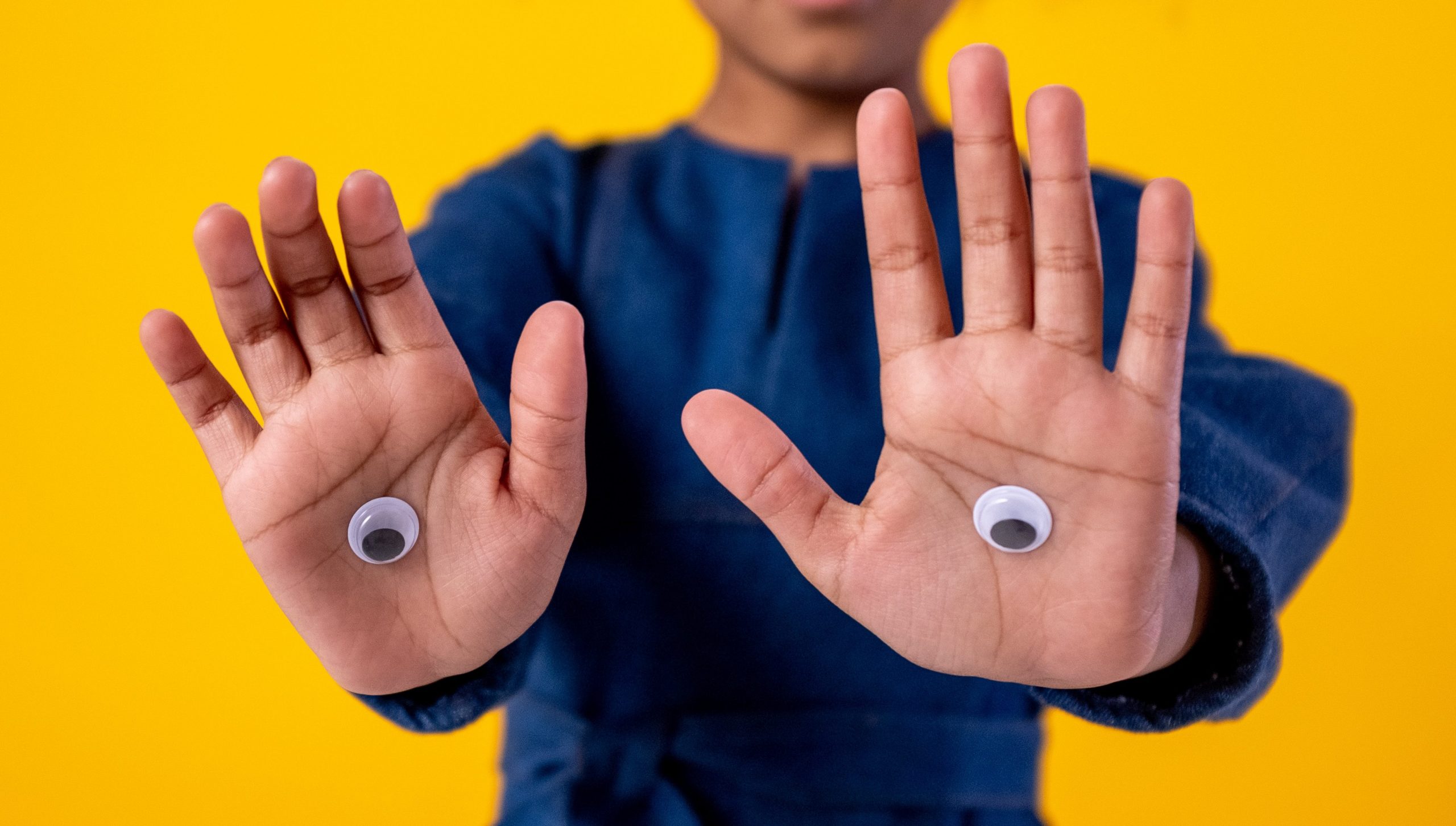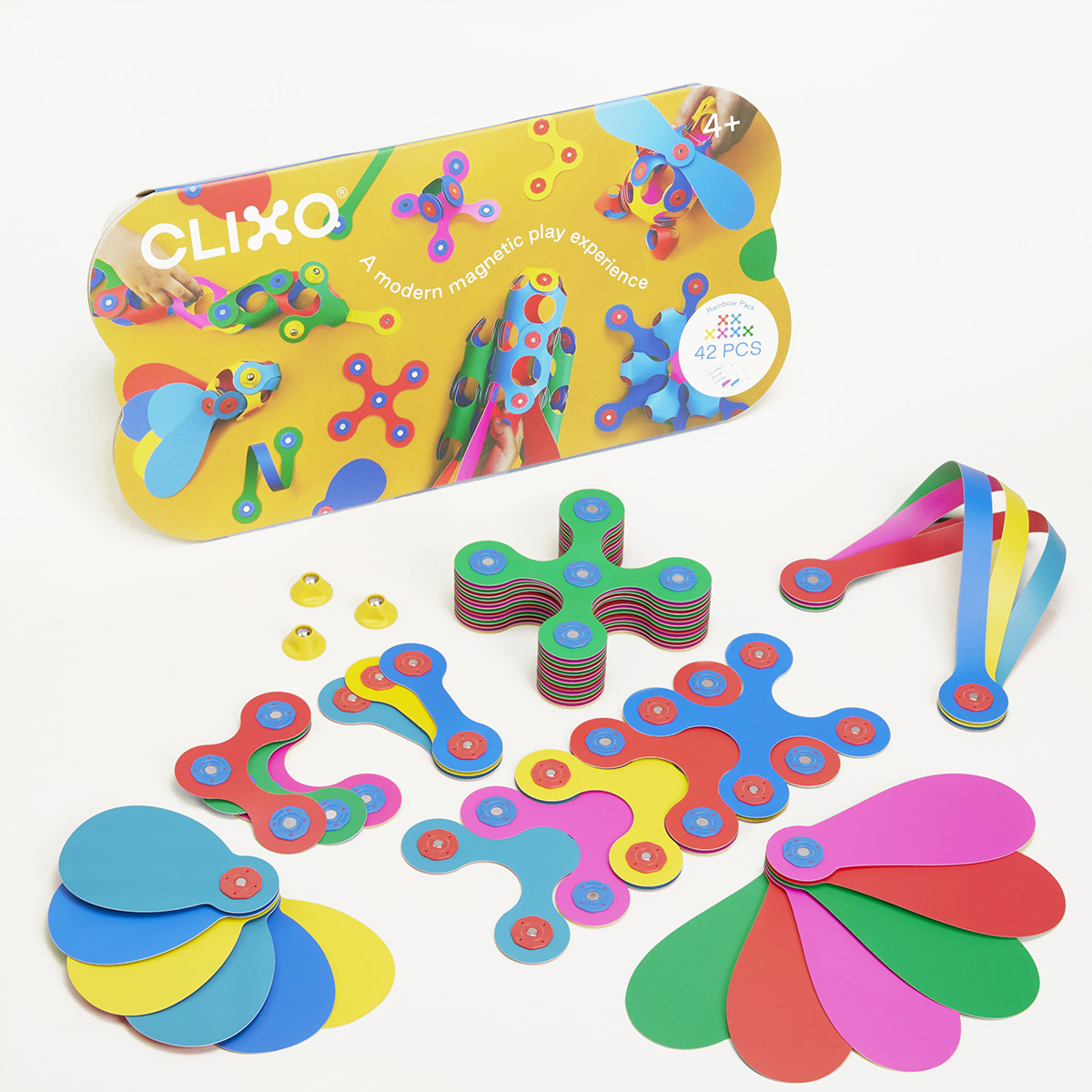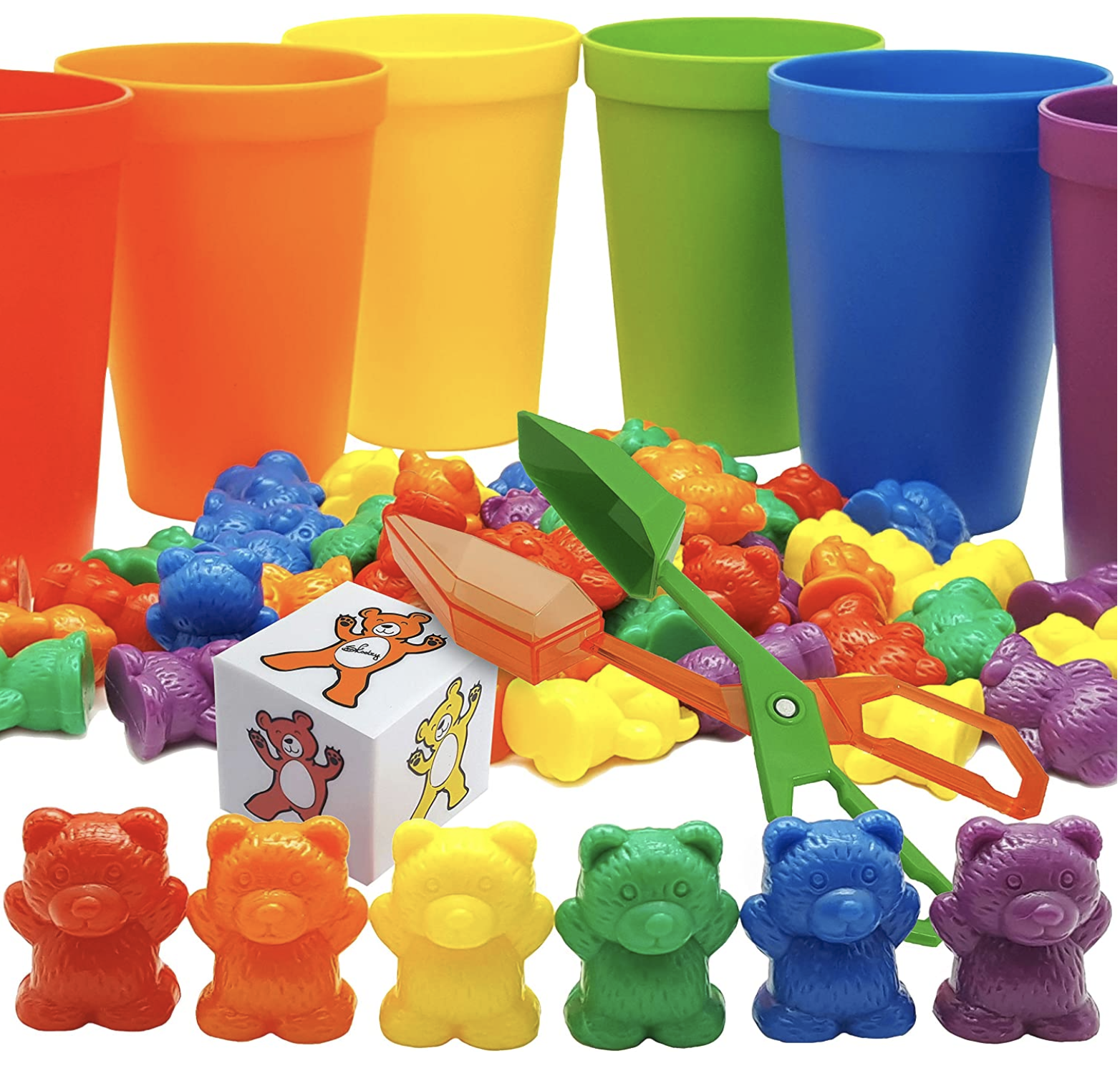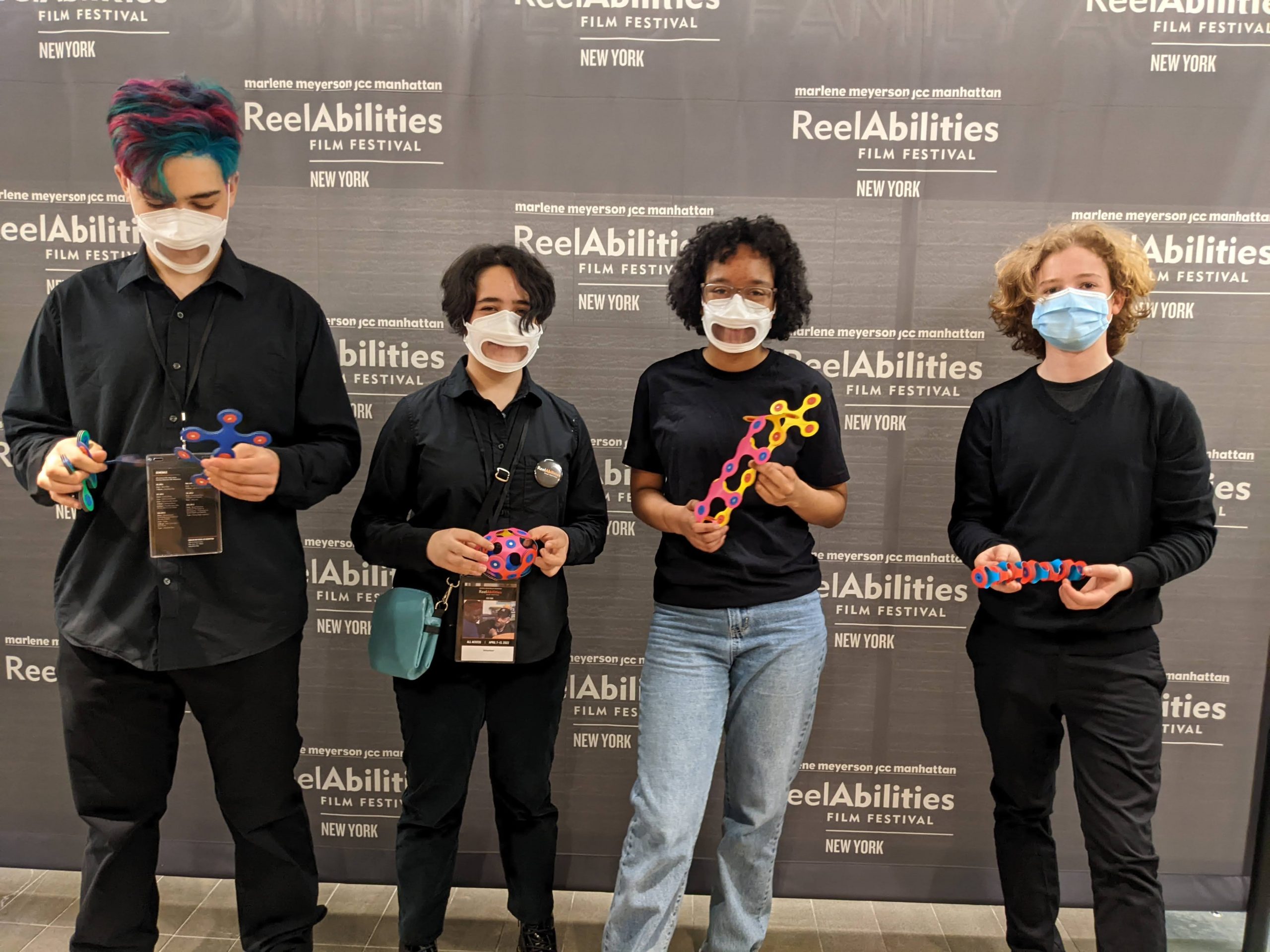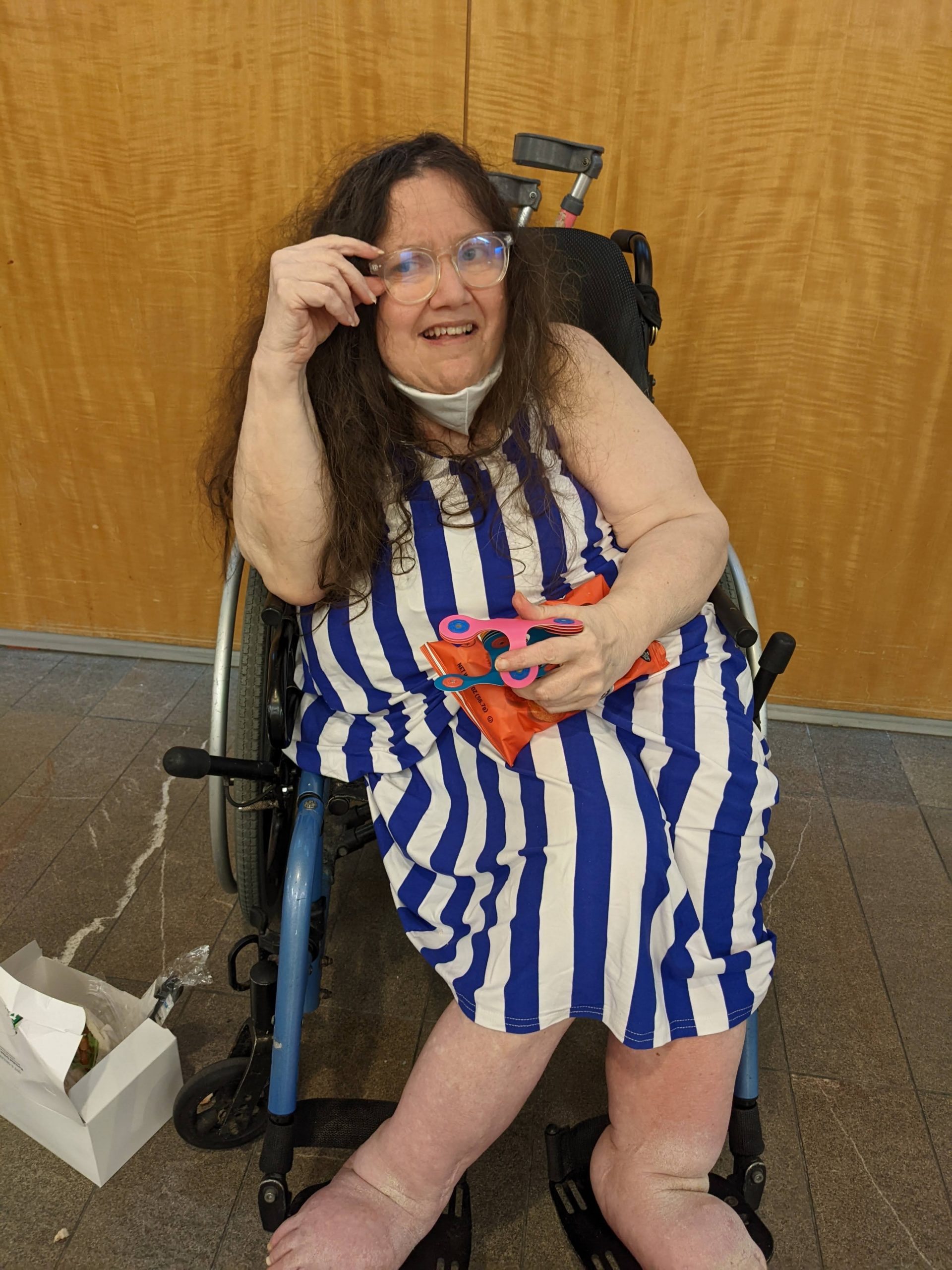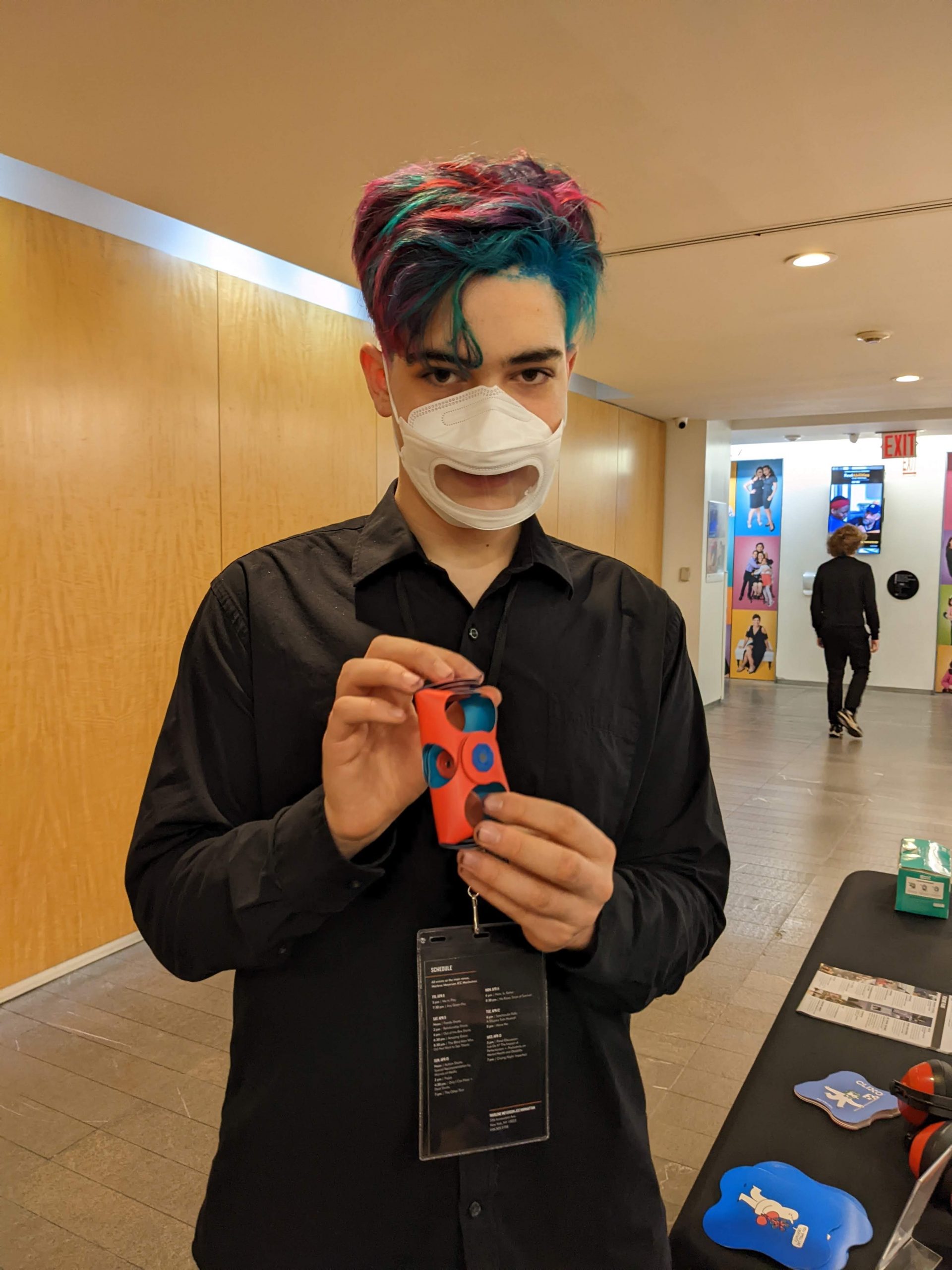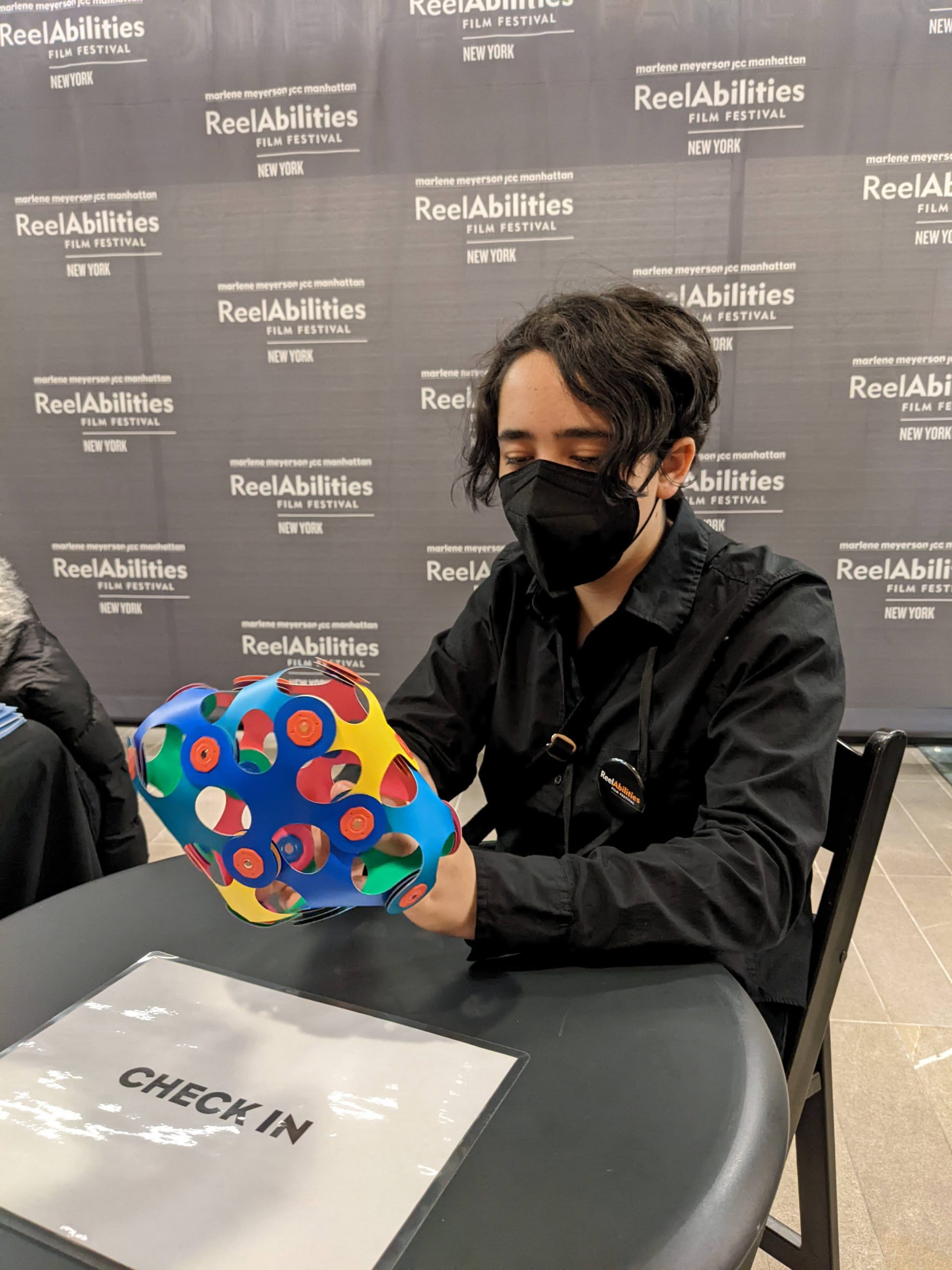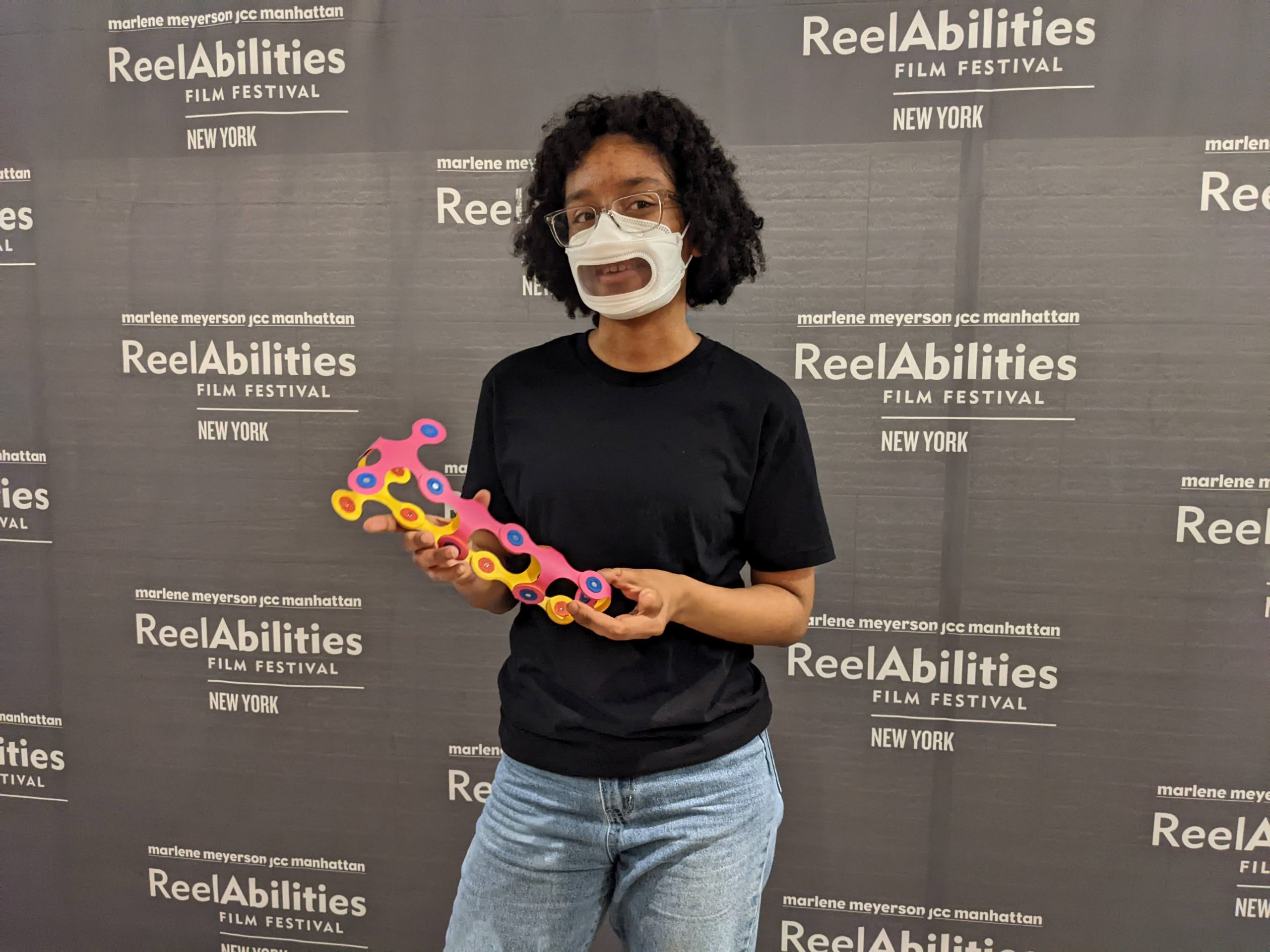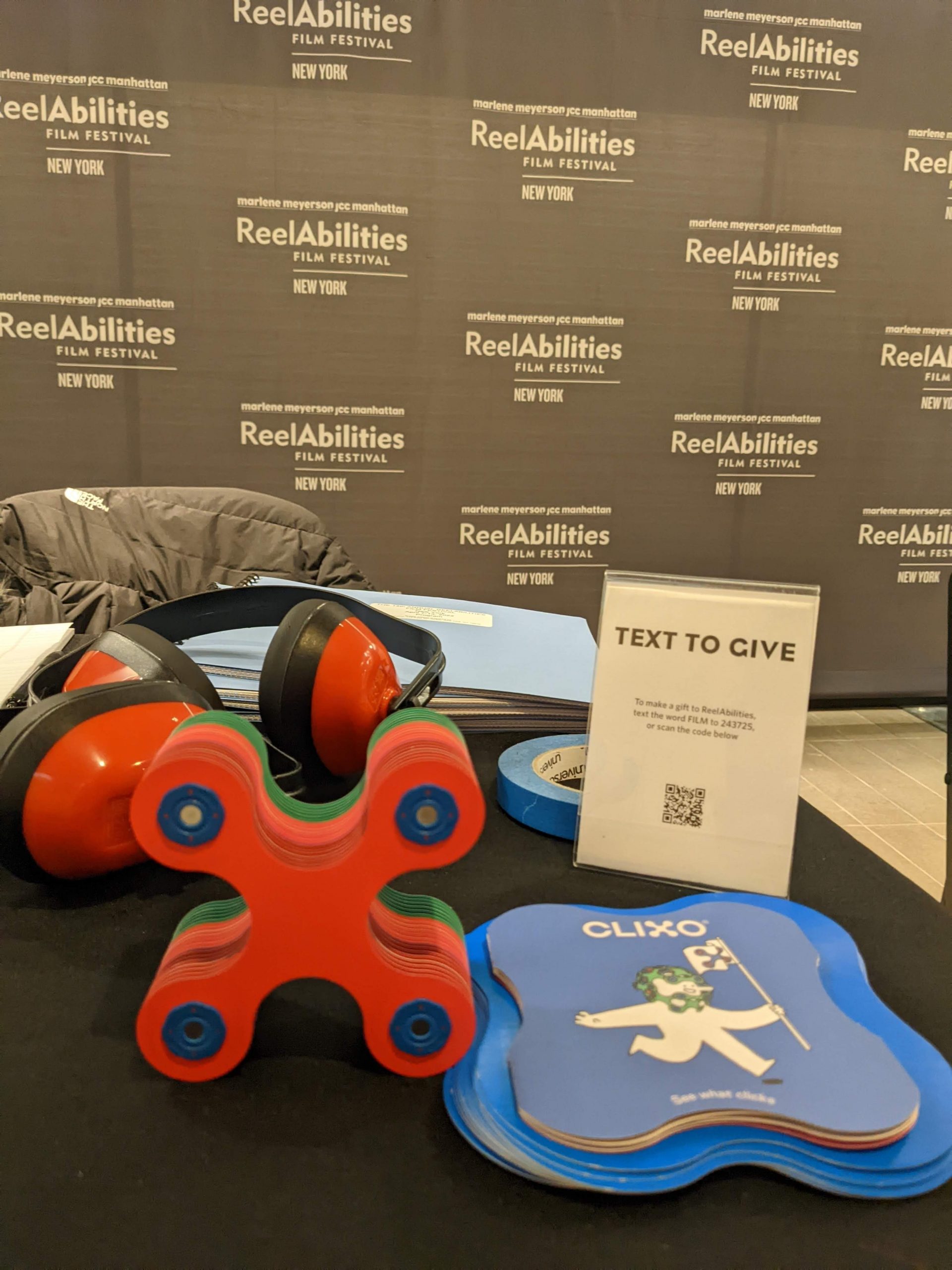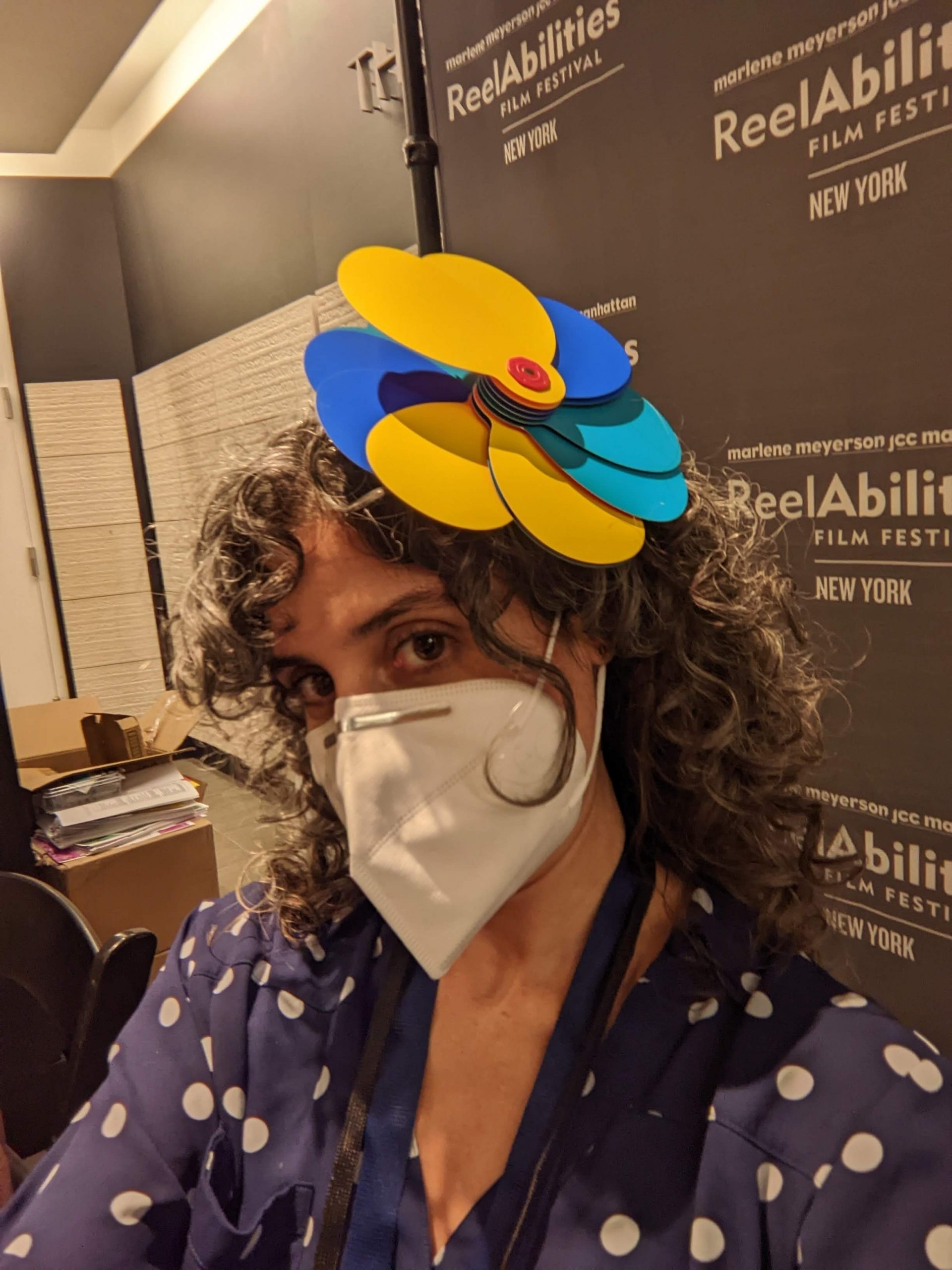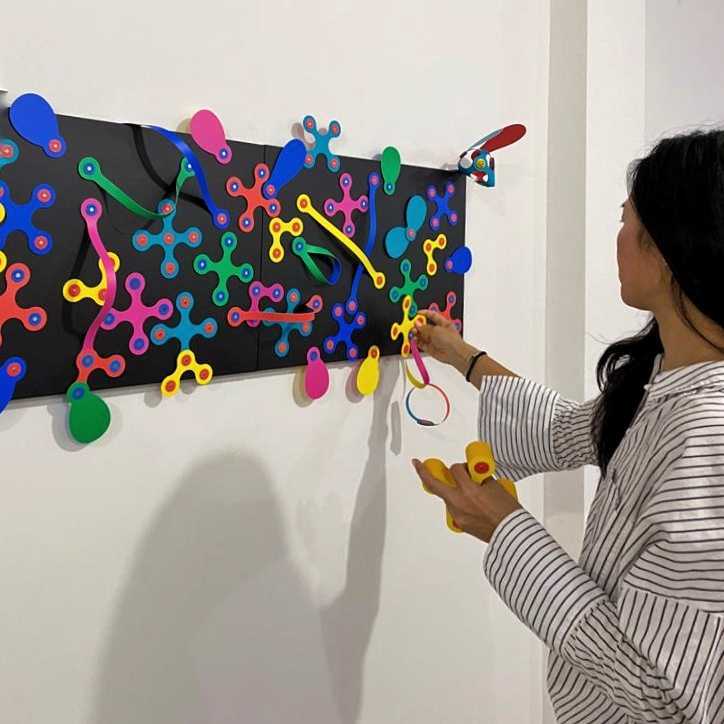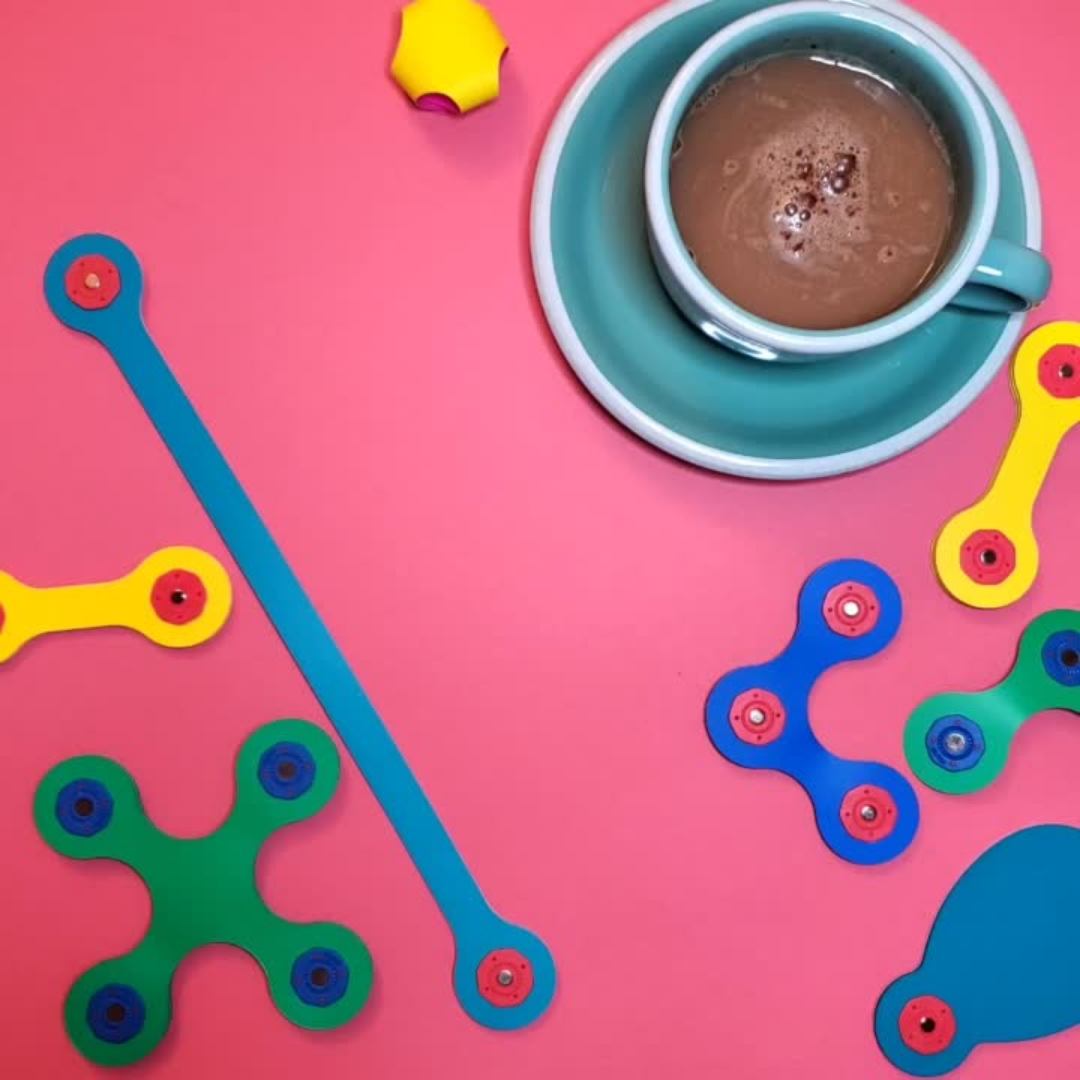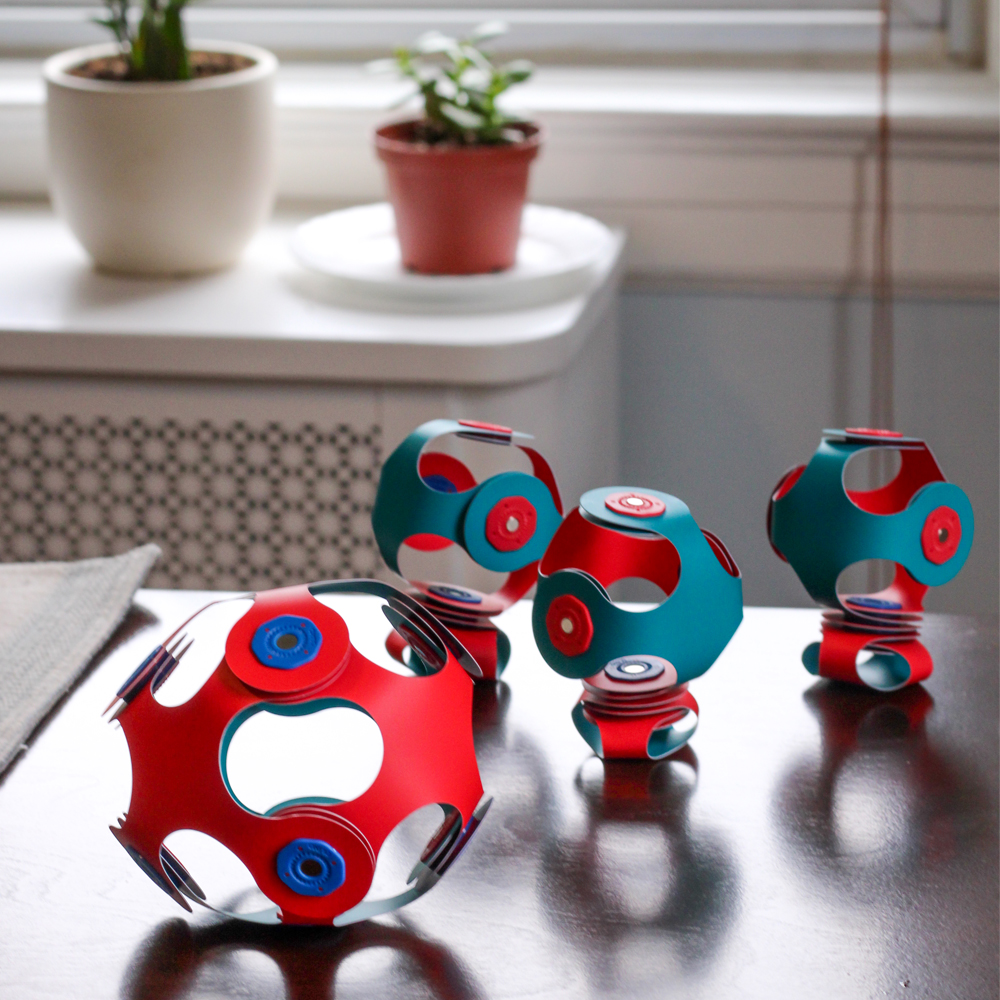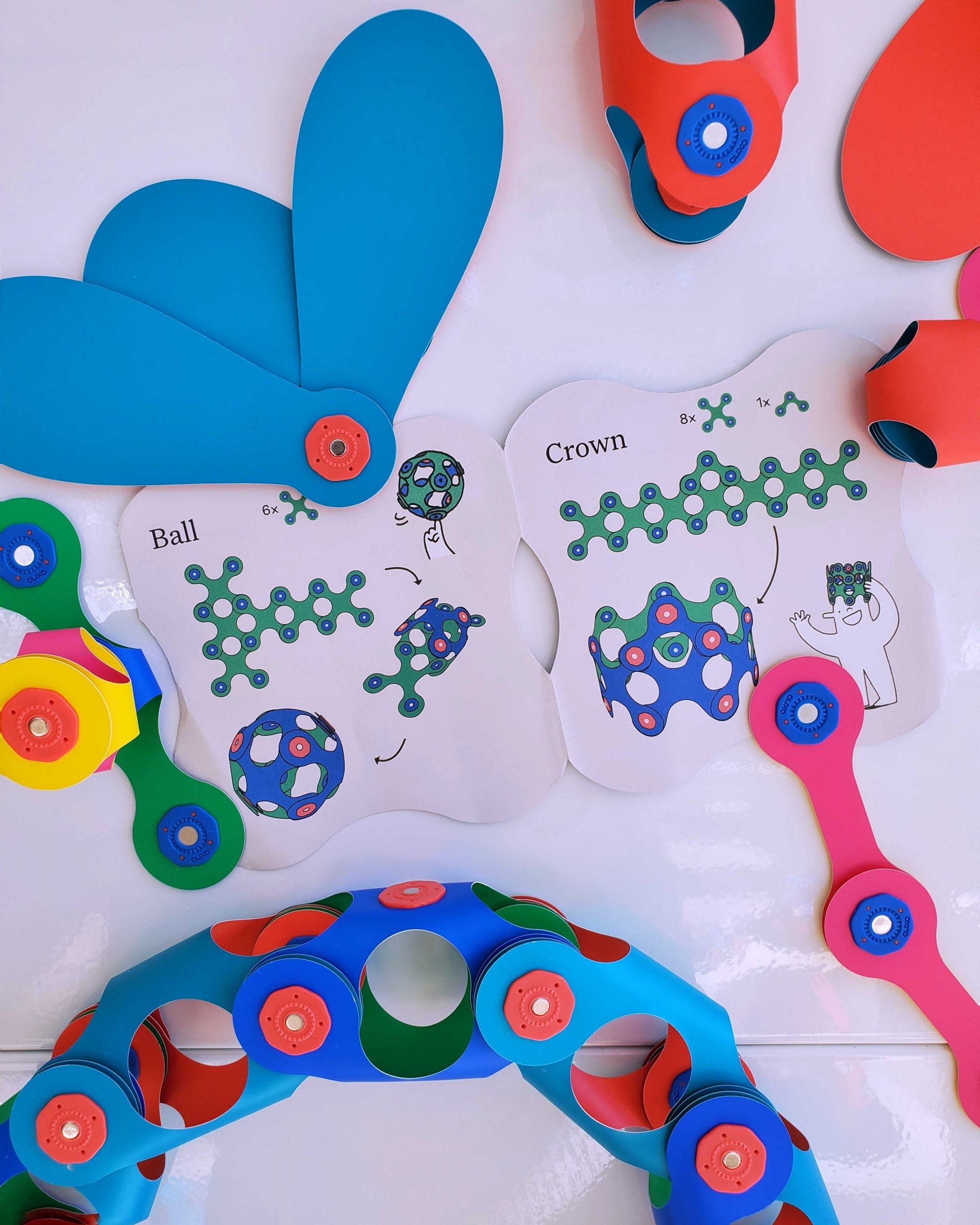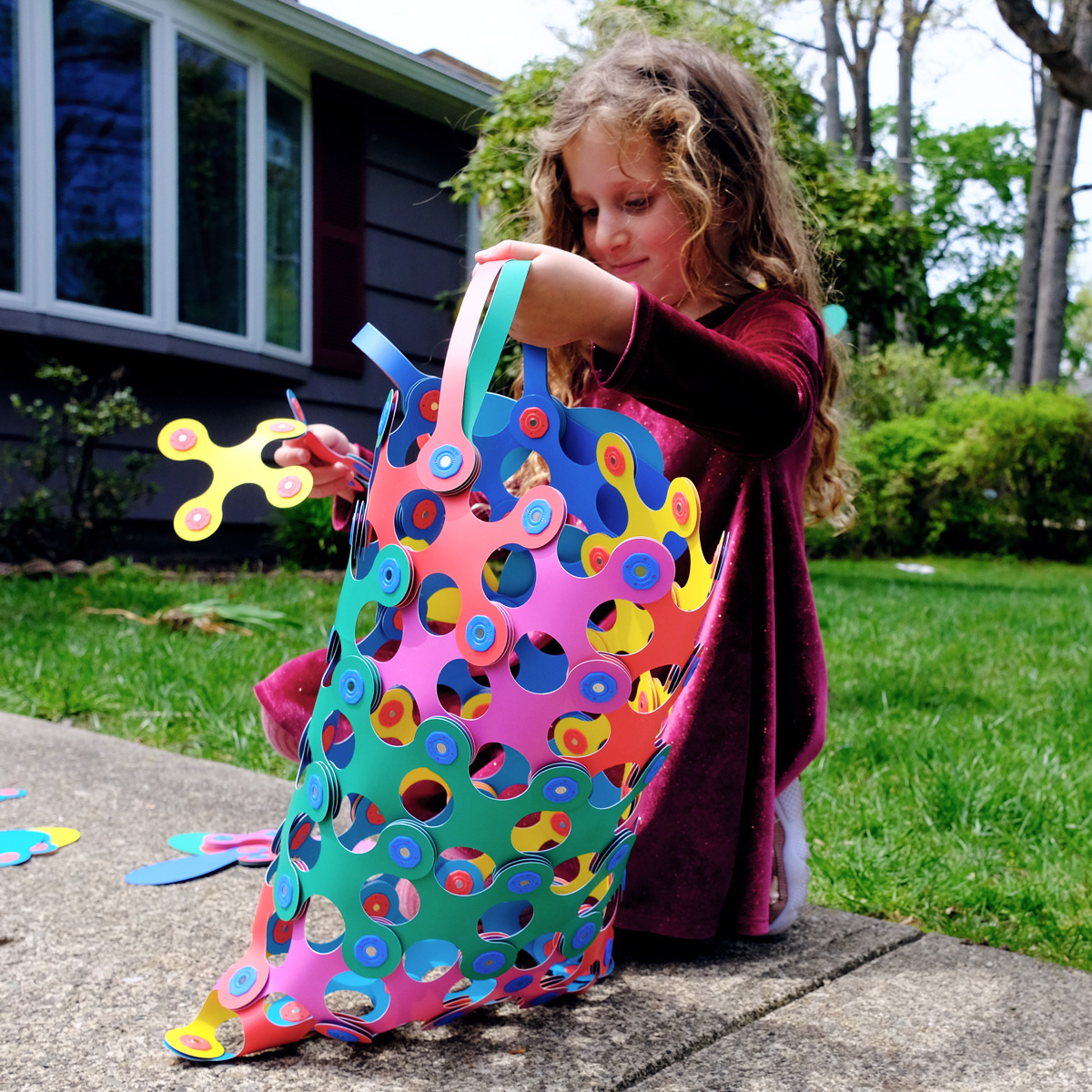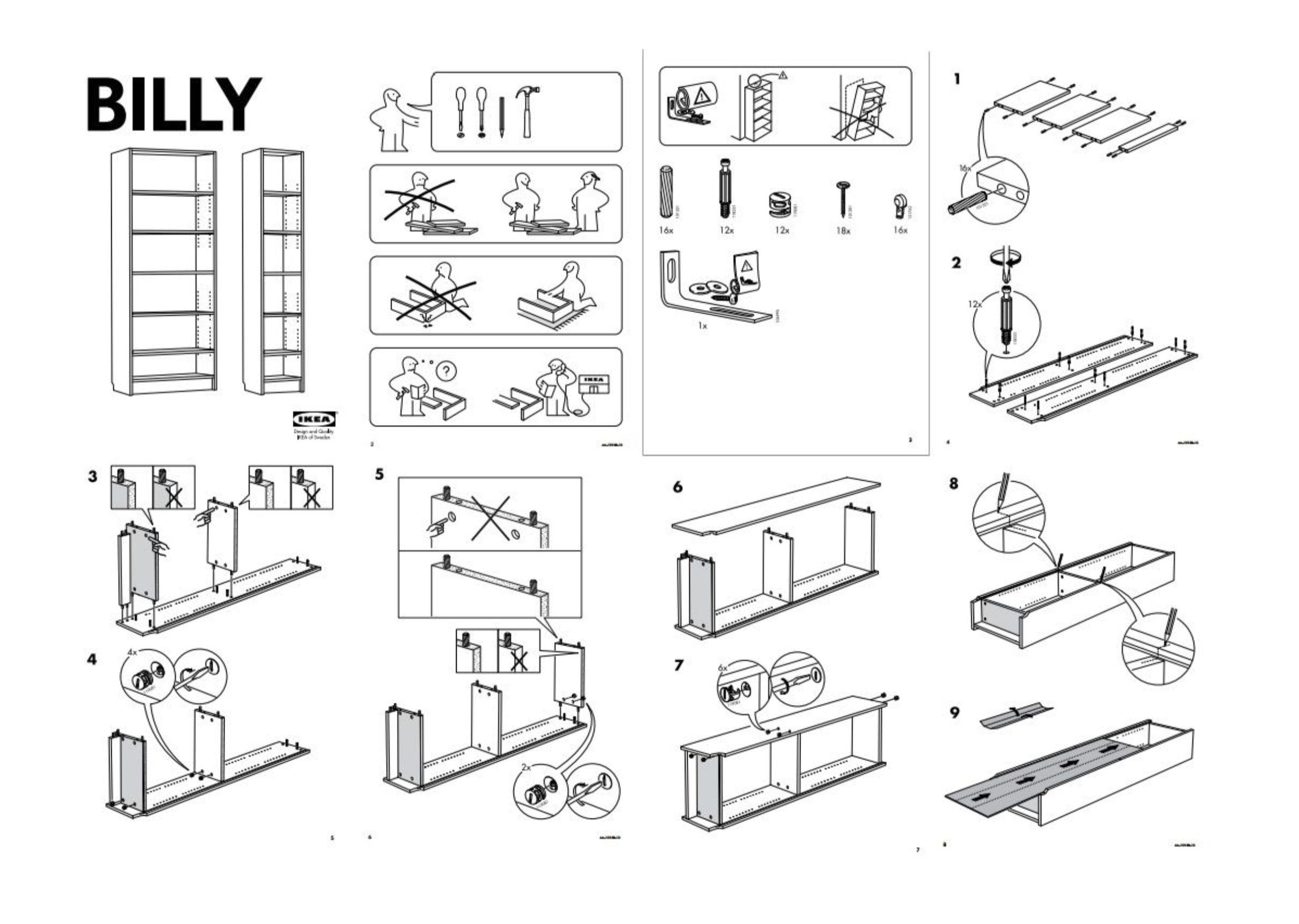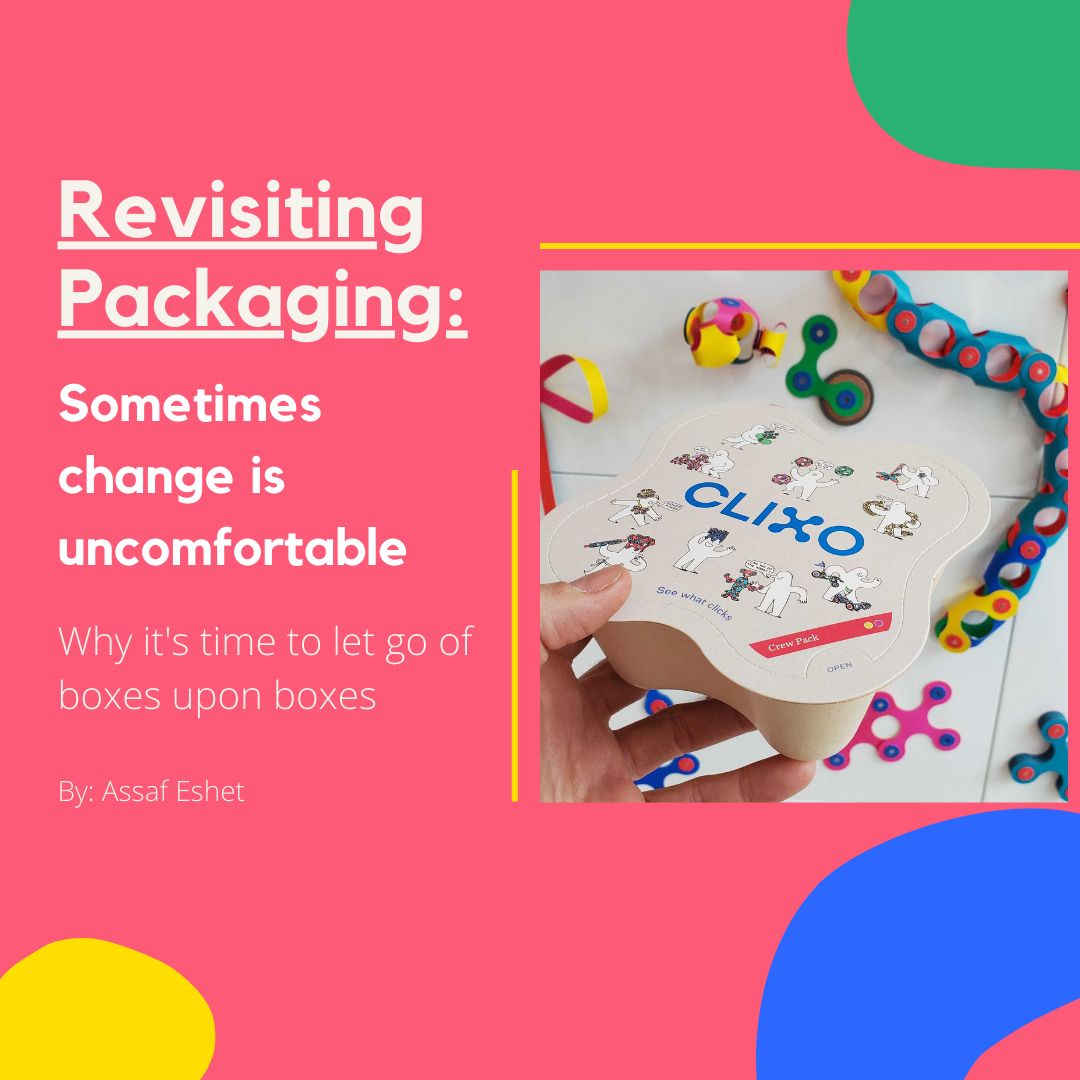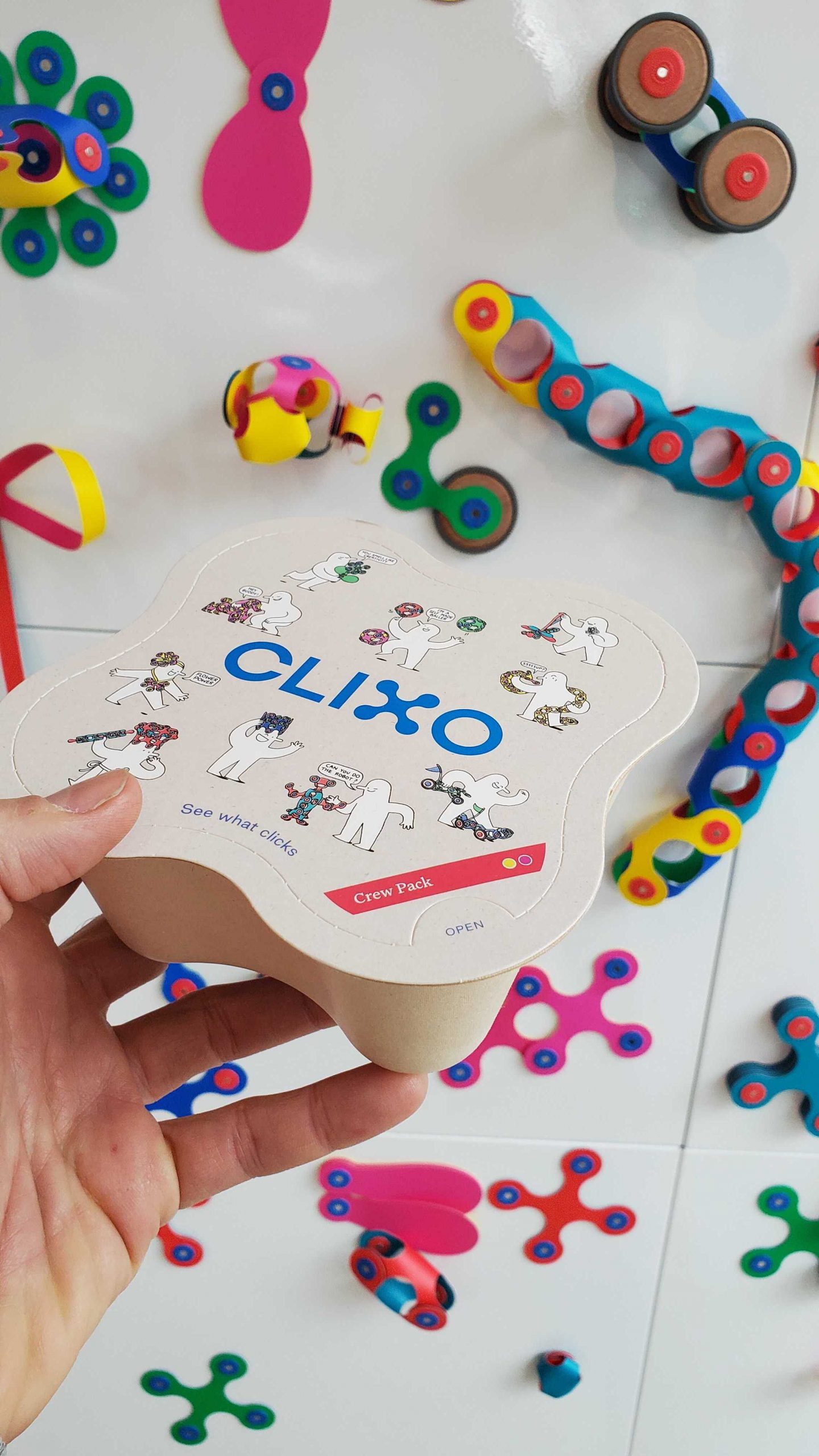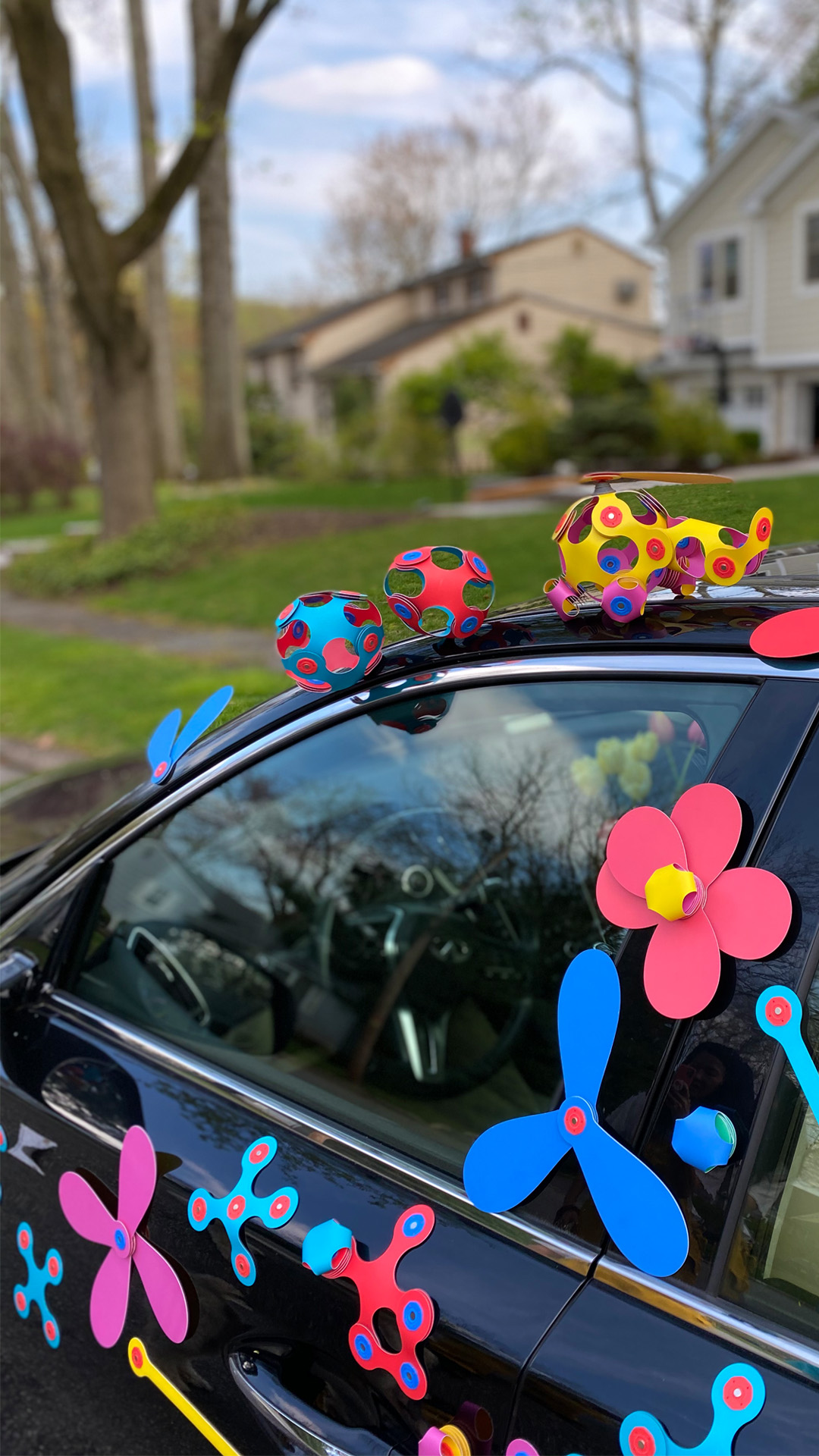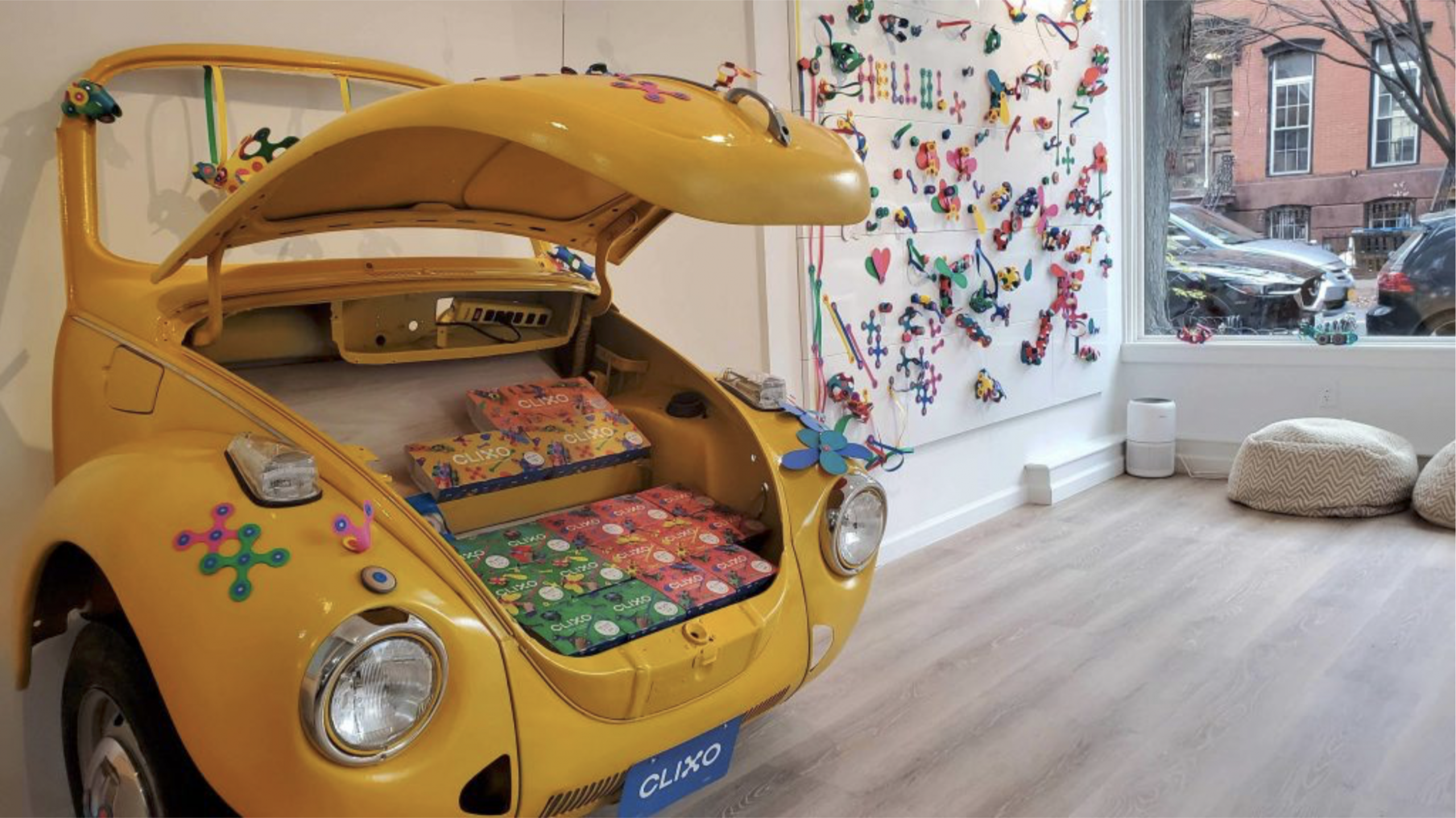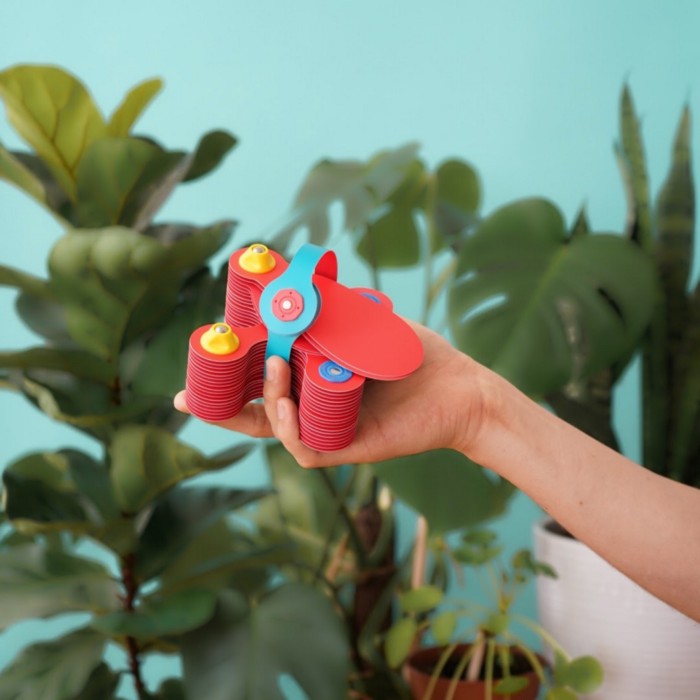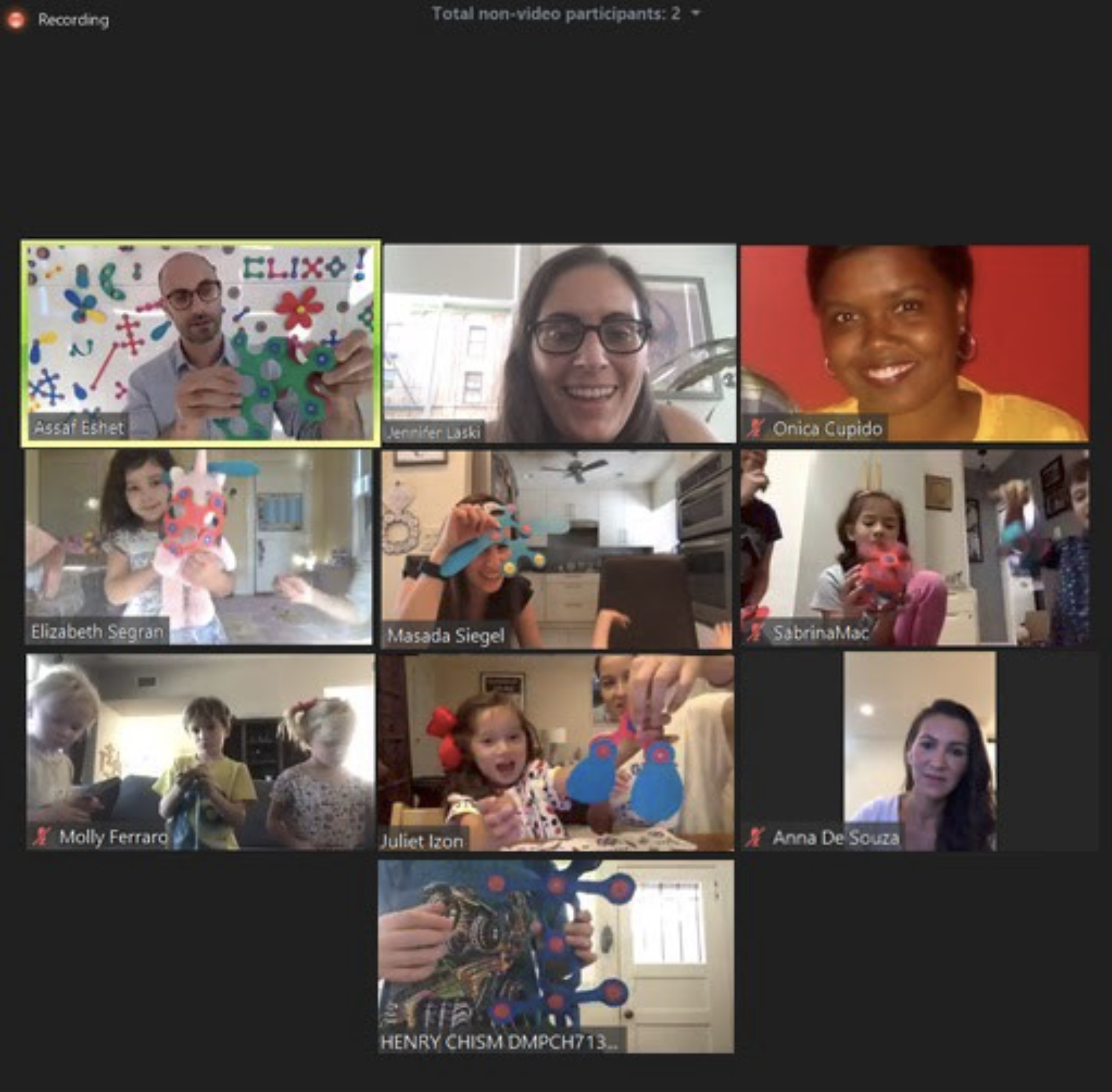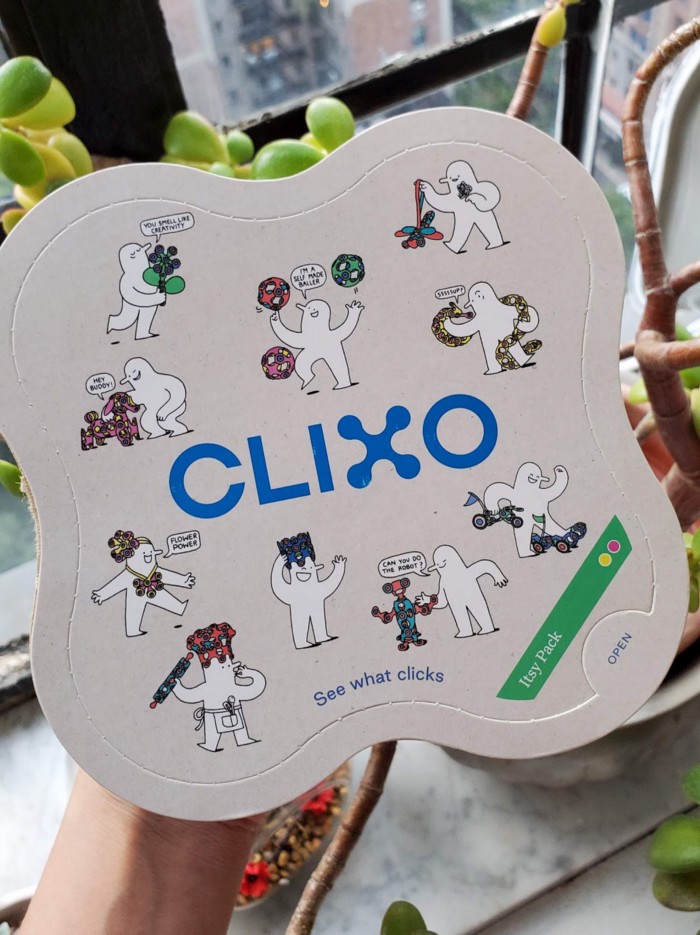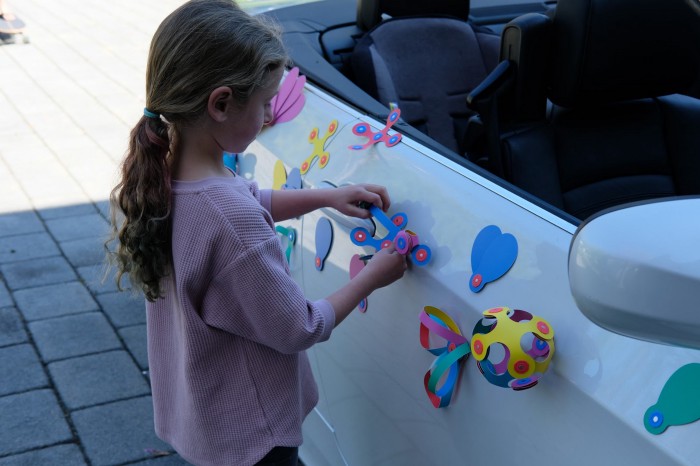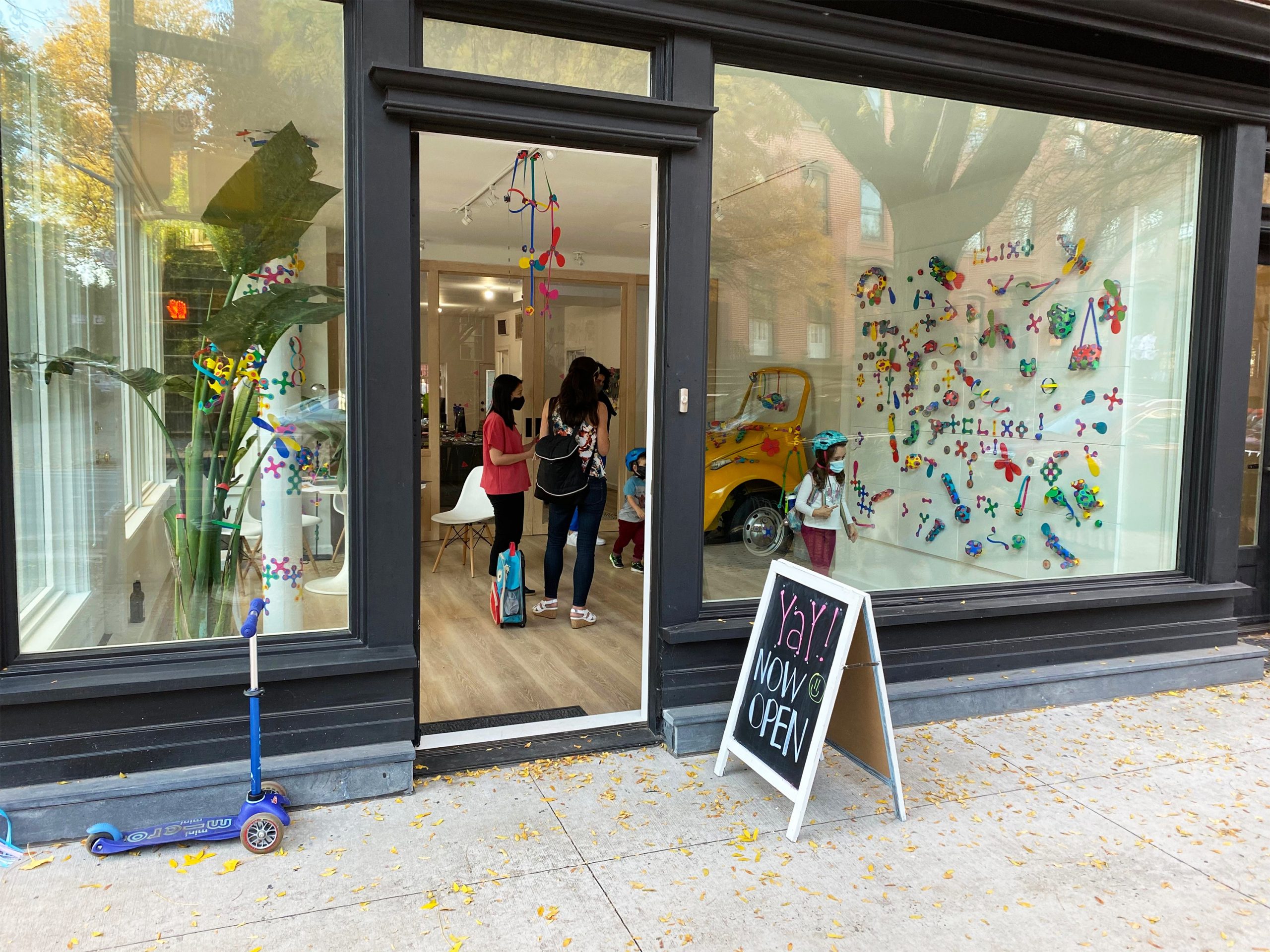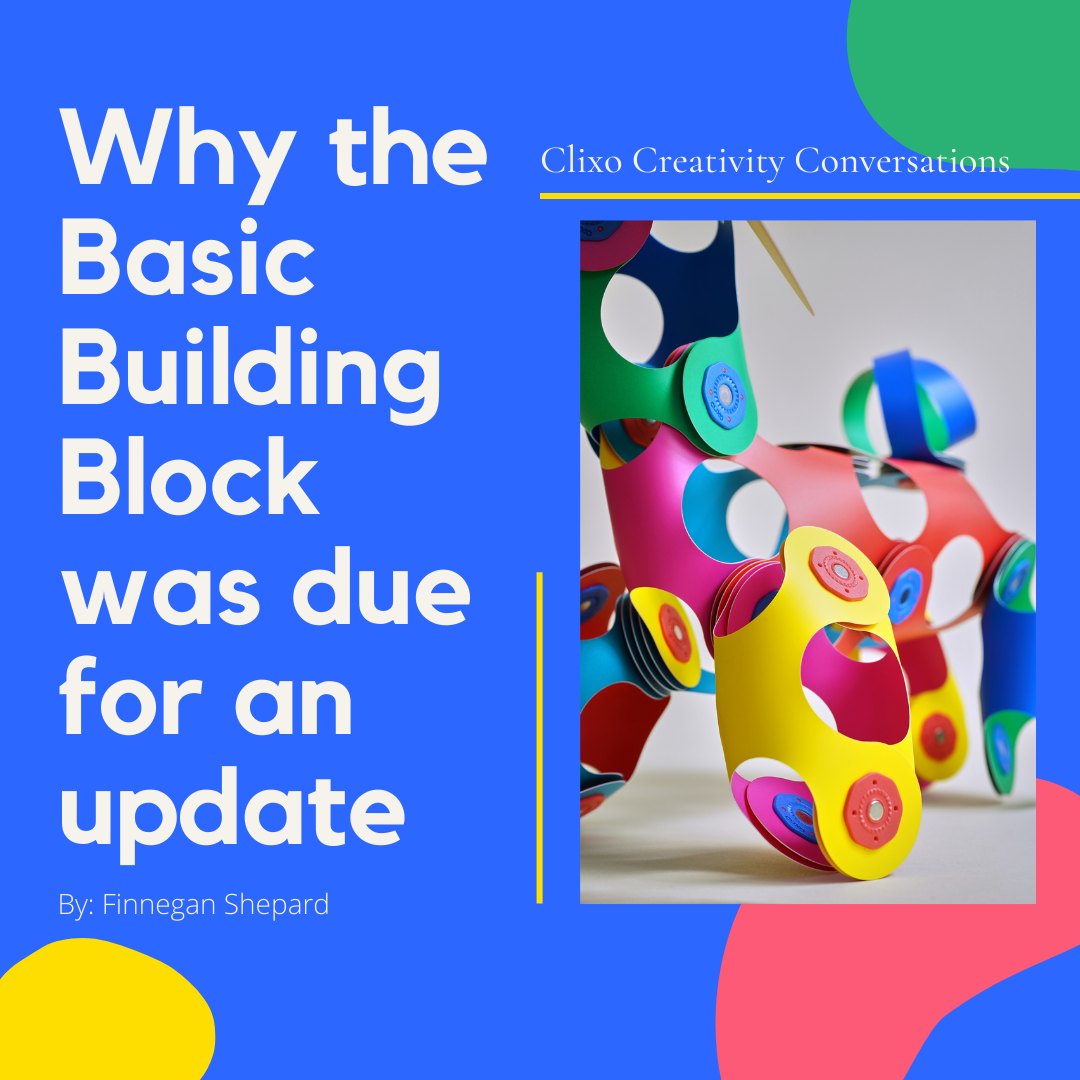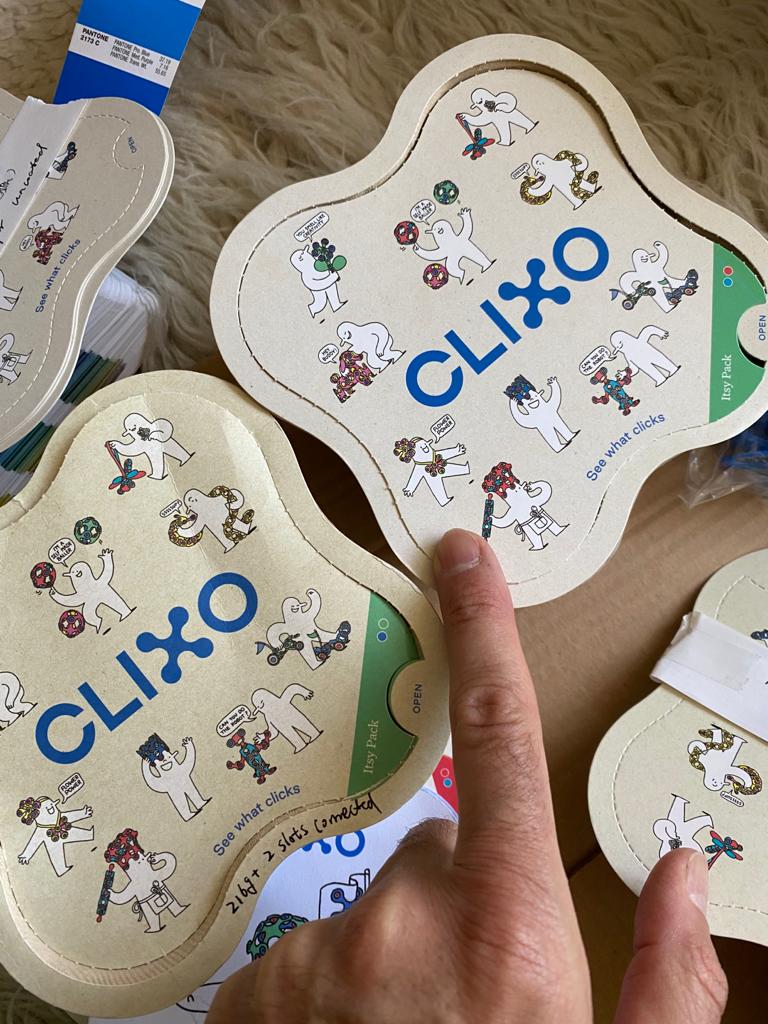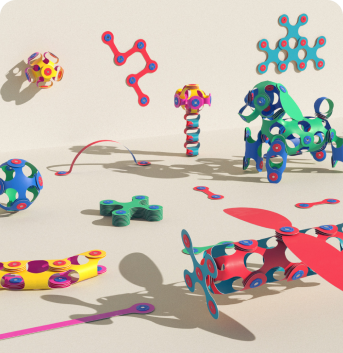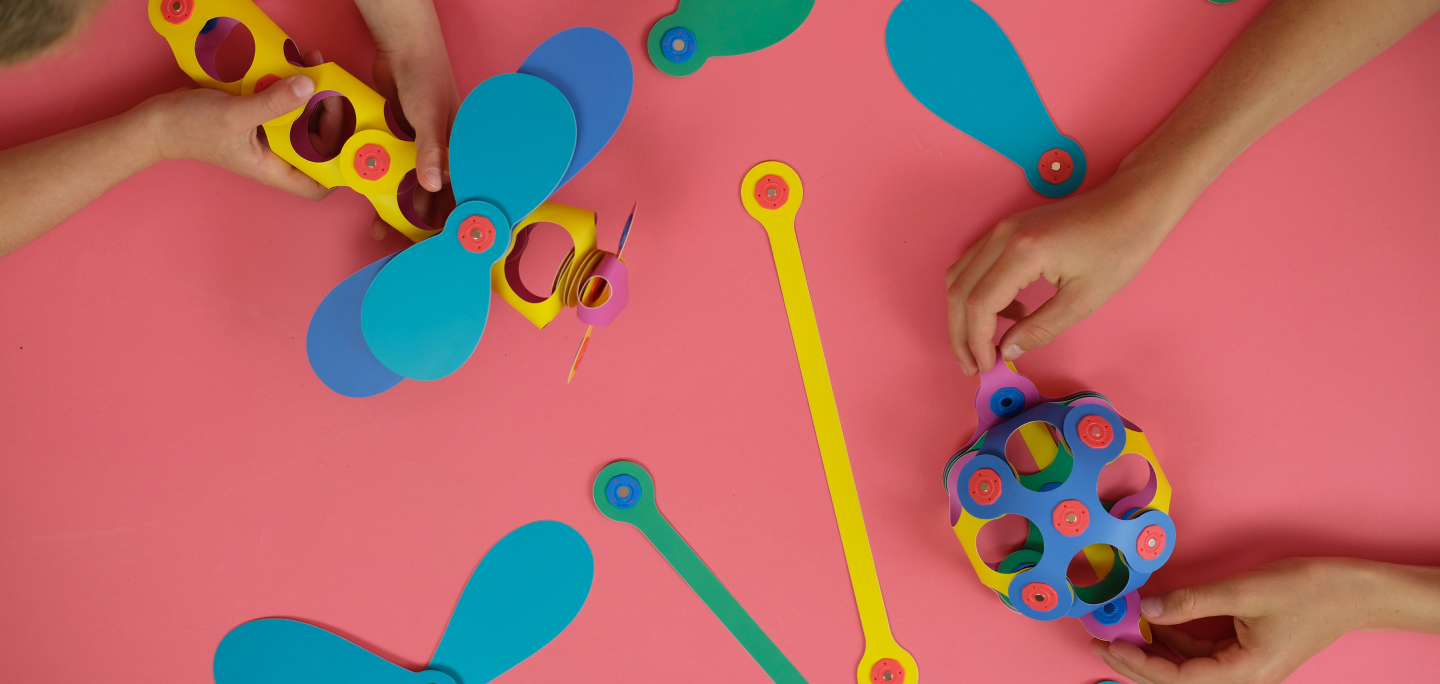Benefits of STEAM Toys for Kids

How Clixo is a Game-Changer in the STEAM Toys Landscape
“Introducing families to the topic of engineering and sparking young children’s interest in planning, building, testing, and problem solving helps prepare them for school and life.”
Connected Science Learning October-December 2017 (Volume 1, Issue 4). National Science Teaching Association (NSTA).
Why STEAM Toys
STEM has been an education buzzword in for quite a few years now, standing for Science, Technology, Engineering and Math. In recent years the “A” was added to represent Art. STEAM toys have become increasingly popular among parents and educators for their ability to combine education, fun, and creativity. As a magnetic play system, Clixo is an excellent example of a STEAM toy that offers numerous benefits for children. In this blog post, we’ll explore 10 potential benefits of STEAM toys for kids, with a special focus on how Clixo magnetic toy system meet those benefits.
Introducing Basic STEAM Concepts
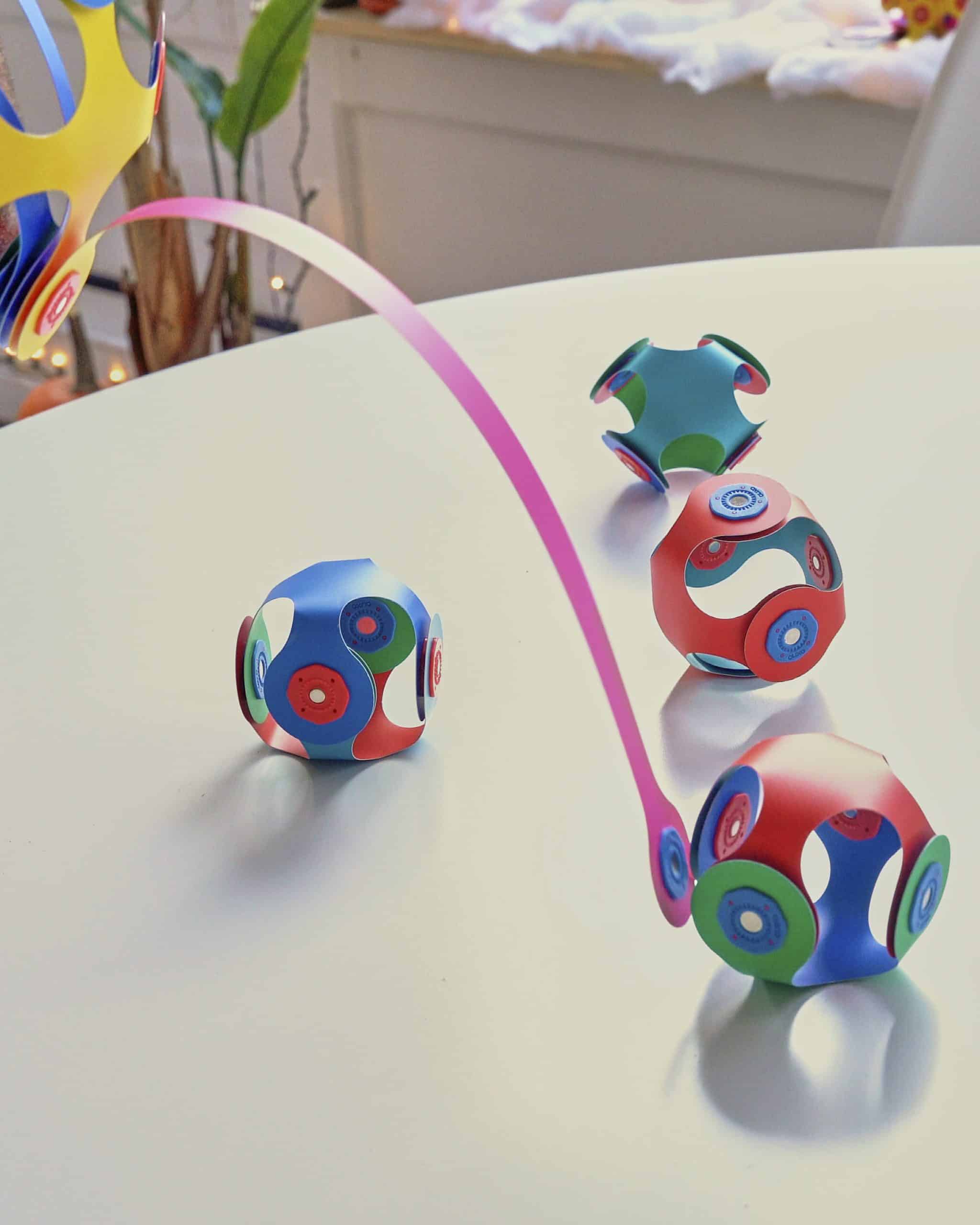
STEAM toys introduce children to essential concepts in science, technology, engineering, and mathematics, setting the foundation for future learning and success. Open-ended play and hands-on exploration and experimentation provide children with opportunities to build structures, conduct experiments, or design and test prototypes. These experiences allow them to learn through direct manipulation and observation.
Clixo’s magnetic play system exposes children to basic STEM concepts such as magnetism, construction, balance, and geometric shapes, paving the way for a deeper understanding of these subjects.
Problem-Solving Skills
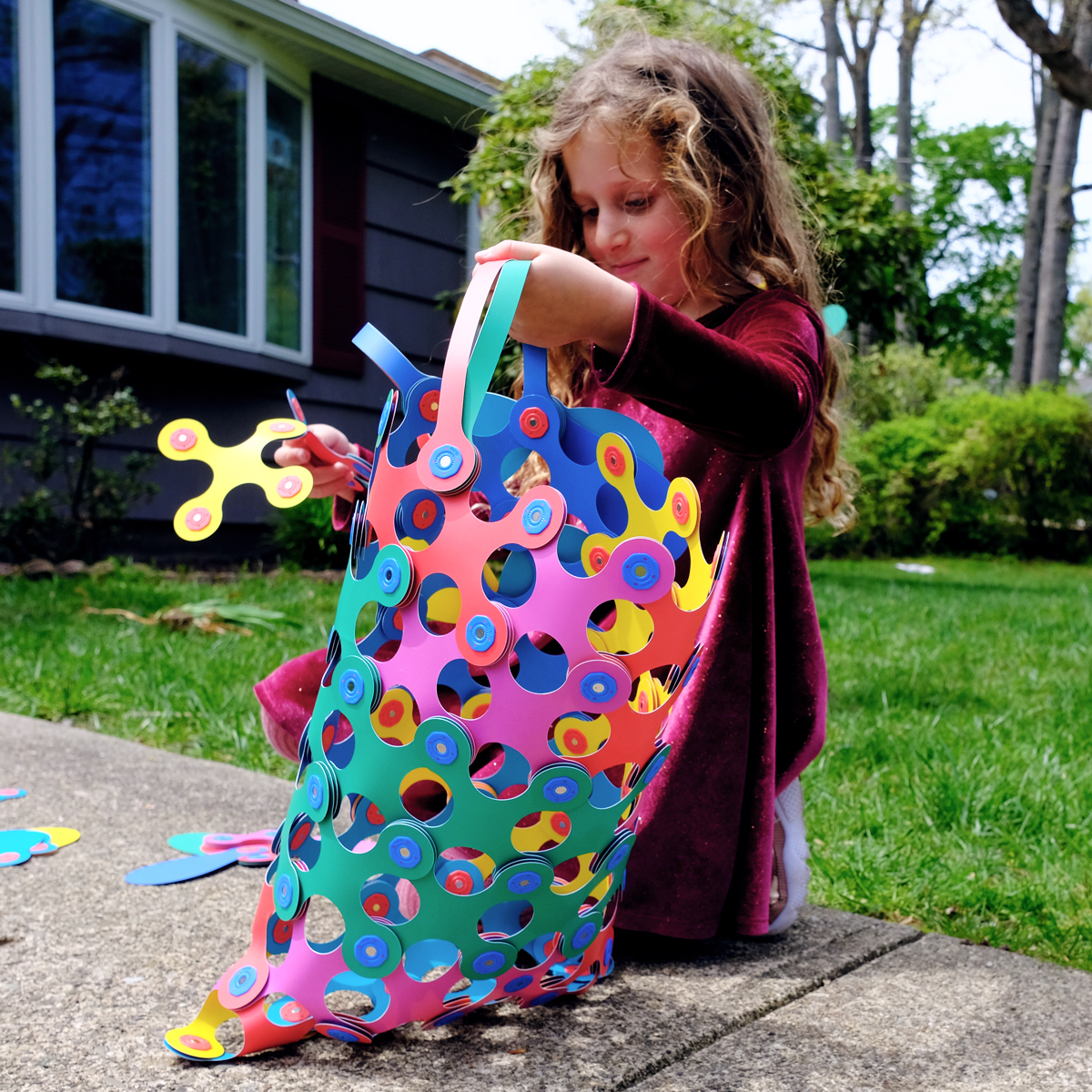
One of the most significant benefits of STEAM toys like Clixo is their contribution to developing problem-solving skills in children. When playing with Clixo’s flexible, magnetic pieces, children encounter challenges such as figuring out how to stabilize their structure or connect different parts effectively. In this process, they need to analyze the problem, think critically, and develop solutions. They might try different configurations, test various arrangements, and observe the outcomes. Through trial and error, they learn to identify the issues, make adjustments, and iterate their designs. Challenging kids to build different structures and create unique designs encourages them to think critically and develop solutions to overcome obstacles.
For example, during a workshop we conducted in P.S. 29 in Brooklyn, NY, kids were asked to figure out how to make a ball from 2, then 6, and even 24 Clixo Quad pieces. Participants found different structures to make balls, what’s more sturdy, and what happens when trying to make a ball with an uneven number of pieces.
Encouraging Creativity
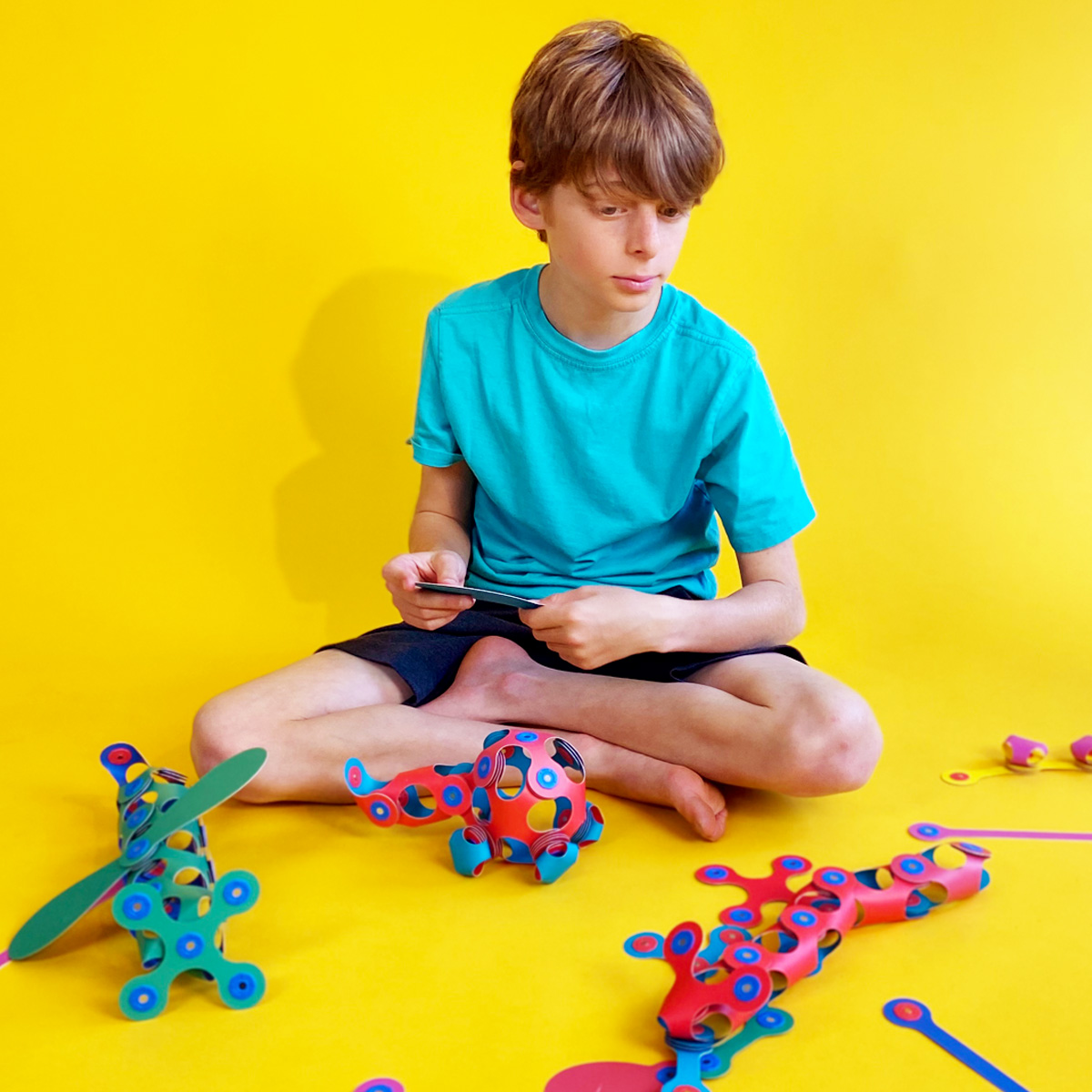
Clixo and other STEAM toys offer open-ended play opportunities, allowing children to explore and experiment freely. Rather than following instructions, children can let their imaginations run wild and create unique designs and structures. This freedom of exploration encourages creative thinking and fosters a sense of ownership over their creations.
Clixo’s flexible and versatile magnetic pieces and various accessories encourage children to explore their creativity and invent new ways of playing and building. They can create imaginative creatures and explore attaching the lightweight pieces to different magnetic surfaces or attaching them with the suction cups to windows and tiles. The possibilities are endless! We love getting customers’ photos of wild Clixo creations in different settings and contexts. You can find many of them in our Instagram account.
Promoting Teamwork and Collaboration

Many STEAM toys, including Clixo, can be enjoyed with friends and family, promoting and working together towards a common goal. Playing with these toys require communication, coordination, and sharing of ideas, fostering teamwork and collaboration skills.
Collaboration in STEAM activities allows children to learn from one another. They can share their knowledge, strategies, and insight. Collaboration often requires negotiation and compromise. Learning to navigate different ideas or approaches and reaching agreements is essential for successful teamwork. In our workshops, we prompt groups of participants to build the tallest tower. When the tower starts leaning and reinforcement is needed, participants try different approaches for support; creativity, collaboration, and negotiation are required to overcome the challenge and achieve the mutual goal.
Fine Motor Skills

Clixo helps children develop fine motor skills and hand-eye coordination as they involve assembling, connecting, or manipulating small pieces to create structures. It involves manipulating objects in three-dimensional space, such as rotating, stacking, or connecting parts. These actions require control of fingers and hands, contributing to developing fine motor skills.
Confidence and Self-Esteem
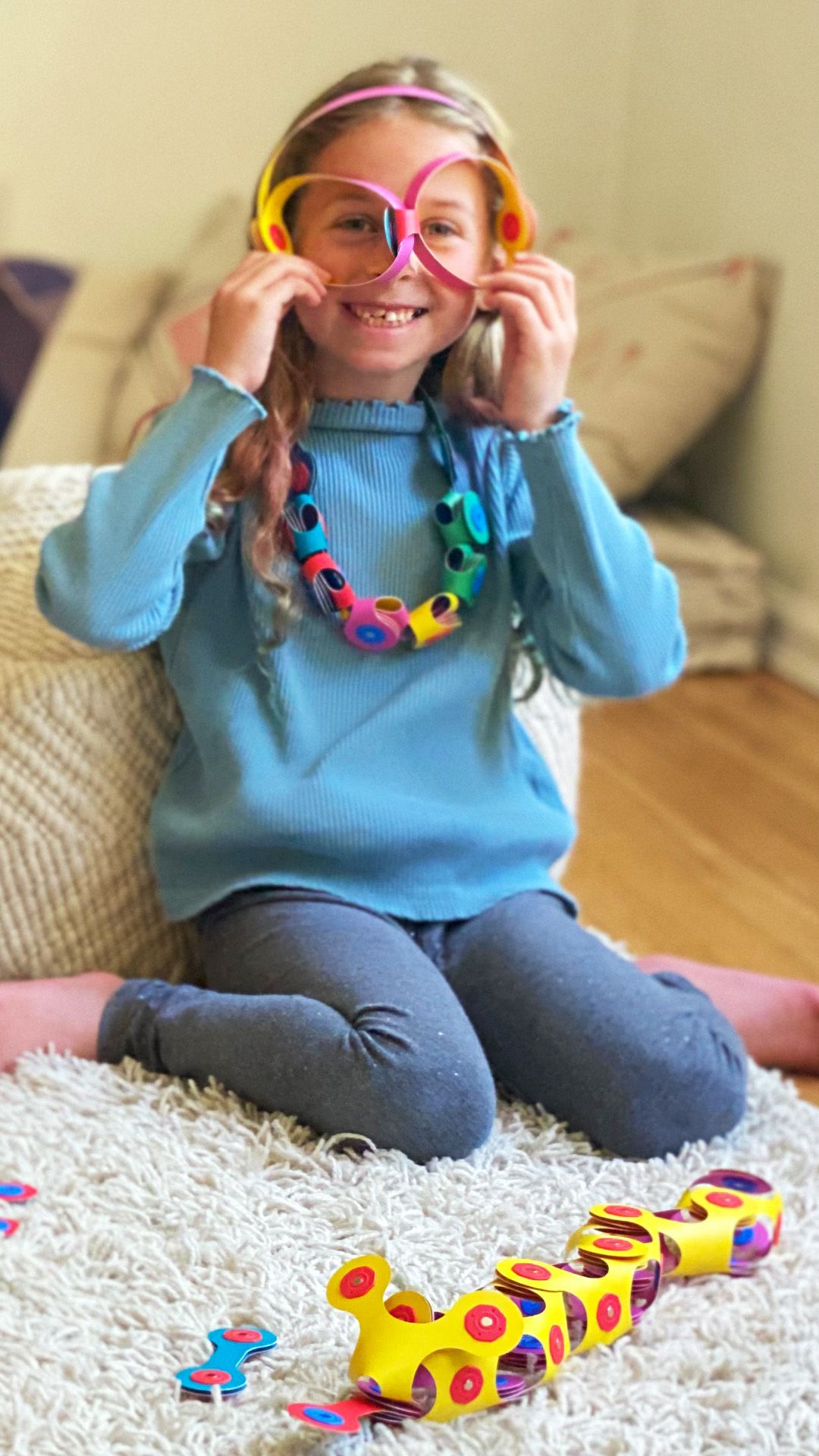
STEM toys like Clixo can help children build confidence and self-esteem as they successfully figure out how to use the toys, complete challenges, solve problems on their own and experience the satisfaction of accomplishment.
Clixo’s open-ended play encourages children to take risks, make mistakes, manipulate shapes, and ultimately learn from their experiences, boosting their confidence and self-esteem in the process.
Spatial Awareness
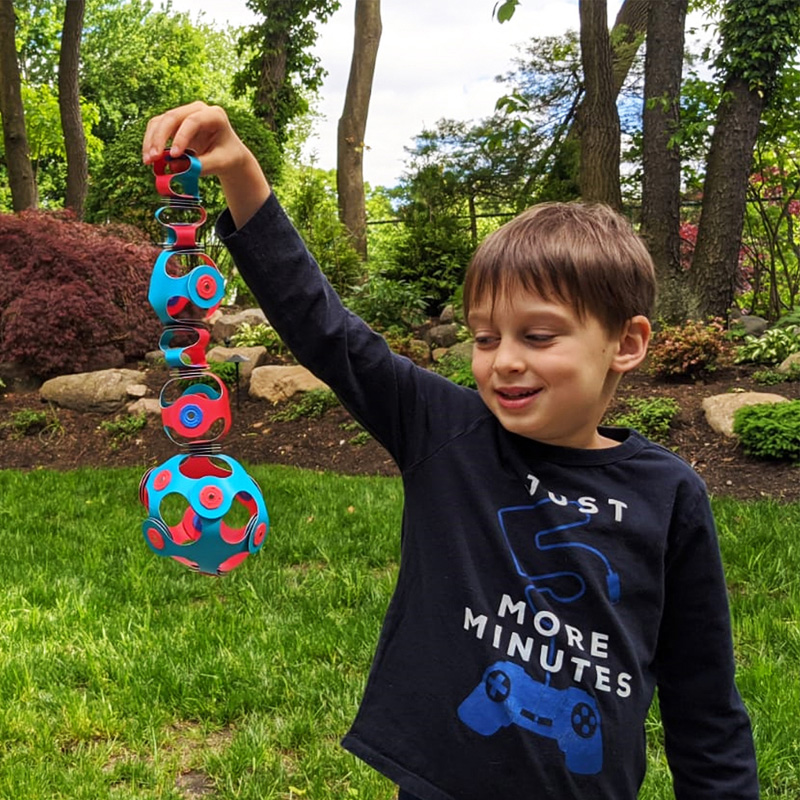
Building toys like Clixo help children develop spatial awareness by manipulating objects, building structures, and enhancing spatial visualization skills. By exploring and interacting with objects, structures, and virtual environments, children develop a deeper understanding of spatial relationships, encouraging them to think in three dimensions and understand how shapes fit together.
Clixo’s magnetic play system requires children to manipulate pieces in various orientations, promoting the development of spatial awareness and a deeper understanding of geometry. They experience firsthand the tight connection between a 2-dimensional design and a 3-dimensional shape. They understand the relationship between size and strength, height, width, and stability.
Language and Communication Skills
Playing with STEM toys can also help children develop language and communication skills as they describe their creations, expand their vocabulary, develop narratives, ask questions, and share their thoughts and ideas with others in various contexts
Clixo’s interactive play experience encourages children to talk about their creations and collaborate with others, supporting the development of essential language and communication skills. It creates opportunities for storytelling and presentation and prompts vocabulary expansion.
Screen Free Entertainment

Providing Screen-Free Entertainment
In an age of increasing screen time, STEM toys like Clixo offer a valuable opportunity for children to engage in screen-free, hands-on play.
Clixo’s magnetic play system provides a captivating and tactile experience that encourages children to take a break from screens and engage in imaginative, creative play.
According to our exquisite customer reviews, kids (and adults) of different ages love engaging with Clixo and enjoy the opportunities for creative screen-free play at home and on the go.
For example – a customer Deborah R. shared on 3/28/23 “I have 5 grandchildren ages 5-9. I gave them each a starter set for Christmas. Clixo was such a hit, I purchased the wheel creator pack. They all visited this weekend, and it was pretty much all they played with. The pack up and store easily and bring out the best in each child”
Another verified customer shared on 4/8/23 that “Clixo is the intelligent material that links creativity and imagination. I cannot think of another “toy” that could be more useful and FUN! These two assets are what children and adults need to navigate this complex and complicated world.”
Check out more reviews
here.
If you are an educator or a therapist looking to include Clixo in your educational space, please contact us at [email protected].
For more Clixo ideas, follow us on Instagram
“Introducing families to the topic of engineering and sparking young children’s interest in planning, building, testing, and problem solving helps prepare them for school and life.”
Connected Science Learning October-December 2017 (Volume 1, Issue 4). National Science Teaching Association (NSTA).
Why STEAM Toys
STEAM toys have become increasingly popular among parents and educators for their ability to combine education, fun, and creativity. “Introducing families to the topic of engineering and sparking young children’s interest in planning, building, testing, and problem solving helps prepare them for school and life.” Connected Science Learning October-December 2017 (Volume 1, Issue 4). National Science Teaching Association (NSTA). As a magnetic play system, Clixo is an excellent example of a STEAM toy that offers numerous benefits for children. In this blog post, we’ll explore 10 potential benefits of STEAM toys for kids, with a special focus on how Clixo magnetic toy system meet those benefits.
Introducing Basic STEM Concepts

STEM toys introduce children to essential concepts in science, technology, engineering, and mathematics, setting the foundation for future learning and success. Open-ended play and hands-on exploration and experimentation provide children with opportunities to build structures, conduct experiments, or design and test prototypes. These experiences allow them to learn through direct manipulation and observation.
Clixo’s magnetic play system exposes children to basic STEM concepts such as magnetism, construction, balance, and geometric shapes, paving the way for a deeper understanding of these subjects.
Problem-Solving Skills

One of the most significant benefits of STEAM toys like Clixo is their contribution to developing problem-solving skills in children. When playing with STEAM toys, children encounter challenges such as figuring out how to make their structure stable or finding ways to connect different pieces together effectively. In this process, they need to analyze the problem, think critically, and come up with solutions. They might try different configurations, test various arrangements, and observe the outcomes. Through trial and error, they learn to identify the issues, make adjustments, and iterate their designs. By challenging kids to build different structures and create unique designs, these toys encourage them to think critically and develop solutions to overcome obstacles.
Clixo’s flexible, magnetic pieces allow children to experiment with different designs and approaches. During a workshop we conducted in P.S. 29 in Brooklyn, NY, kids were asked to figure out how to make a ball from 2, then 6, and even 24 Clixo Quad pieces. Participants found different structures to make balls, what’s more sturdy, and what happens when trying to make a ball with an uneven number of pieces.
Encouraging Creativity

STEM toys like Clixo offer open-ended play opportunities, allowing children to explore and experiment freely. Rather than following a set of instructions, children can let their imaginations run wild and create unique designs and structures. This freedom of exploration encourages creative thinking and fosters a sense of ownership over their creations.
With its flexible and versatile magnetic pieces and various accessories play, Clixo encourages children to explore their creativity and invent new ways of playing and building. They can create imaginative creatures and explore attaching the lightweight pieces to different magnetic surfaces or attaching them with the suction cups to windows and tiles. The possibilities are endless! We love getting customers’ photos of wild Clixo creations in different settings and contexts.
Promoting Teamwork and Collaboration

Many STEAM toys, including Clixo, can be enjoyed with friends and family, promoting, working together towards a common goal. These toys require communication, coordination, and the sharing of ideas, fostering teamwork and collaboration skills.
Collaboration in STEAM activities allows children to learn from one another. They can share their knowledge, strategies, and insight. Collaboration often requires negotiation and compromise. Learning to navigate different ideas or approaches and reaching agreements is essential for successful teamwork.
Clixo’s magnetic play system is perfect for group play, allowing children to share ideas, cooperate, and learn from one another. In our workshops, we prompt groups of participants to build the tallest tower. When the tower starts leaning, and reinforcement is needed, participants try different approaches for reinforcement; creativity, collaboration, and negotiation are required to overcome the challenge and achieve the mutual goal.
Fine Motor Skills

Building toys like Clixo help children develop fine motor skills and hand-eye coordination, as they involve assembling, connecting, or manipulating small pieces to create structures.
STEM toys like Clixo involve manipulating objects in three-dimensional space, such as rotating, stacking, or connecting pieces. These actions require control of fingers and hands, contributing to developing fine motor skills.
Clixo’s flexible and magnetic pieces involve manipulating objects in three-dimensional space, such as rotating, stacking, or connecting pieces. These actions require control of fingers and hands and hand-eye coordination, contributing to the development of fine motor skills.
Confidence and Self-Esteem

STEM toys like Clixo can help children build confidence and self-esteem as they successfully figure out how to use the toys, complete challenges, solve problems on their own and experience the satisfaction of accomplishment.
Clixo’s open-ended play encourages children to take risks, make mistakes, manipulate shapes, and ultimately learn from their experiences, boosting their confidence and self-esteem in the process.
Persistence and Resilience
STEAM toys teach children the value of persistence and resilience as they work through challenges and learn to overcome obstacles. Through trial and error, children learn that failure is an opportunity for growth and improvement. They learn how to make adjustments and through this iterative process, they foster a mindset that setbacks are not permanent obstacles but stepping stones to success.
Clixo’s open-ended play encourages children to take risks, make mistakes, manipulate shapes, and ultimately learn from their experiences, boosting their confidence and self-esteem in the process.
Spatial Awareness

Building toys like Clixo help children develop spatial awareness by manipulating objects, building structures, and enhancing spatial visualization skills. By exploring and interacting with objects, structures, and virtual environments, children develop a deeper understanding of spatial relationships, encouraging them to think in three dimensions and understand how shapes fit together.
Clixo’s magnetic play system requires children to manipulate pieces in various orientations, promoting the development of spatial awareness and a deeper understanding of geometry. They experience firsthand the tight connection between a 2-dimensional design and a 3-dimensional shape. They understand the relationship between size and strength, height, width, and stability.
Language and Communication Skills
Playing with STEM toys can also help children develop language and communication skills as they describe their creations, expand their vocabulary, develop narratives, ask questions, and share their thoughts and ideas with others in various contexts
Clixo’s interactive play experience encourages children to talk about their creations and collaborate with others, supporting the development of essential language and communication skills. It creates opportunities for storytelling and presentation and prompts vocabulary expansion.
Screen-Free Entertainment
Providing Screen-Free Entertainment
In an age of increasing screen time, STEM toys like Clixo offer a valuable opportunity for children to engage in screen-free, hands-on play.
Clixo’s magnetic play system provides a captivating and tactile experience that encourages children to take a break from screens and engage in imaginative, creative play.

According to our exquisite customer reviews, kids (and adults) of different ages love engaging with Clixo and enjoy the opportunities for creative screen-free play at home and on the go.
For example – a customer Deborah R. shared on 3/28/23 “I have 5 grandchildren ages 5-9. I gave them each a starter set for Christmas. Clixo was such a hit, I purchased the wheel creator pack. They all visited this weekend, and it was pretty much all they played with. The pack up and store easily and bring out the best in each child”
Another verified customer shared on 4/8/23 that “Clixo is the intelligent material that links creativity and imagination. I cannot think of another “toy” that could be more useful and FUN! These two assets are what children and adults need to navigate this complex and complicated world.”
Check out more reviews
here.
If you are an educator or a therapist looking to include Clixo in your educational space, please contact us at [email protected]
For more Clixo ideas, follow us on Instagram
